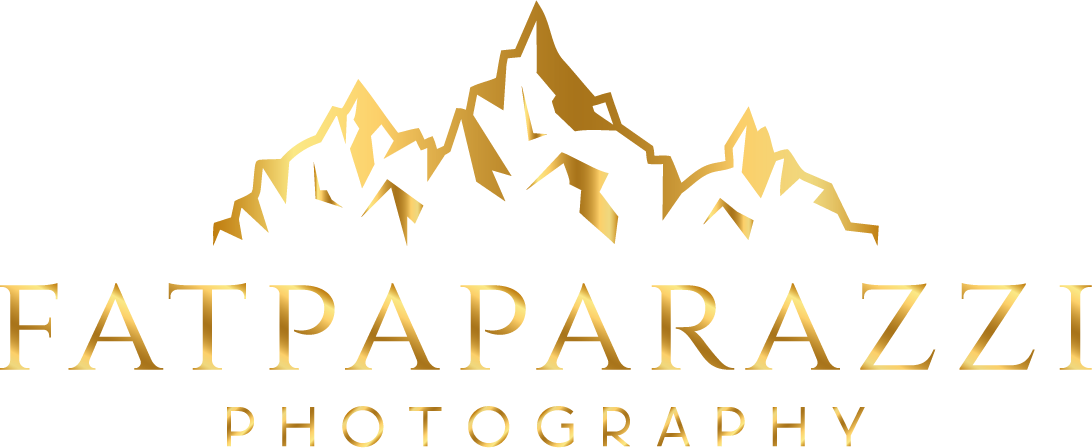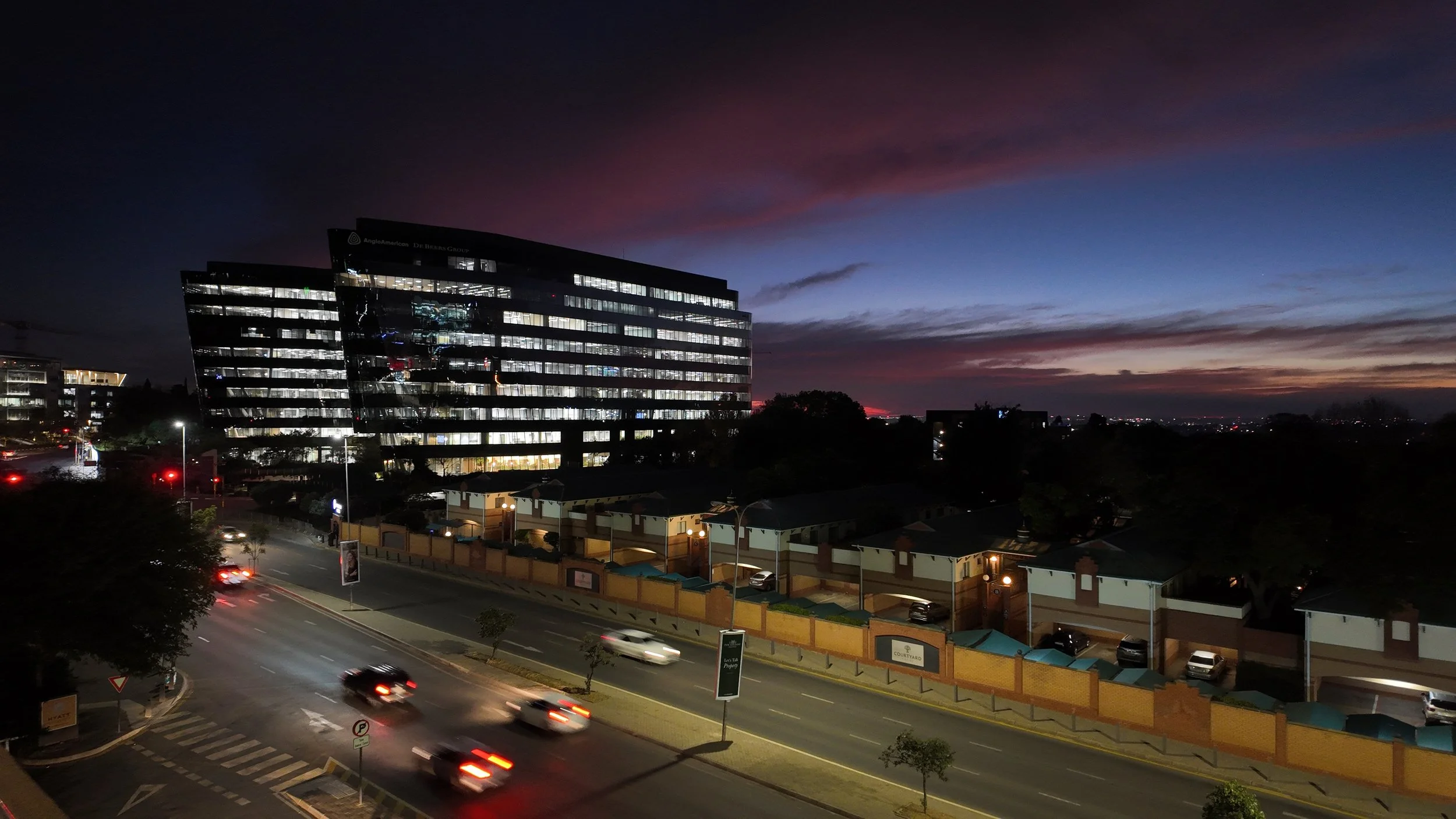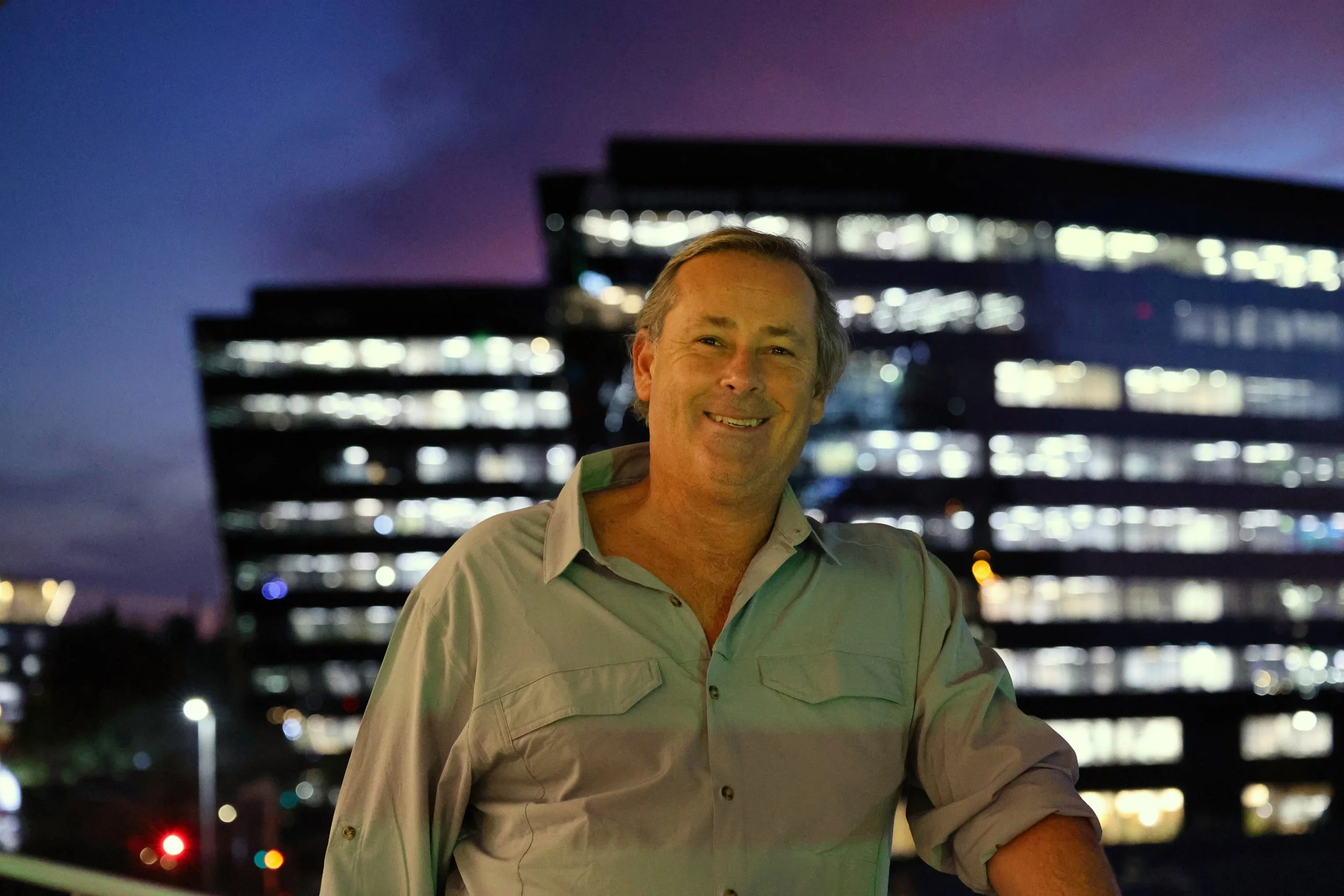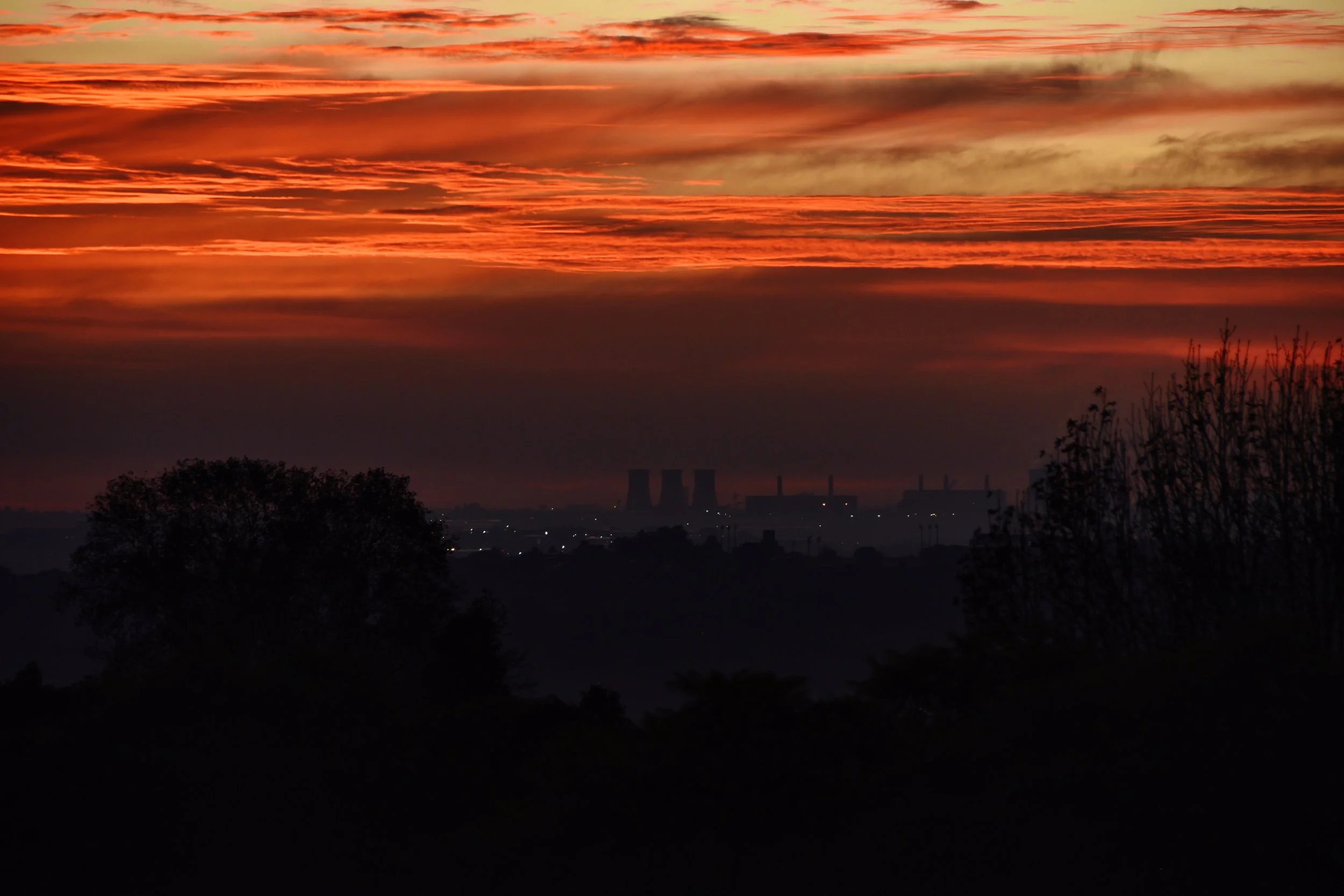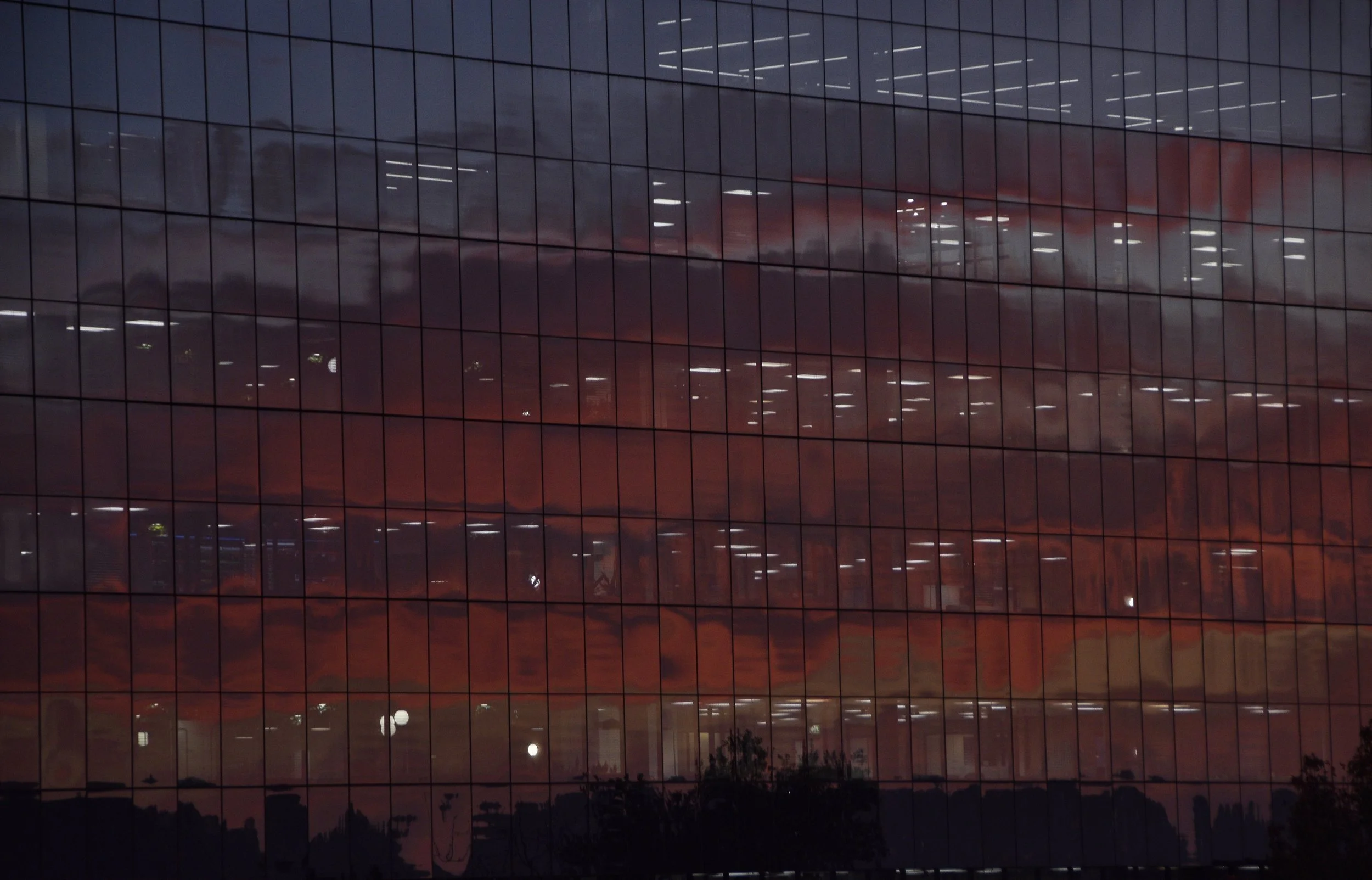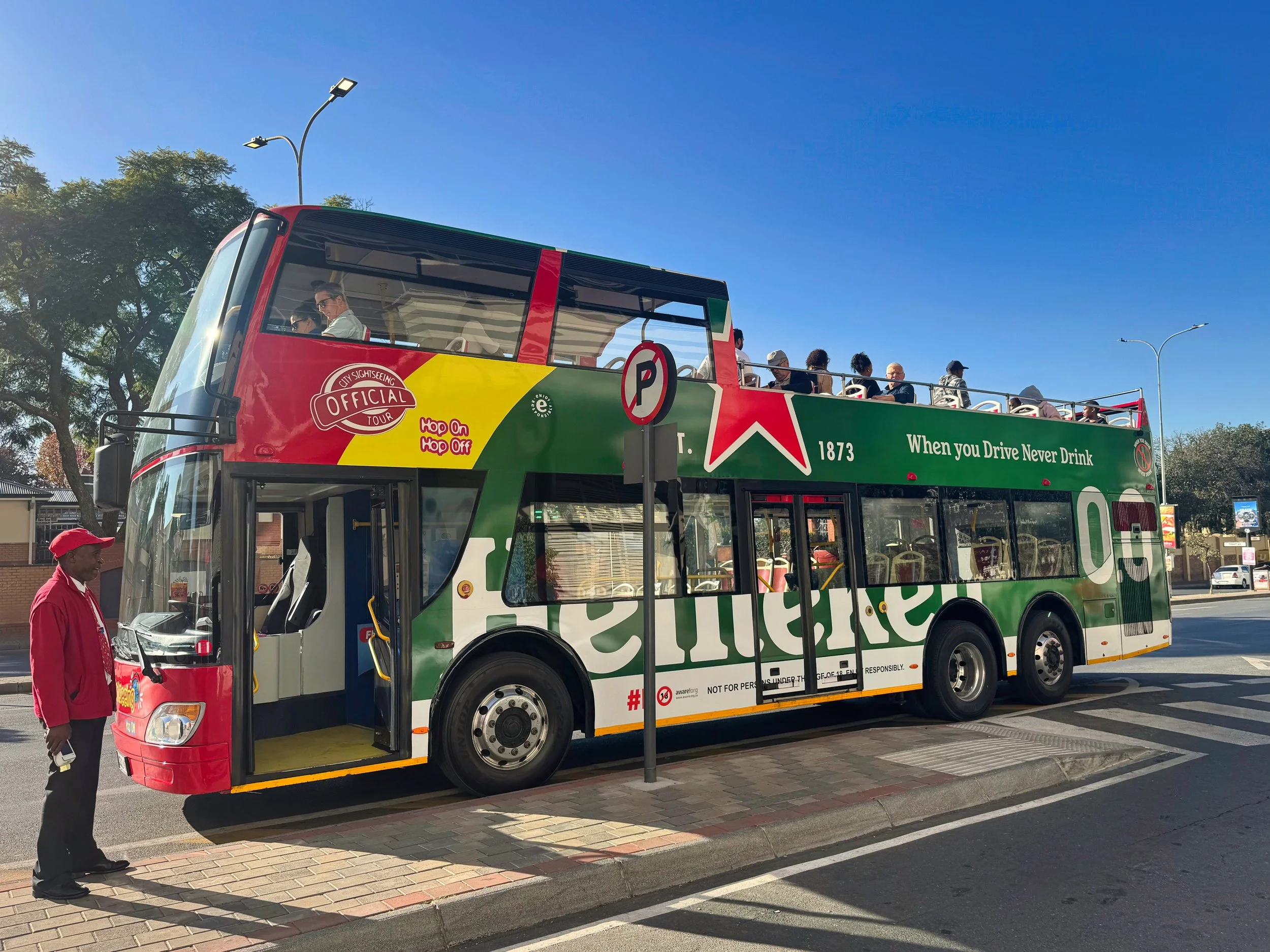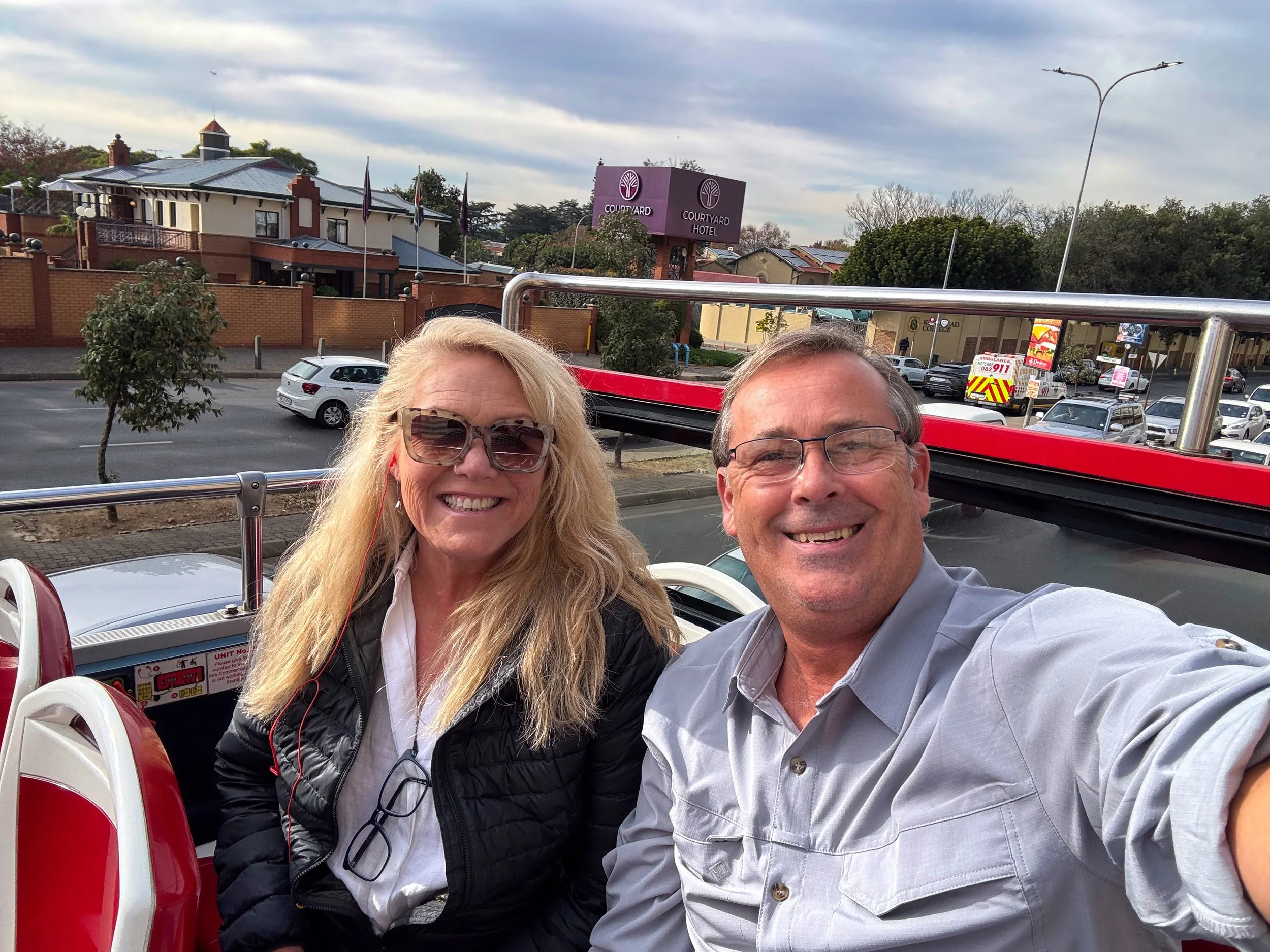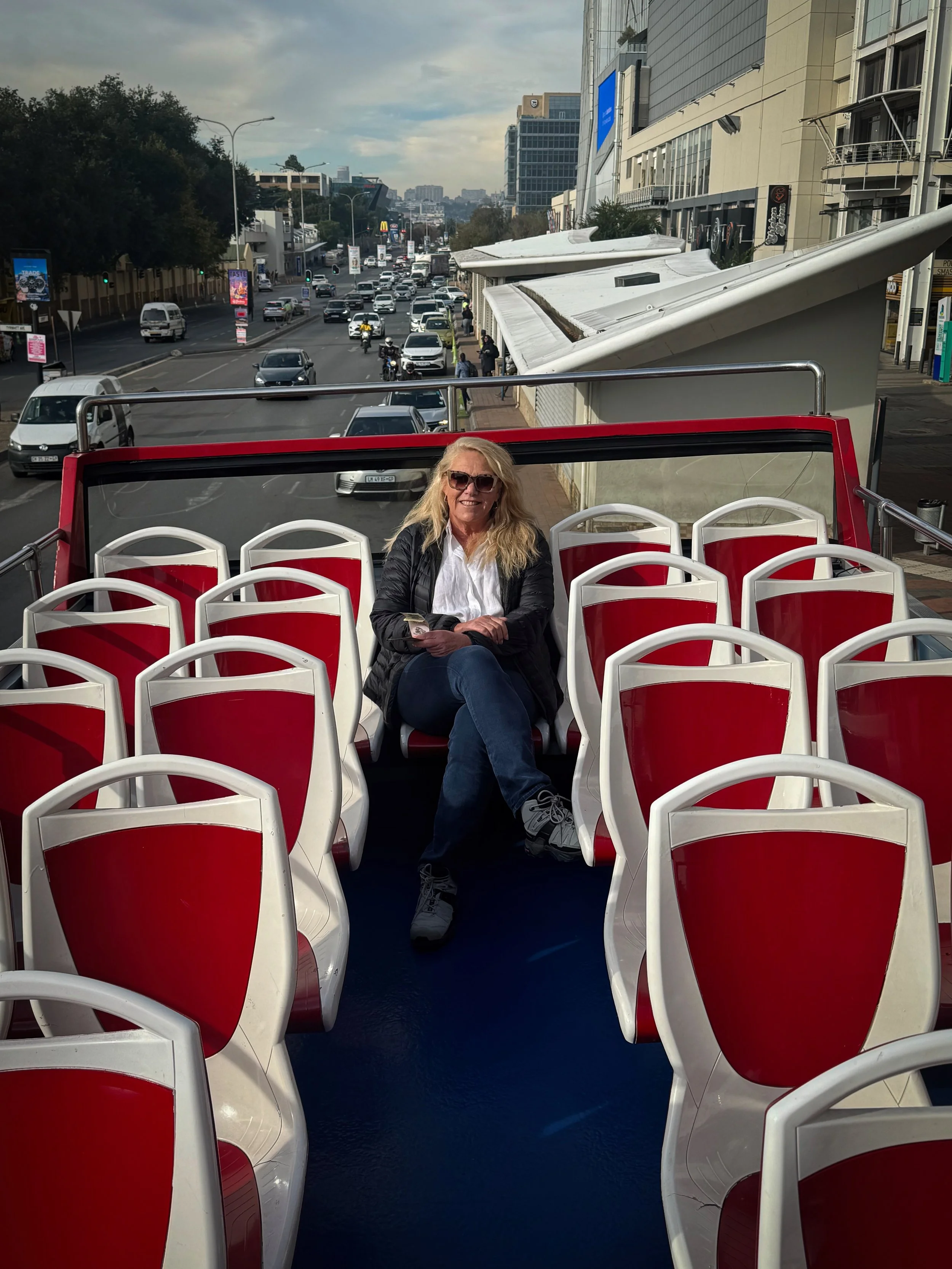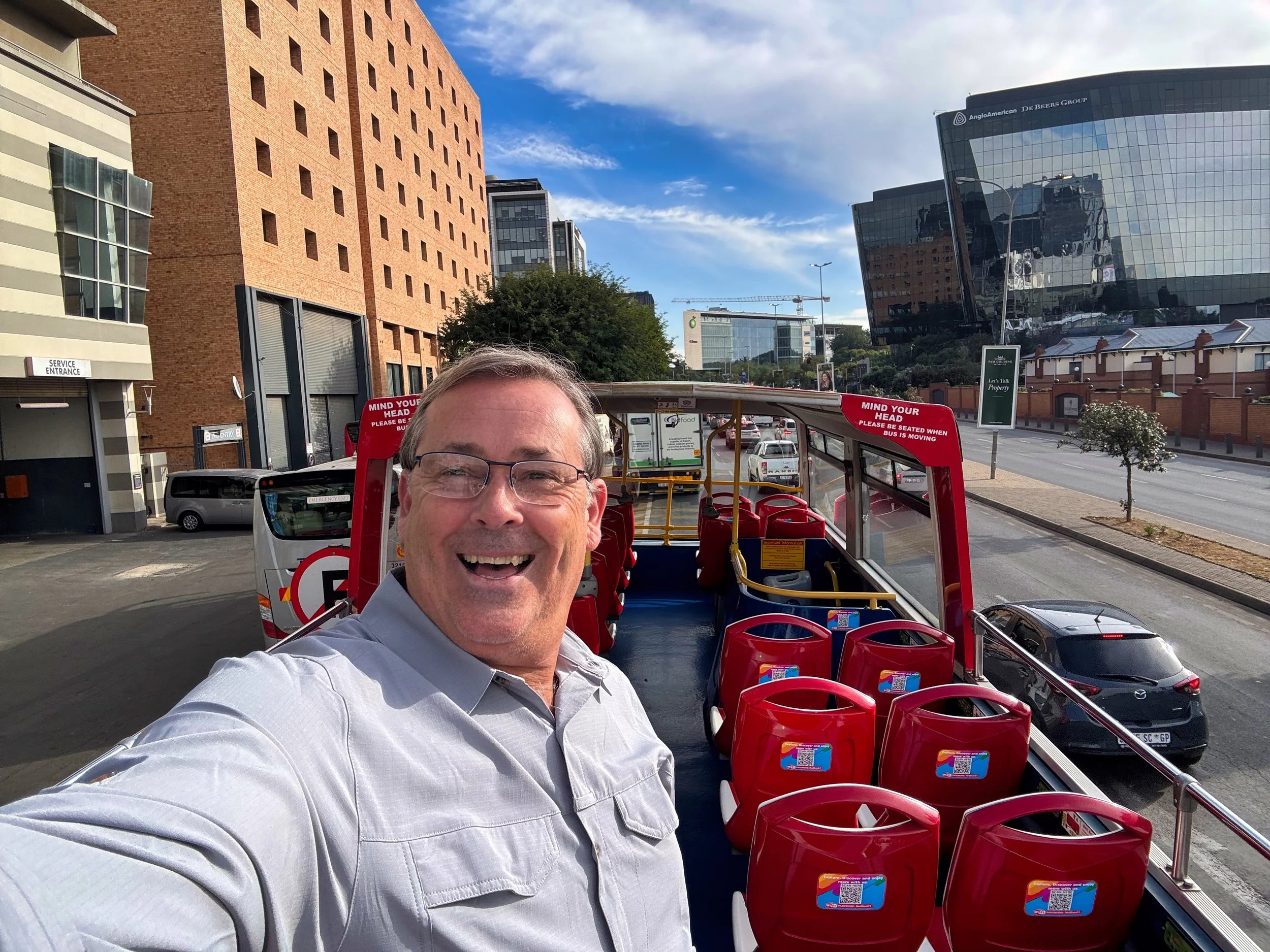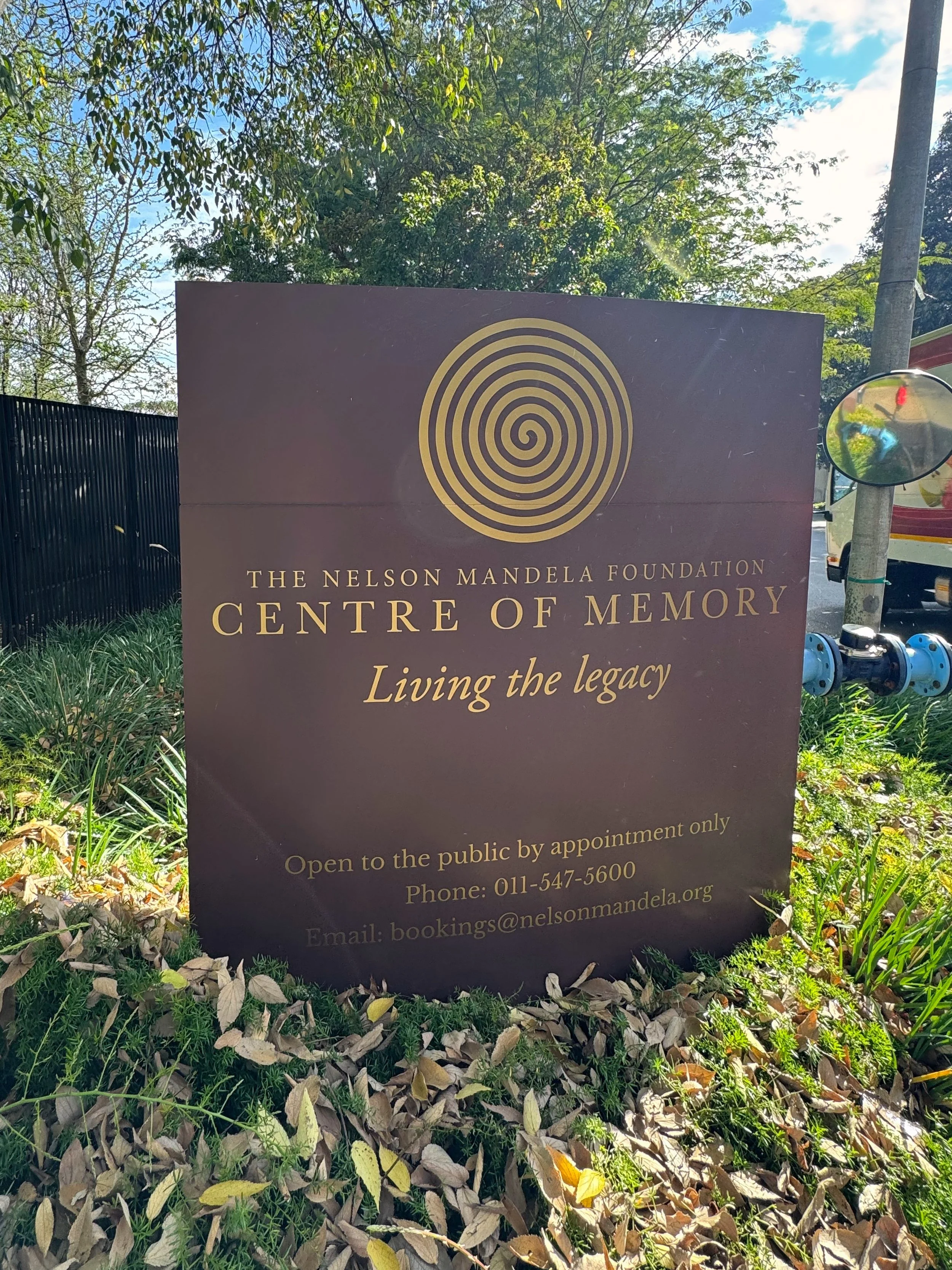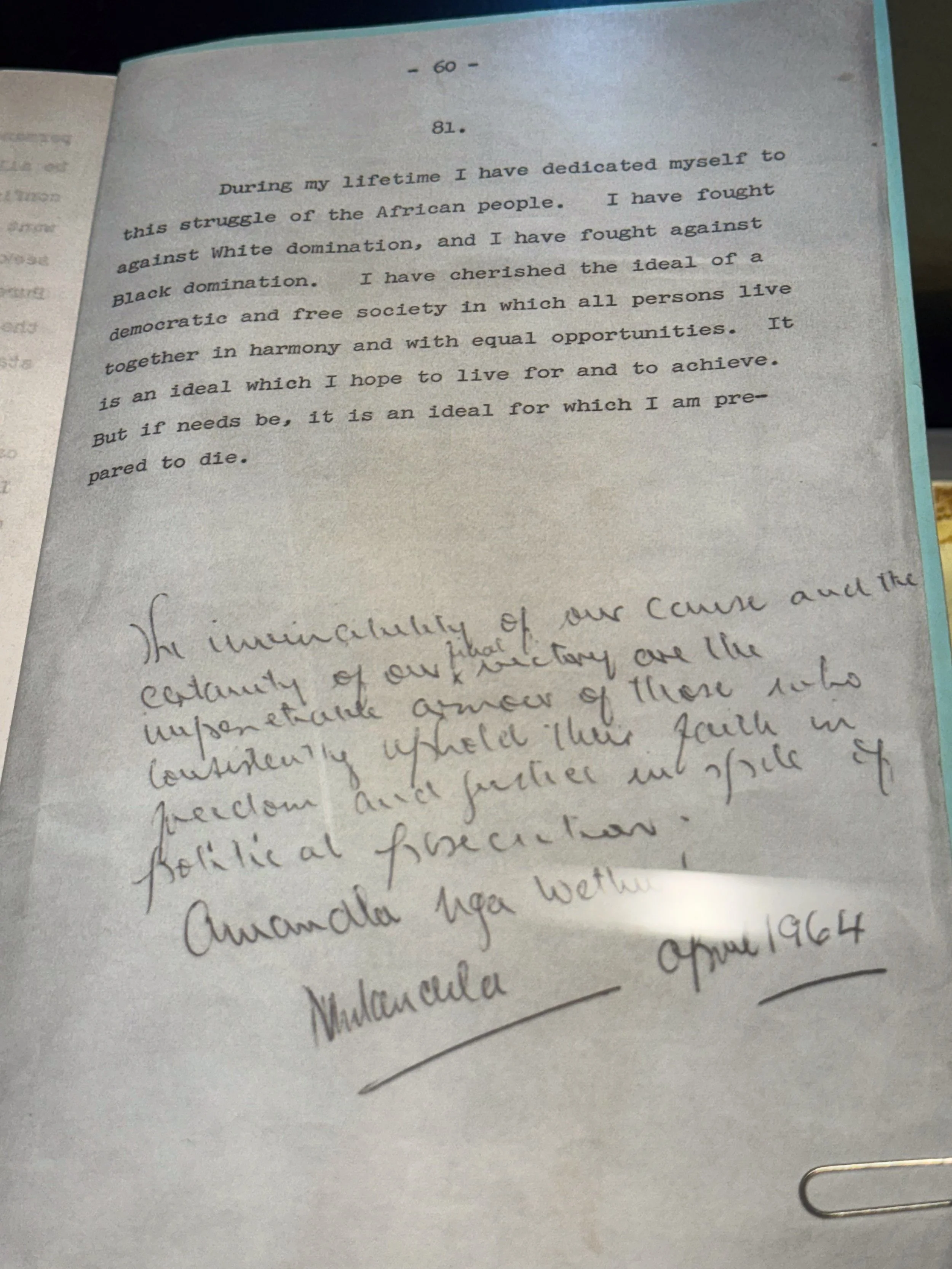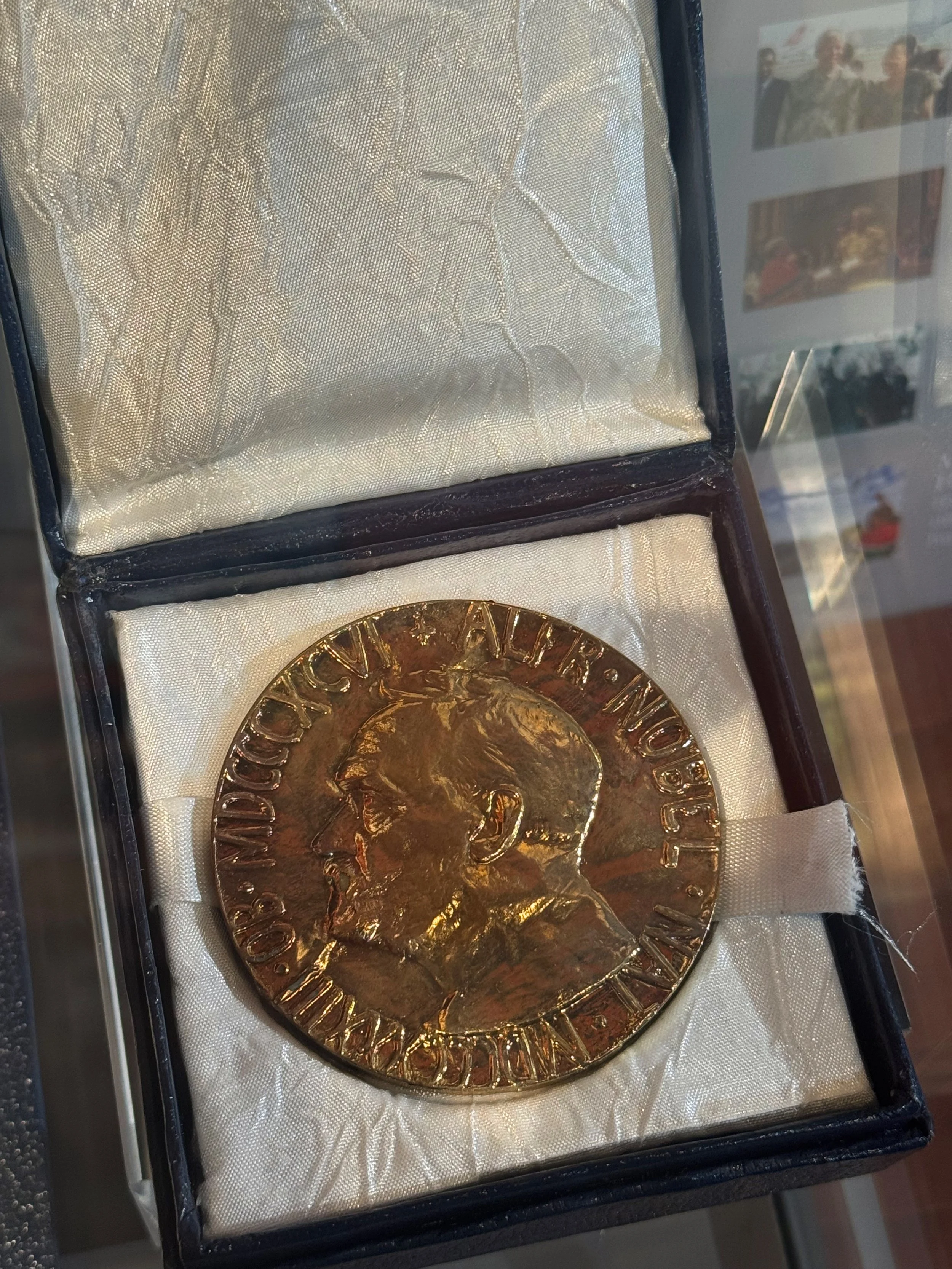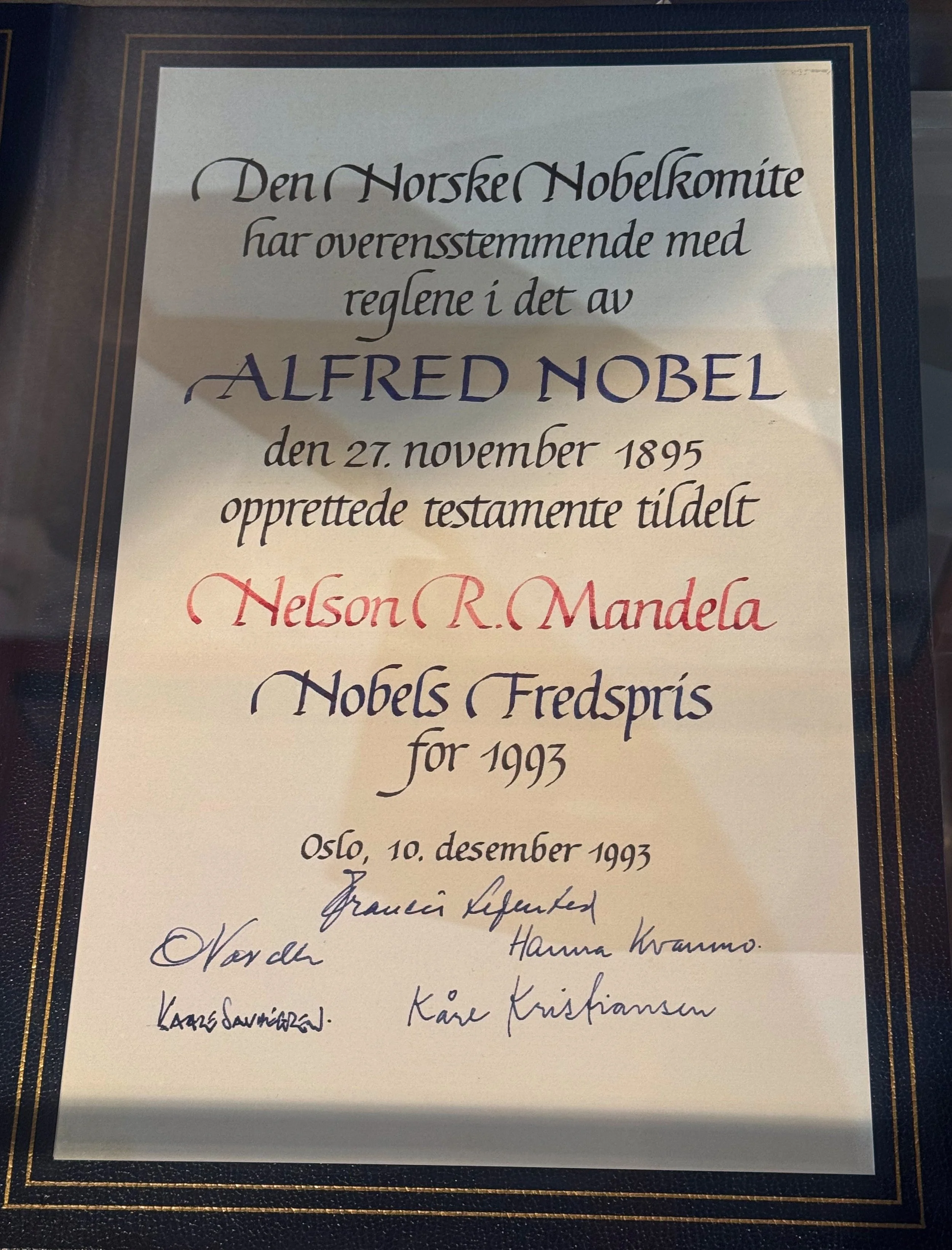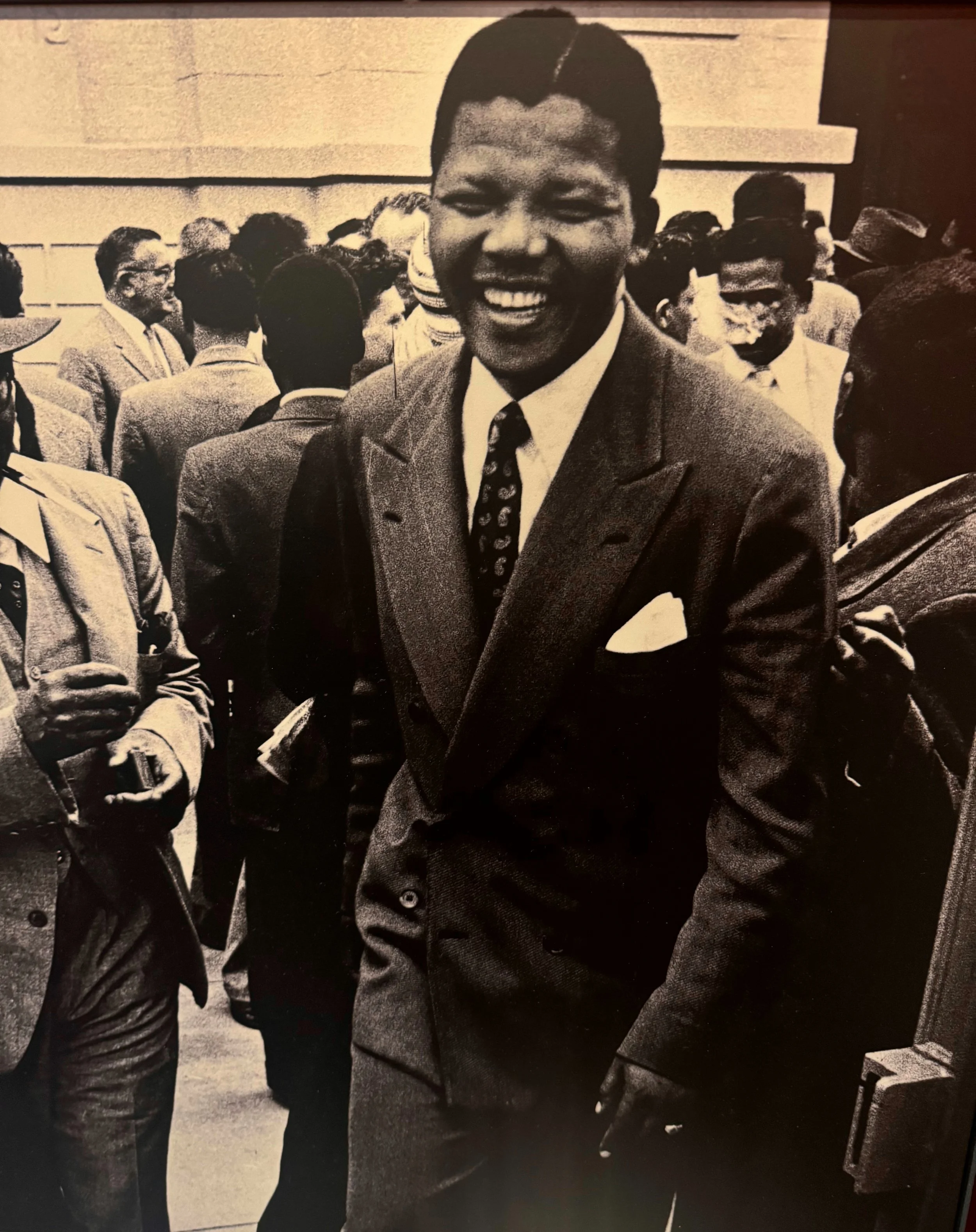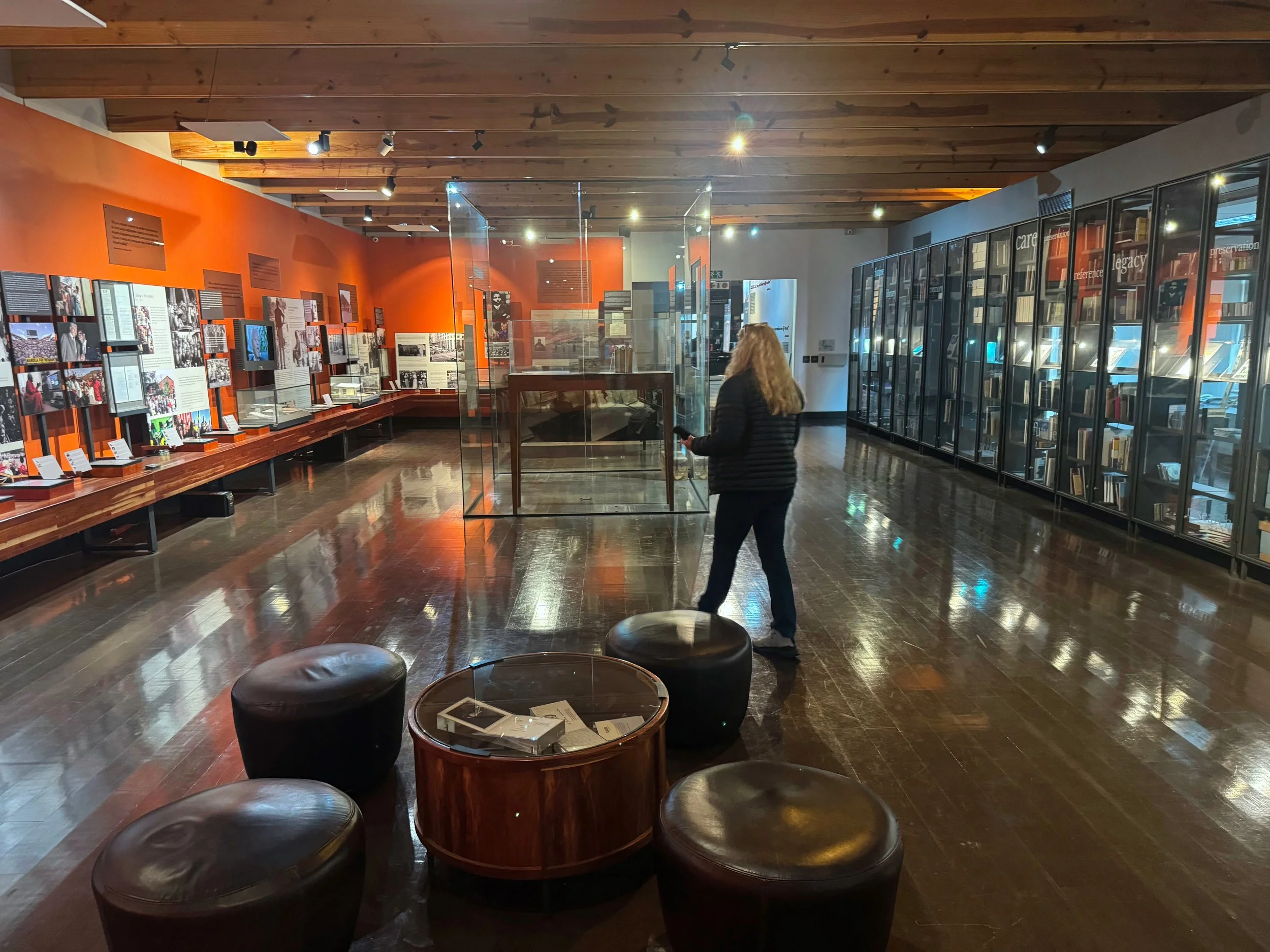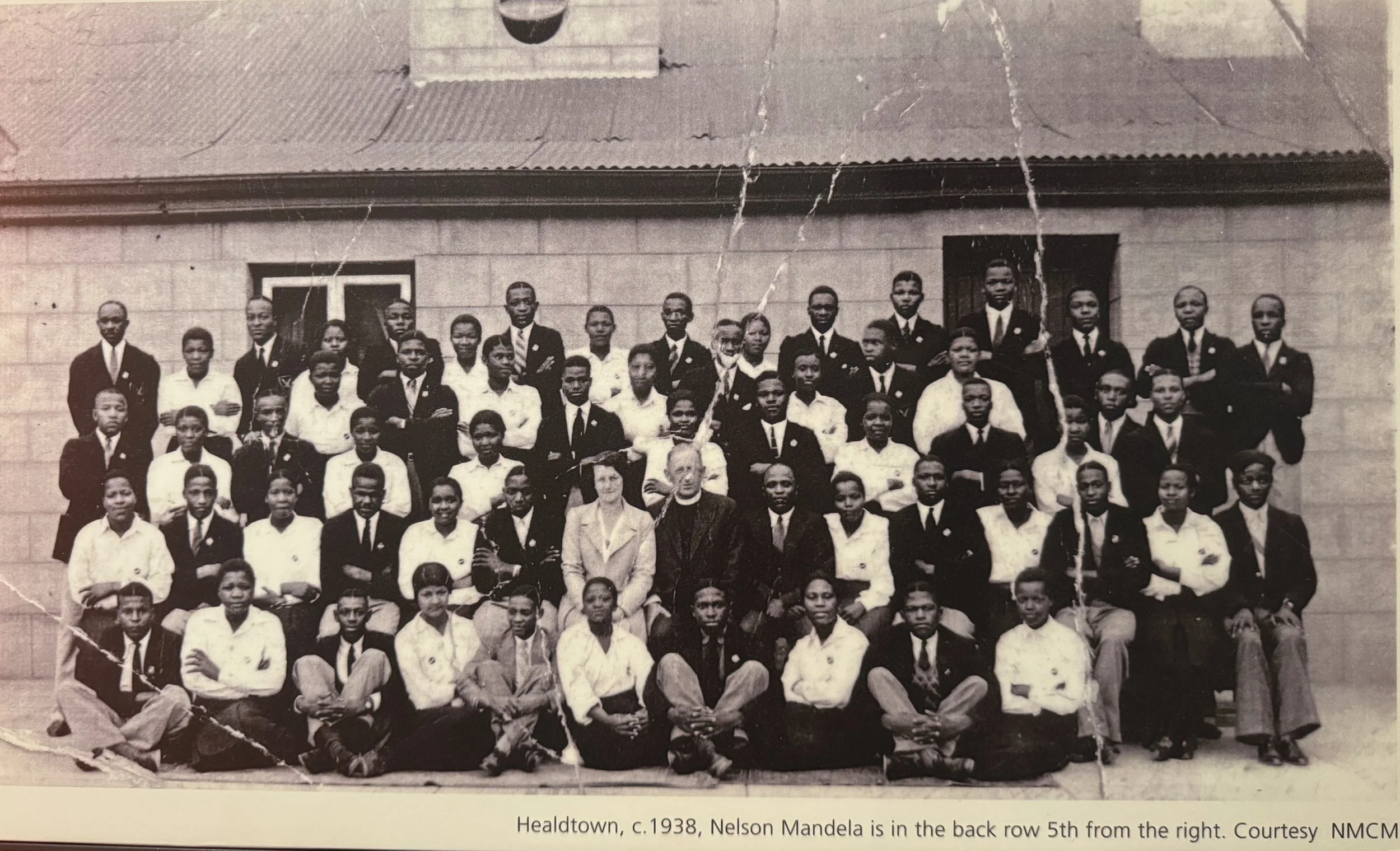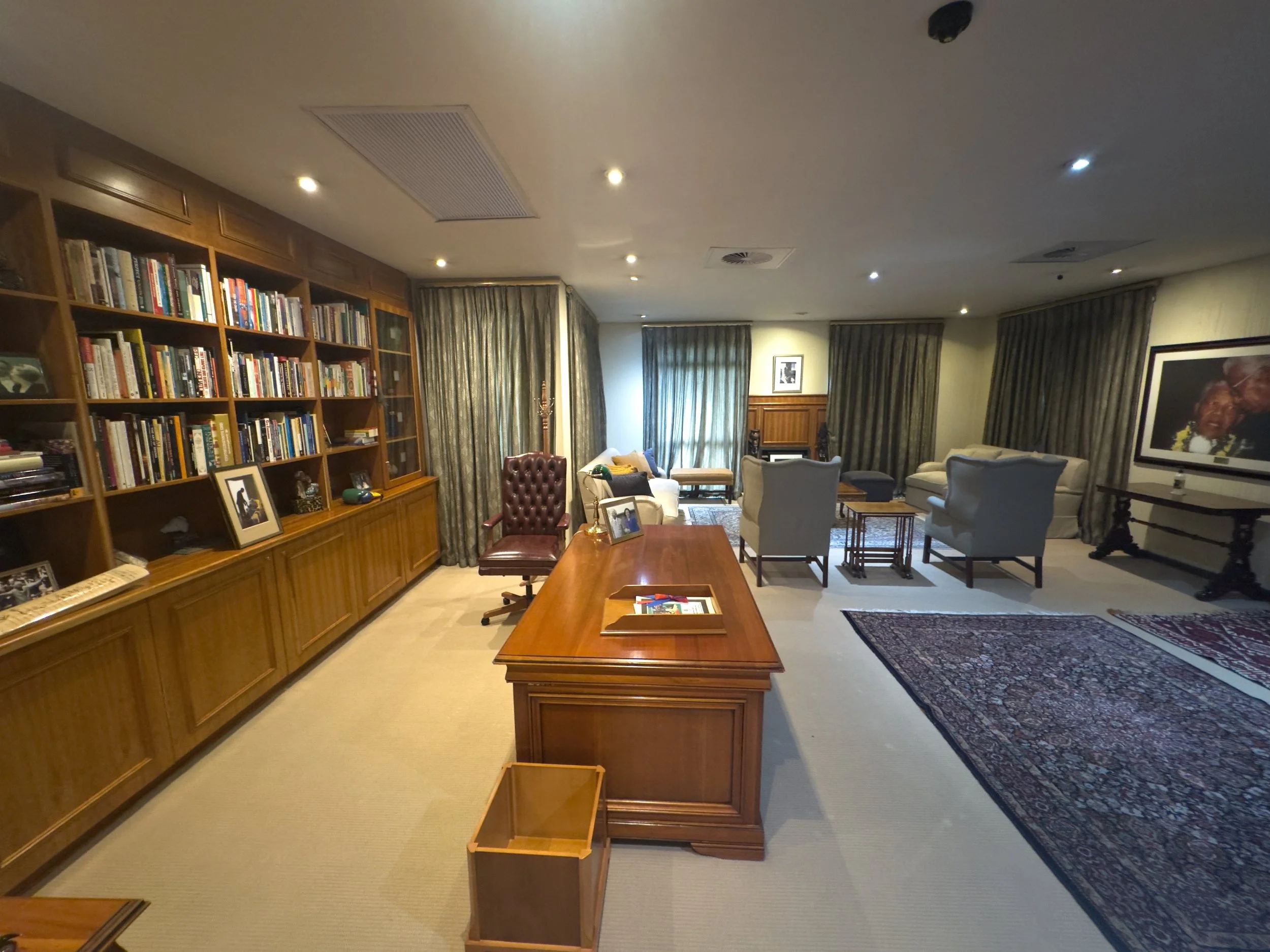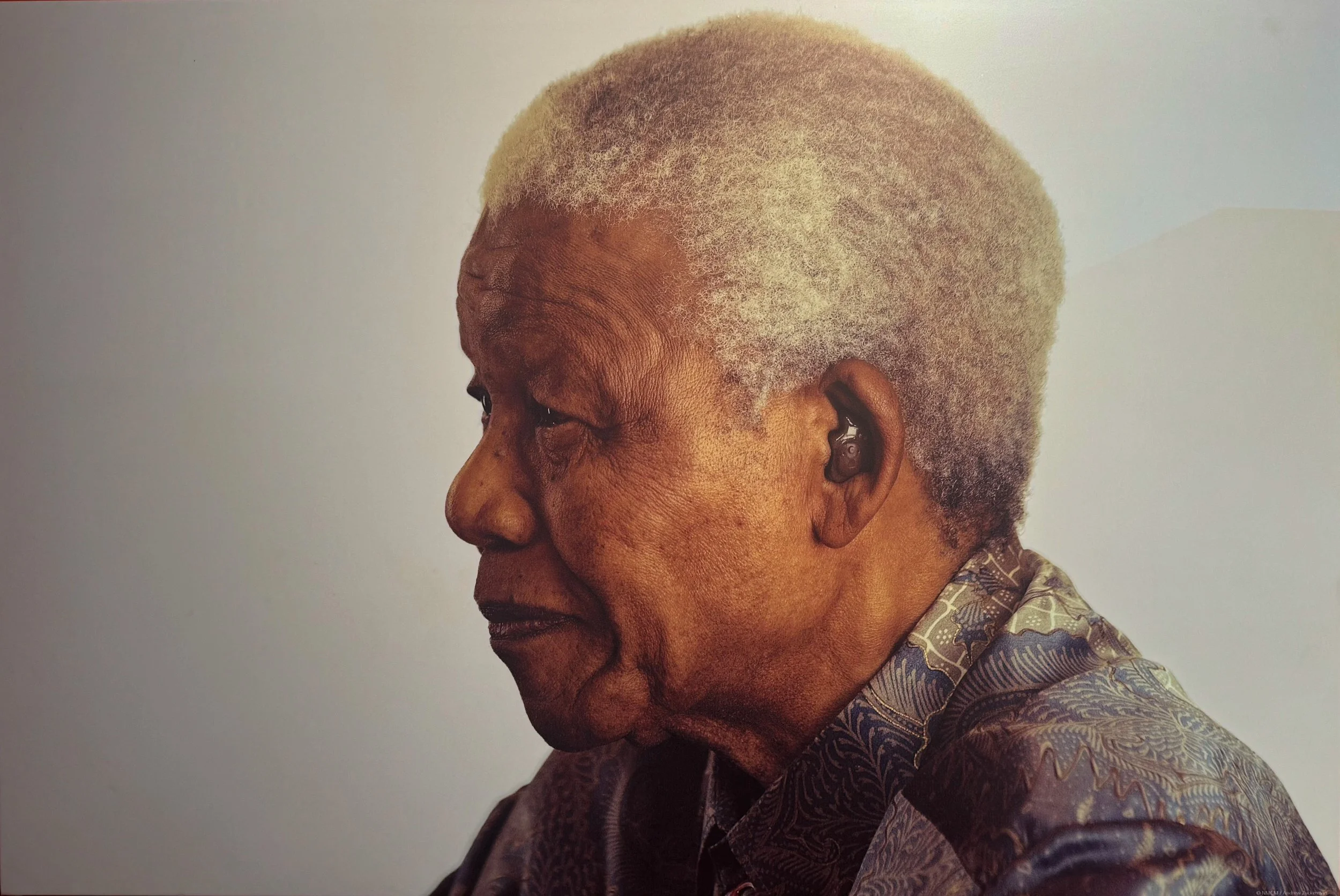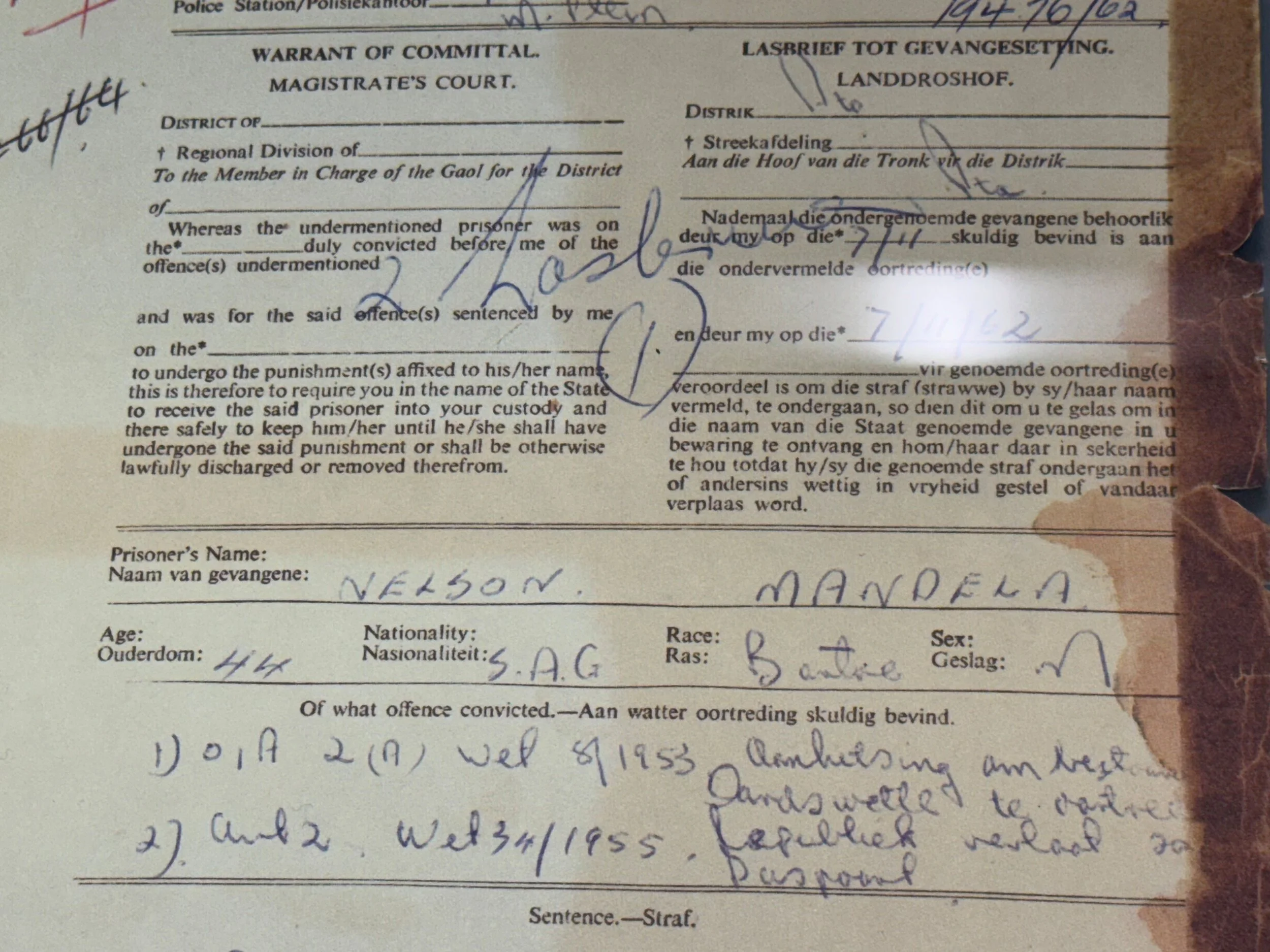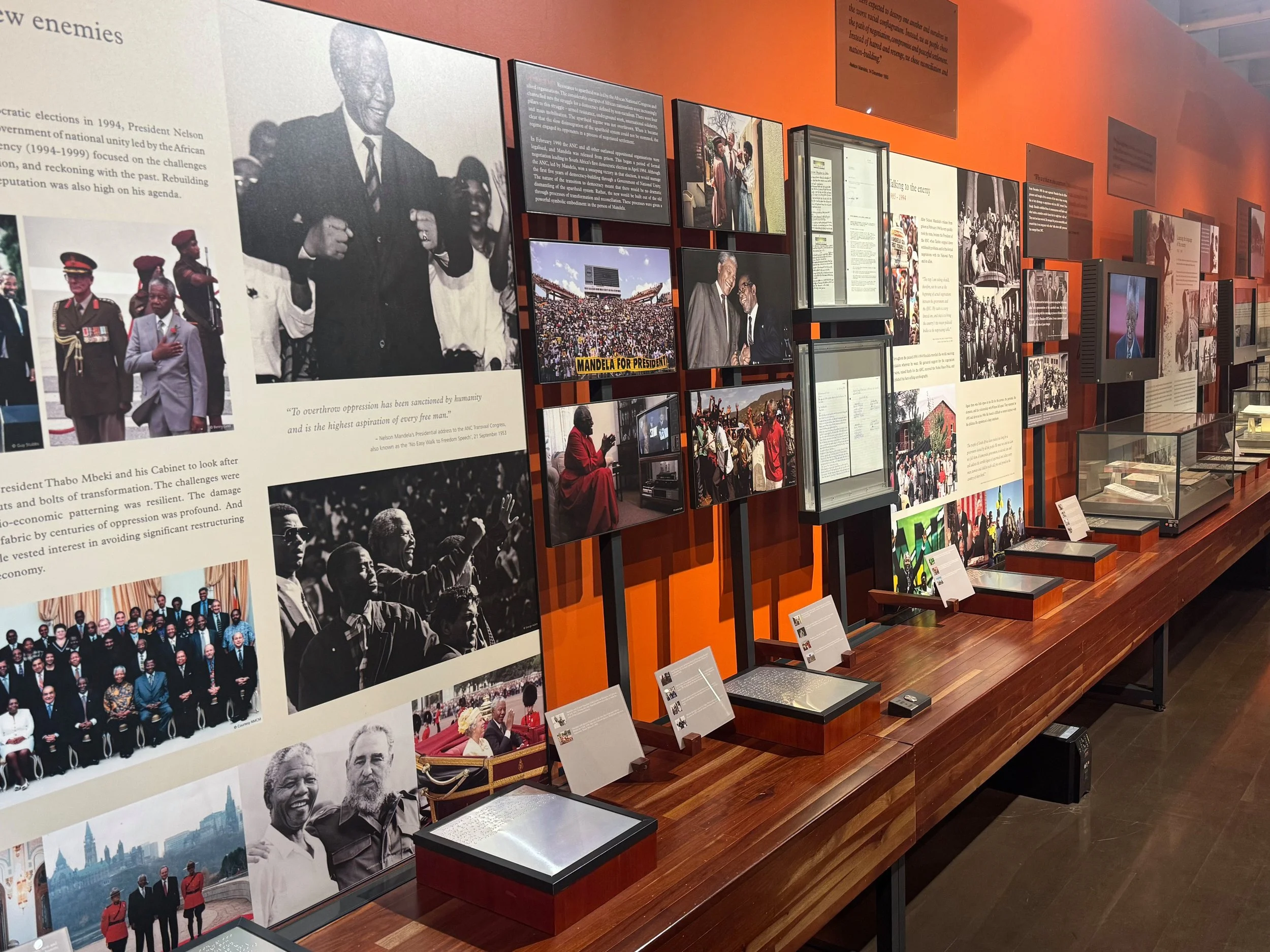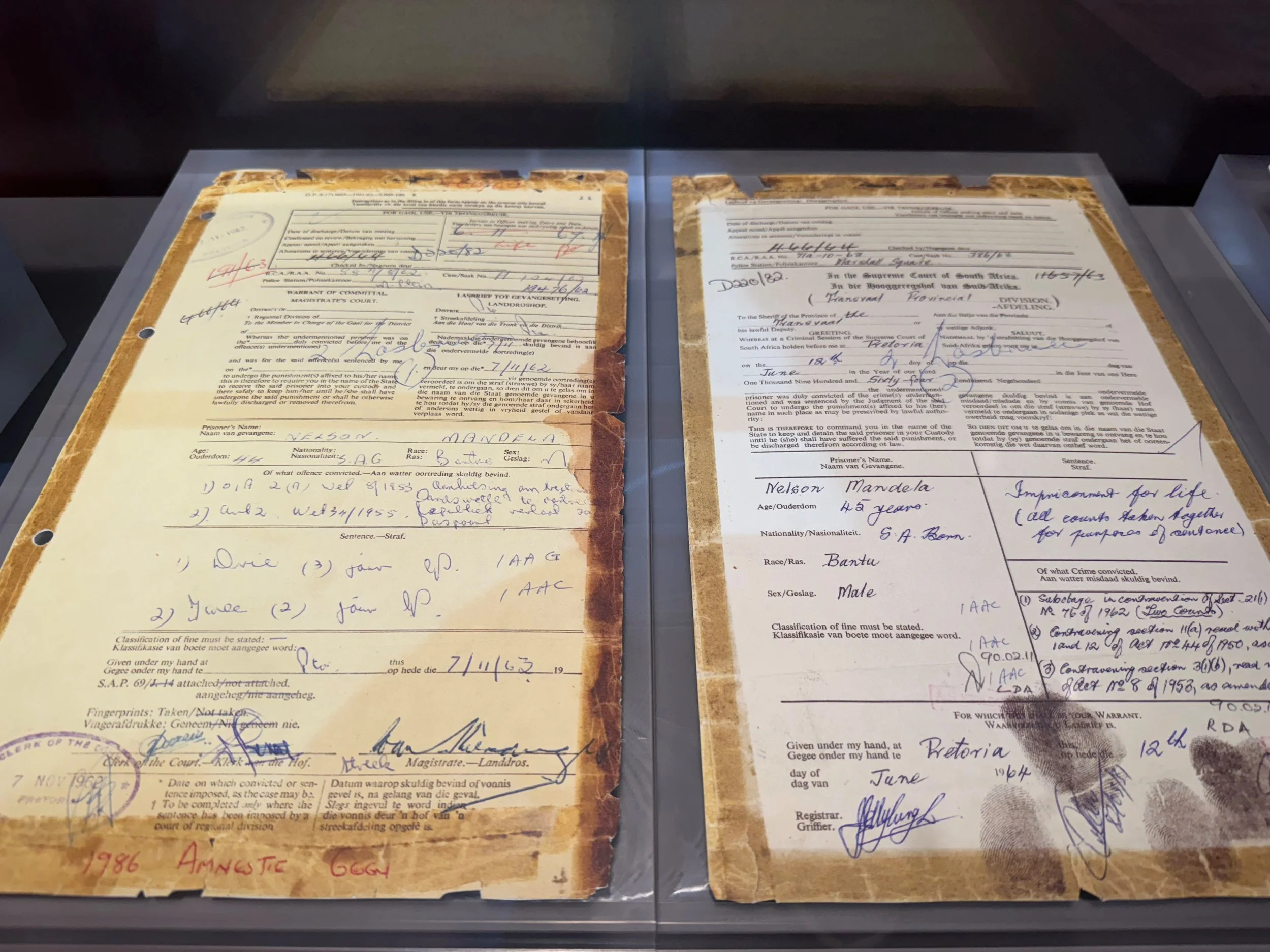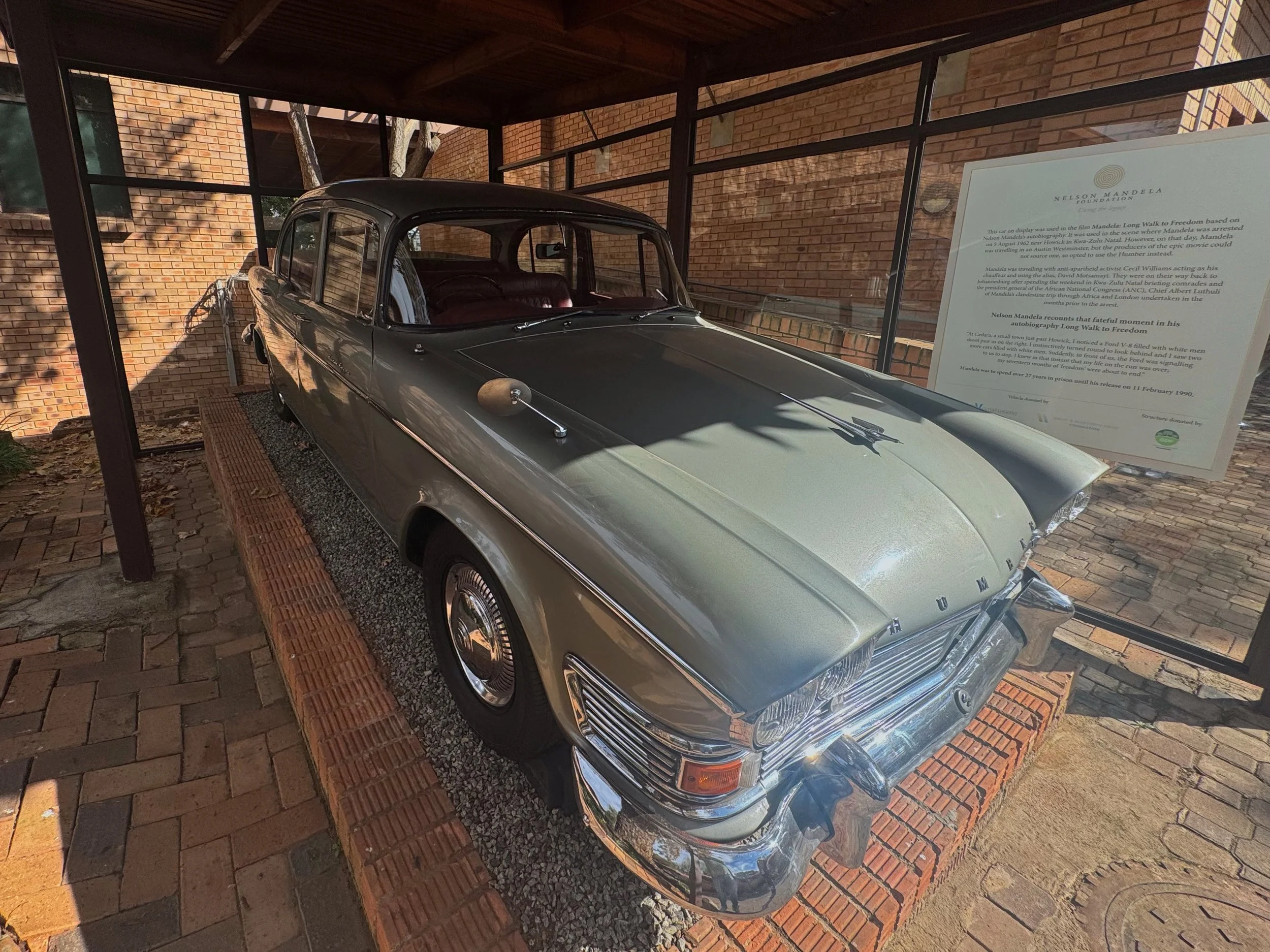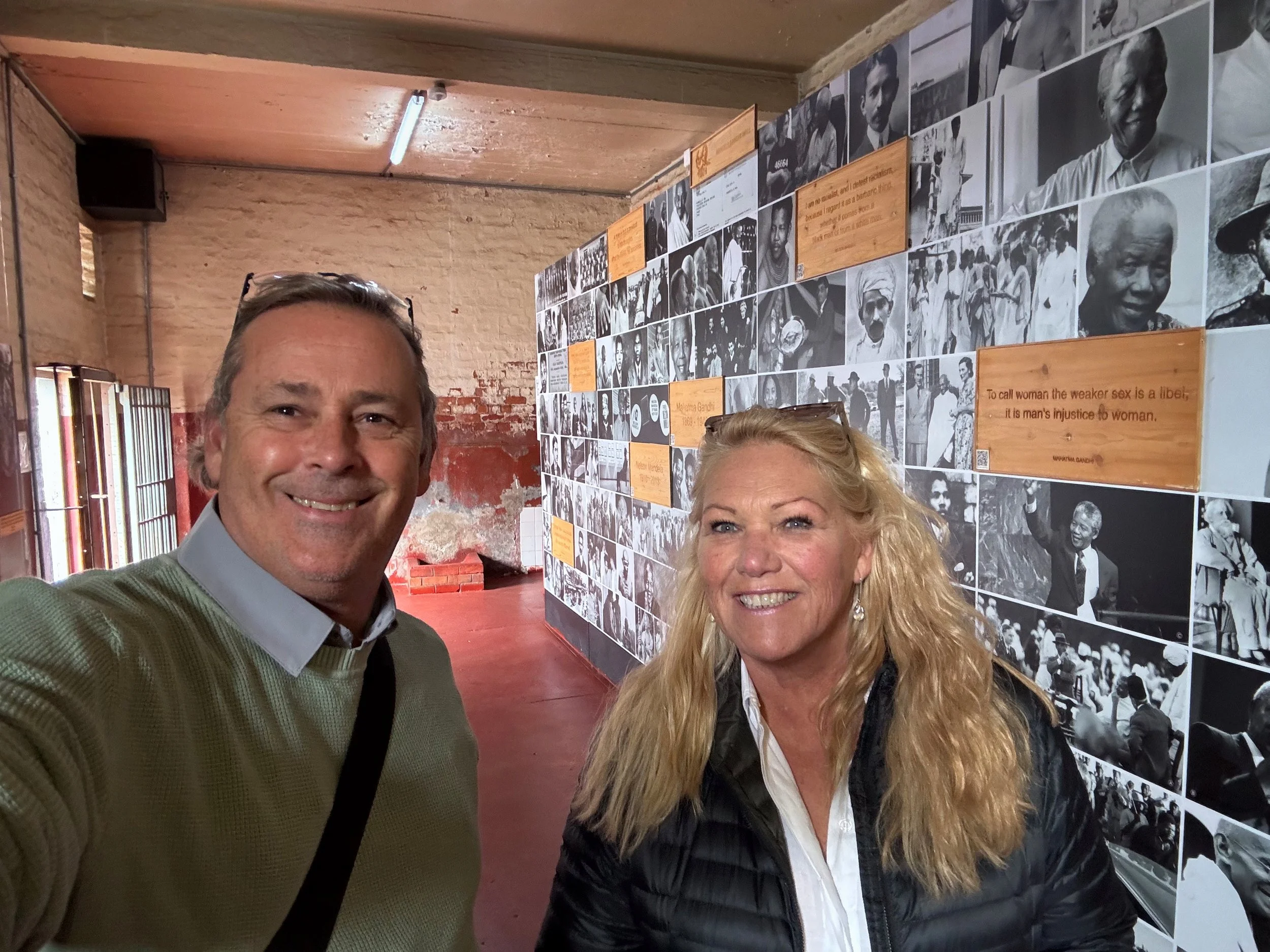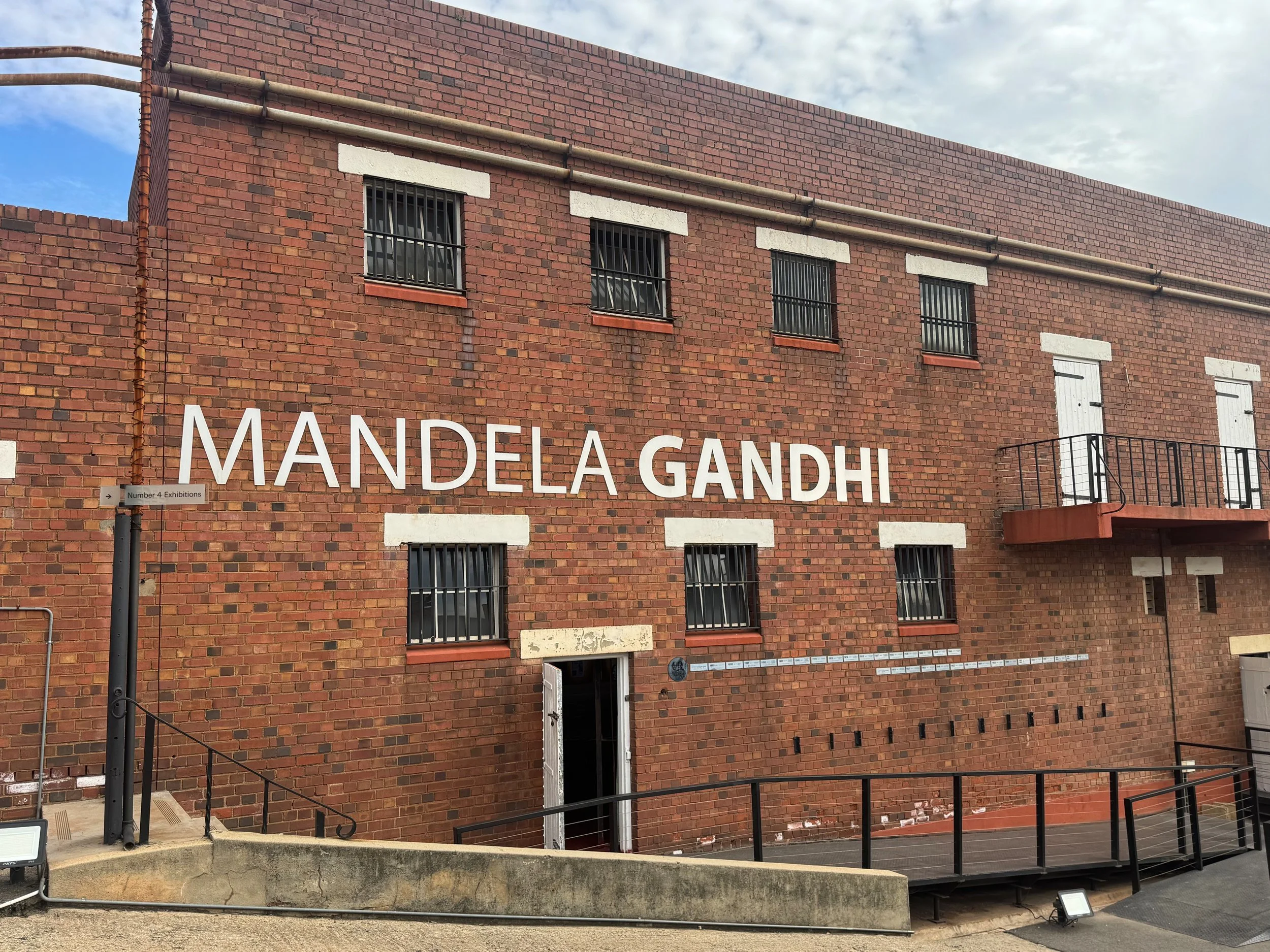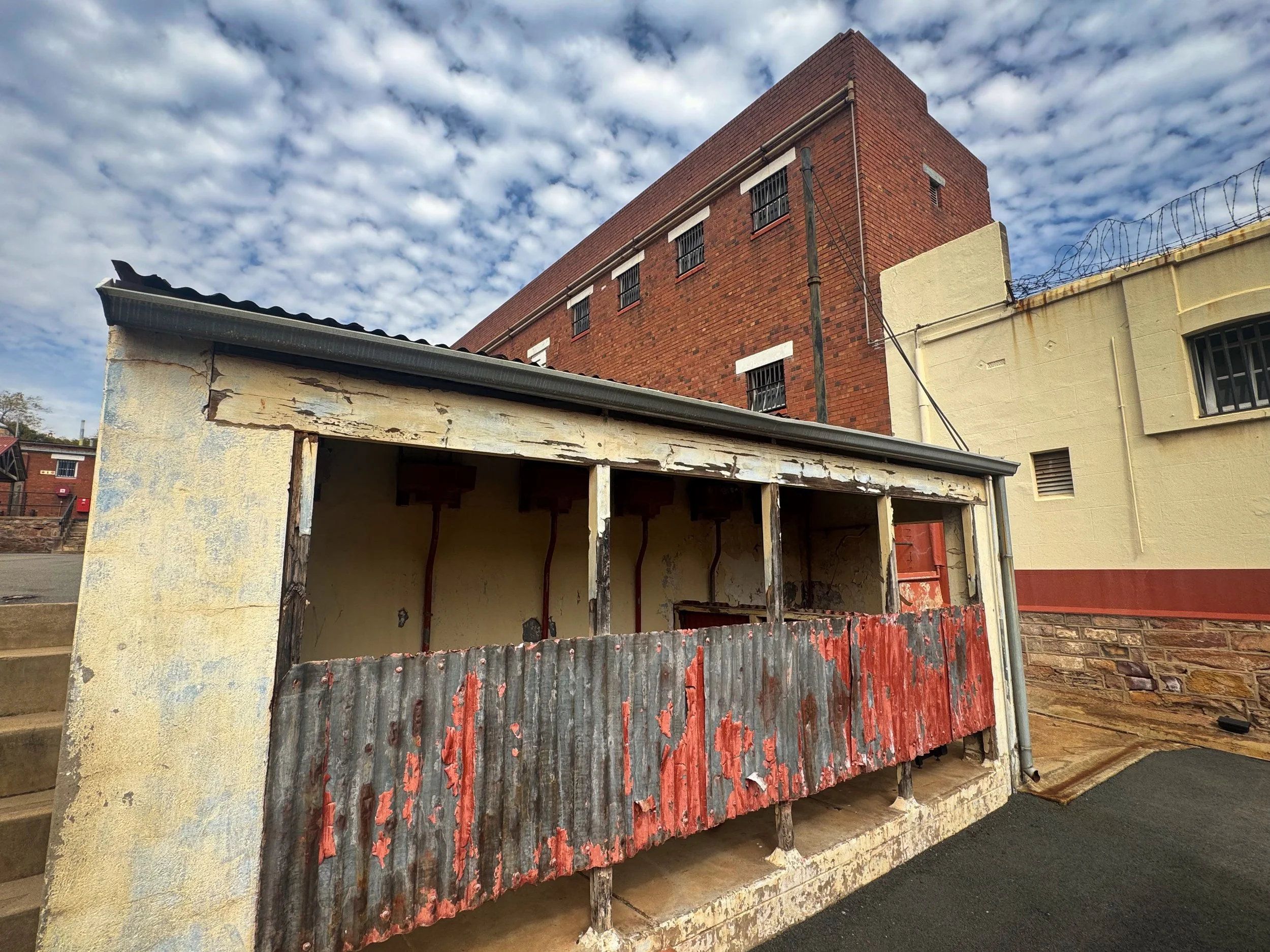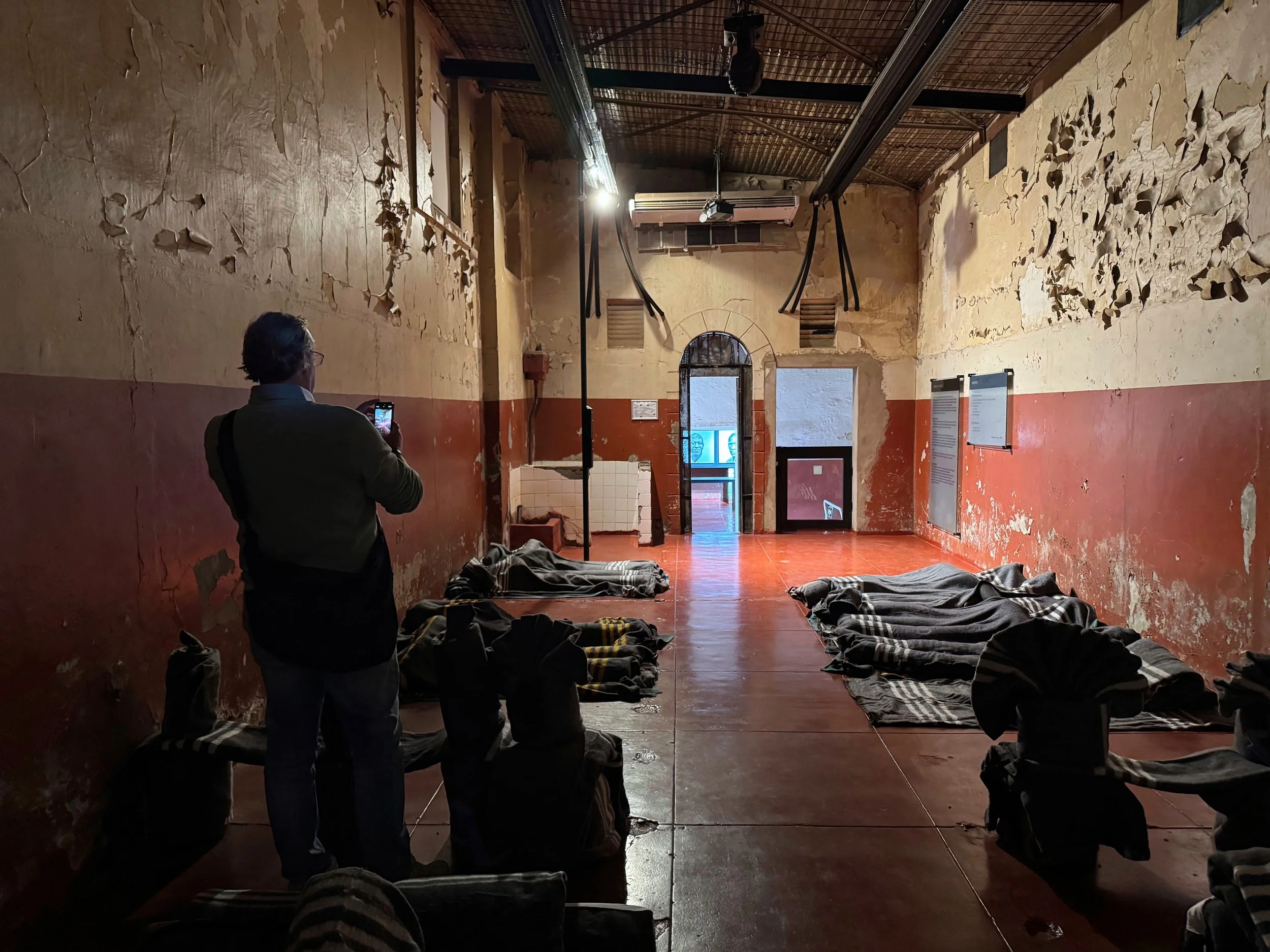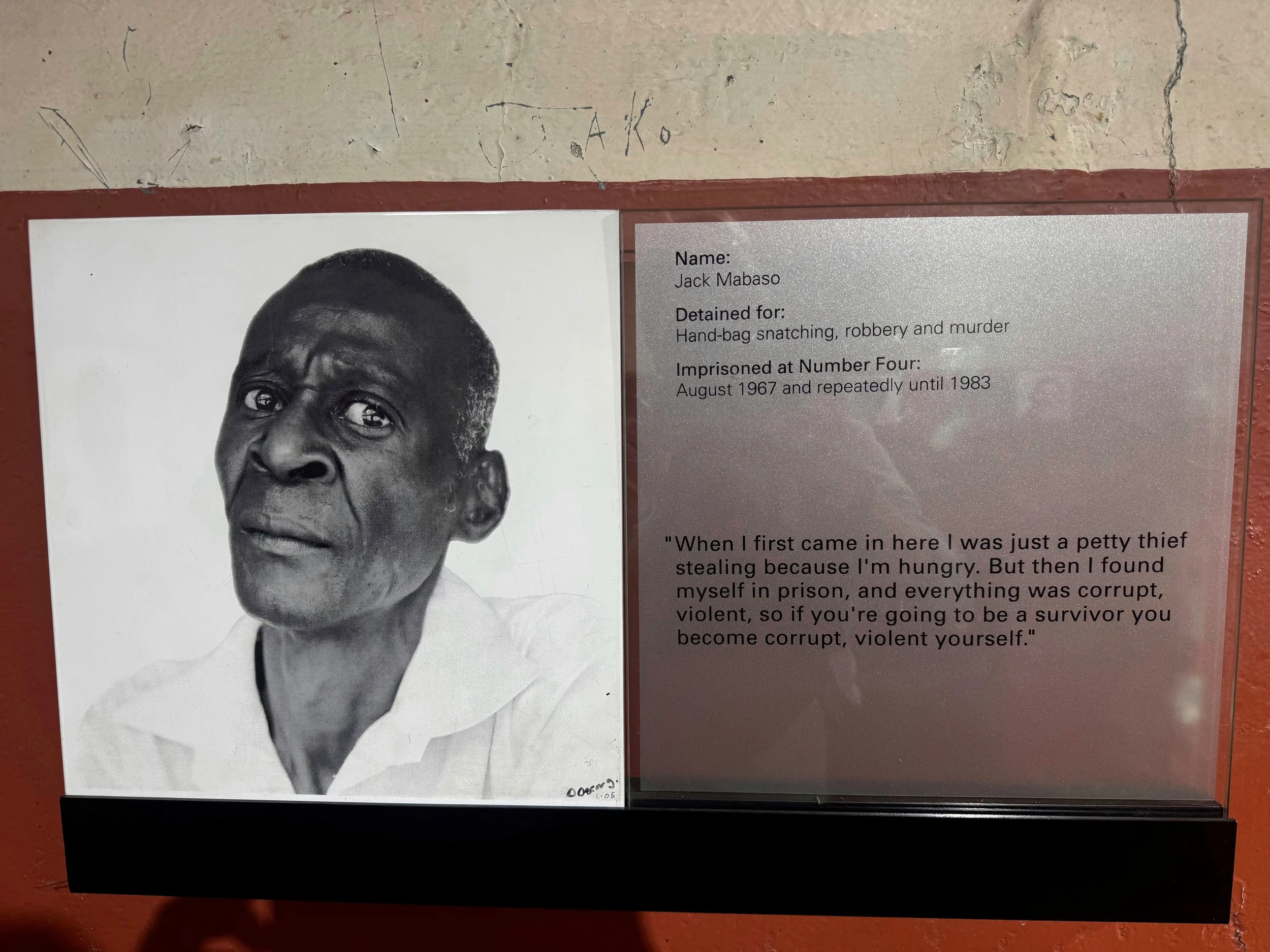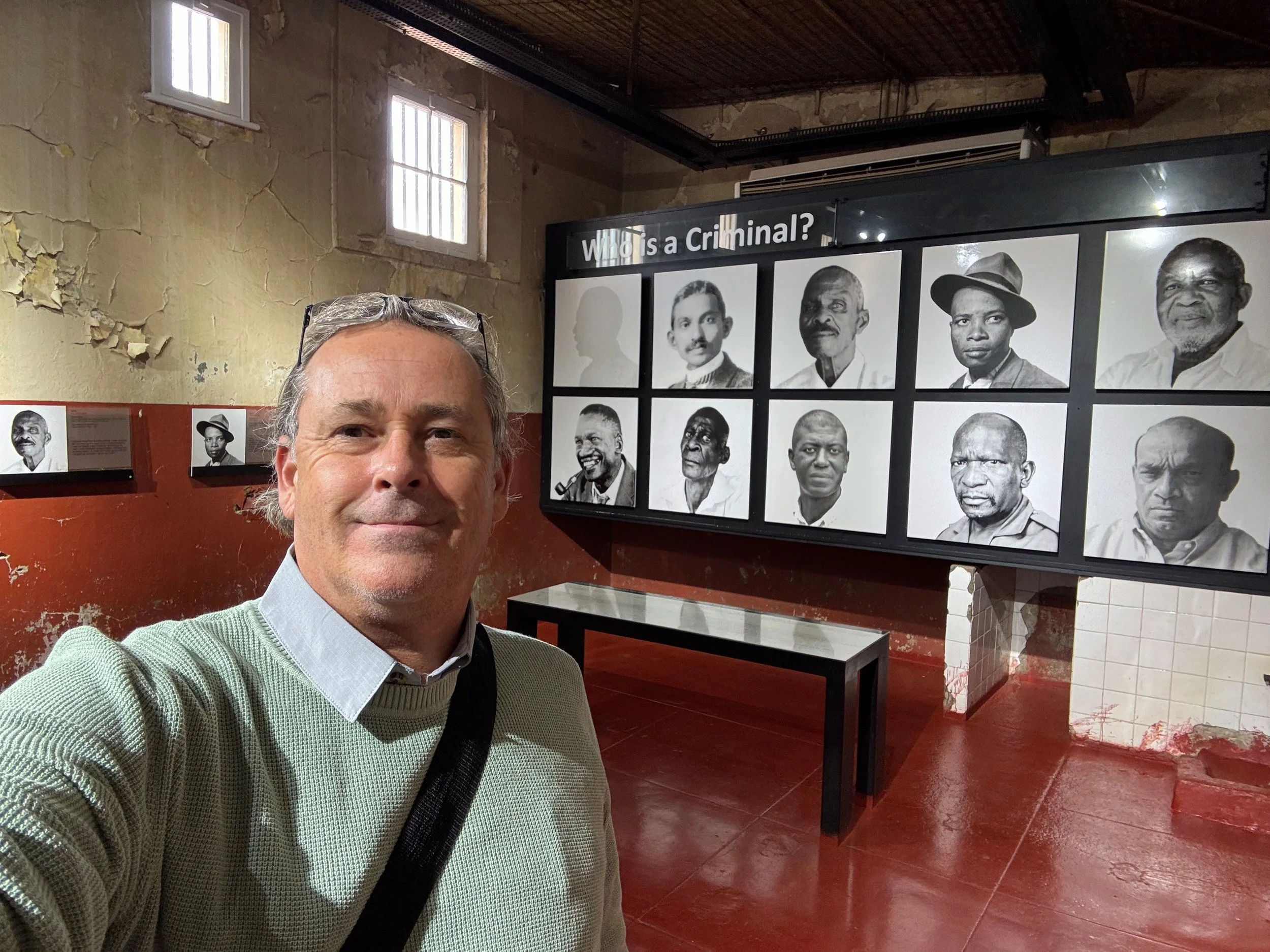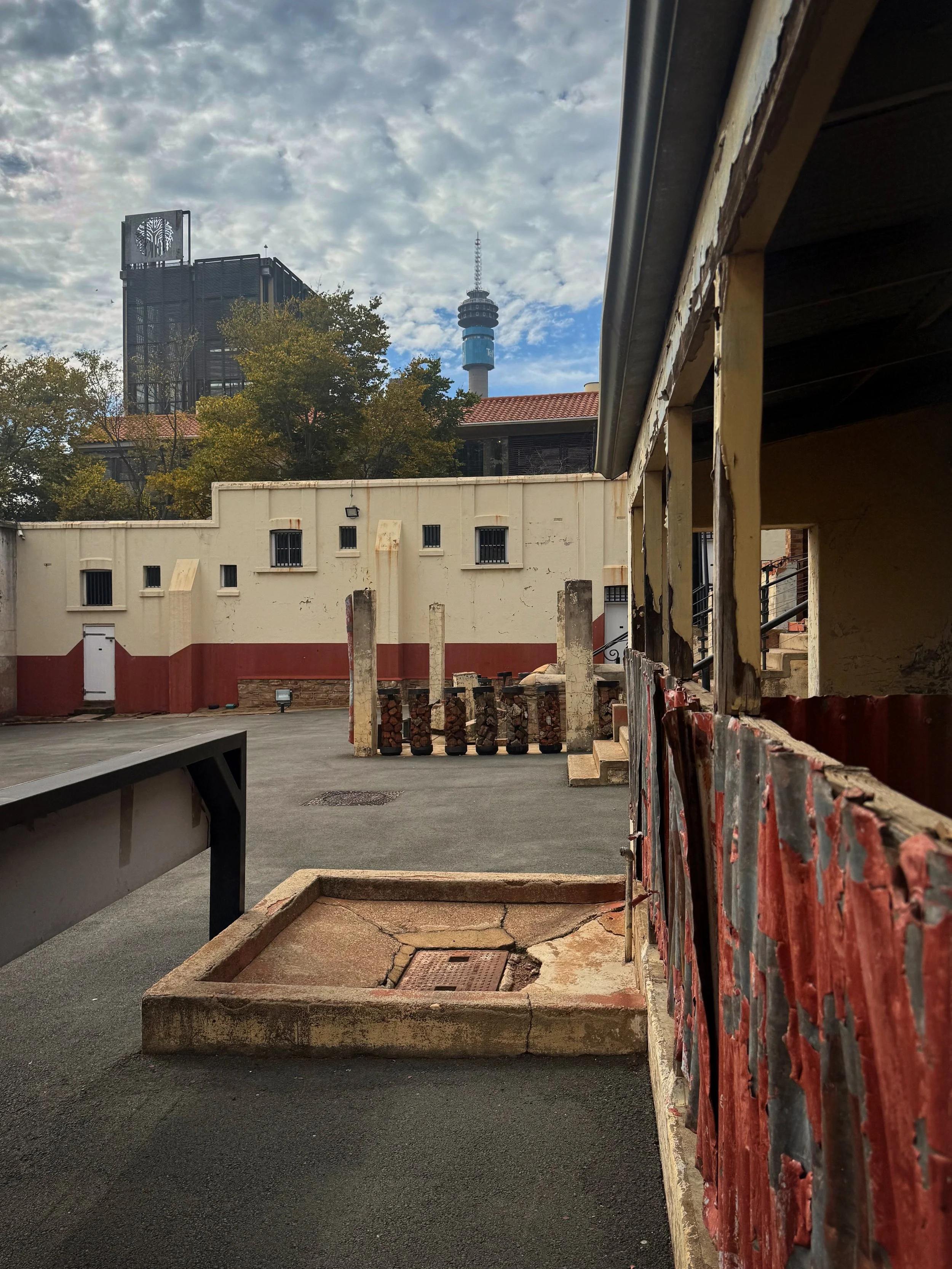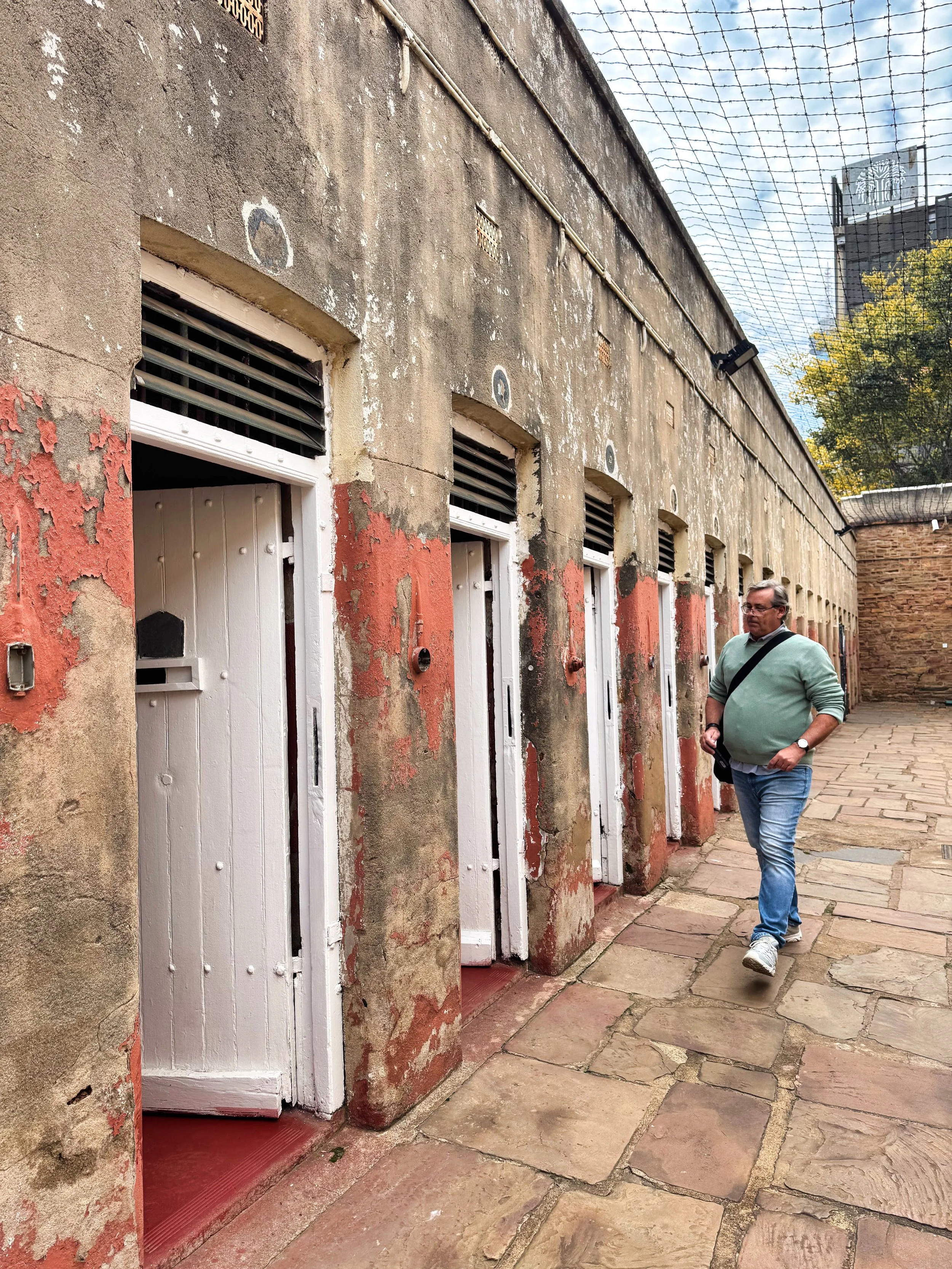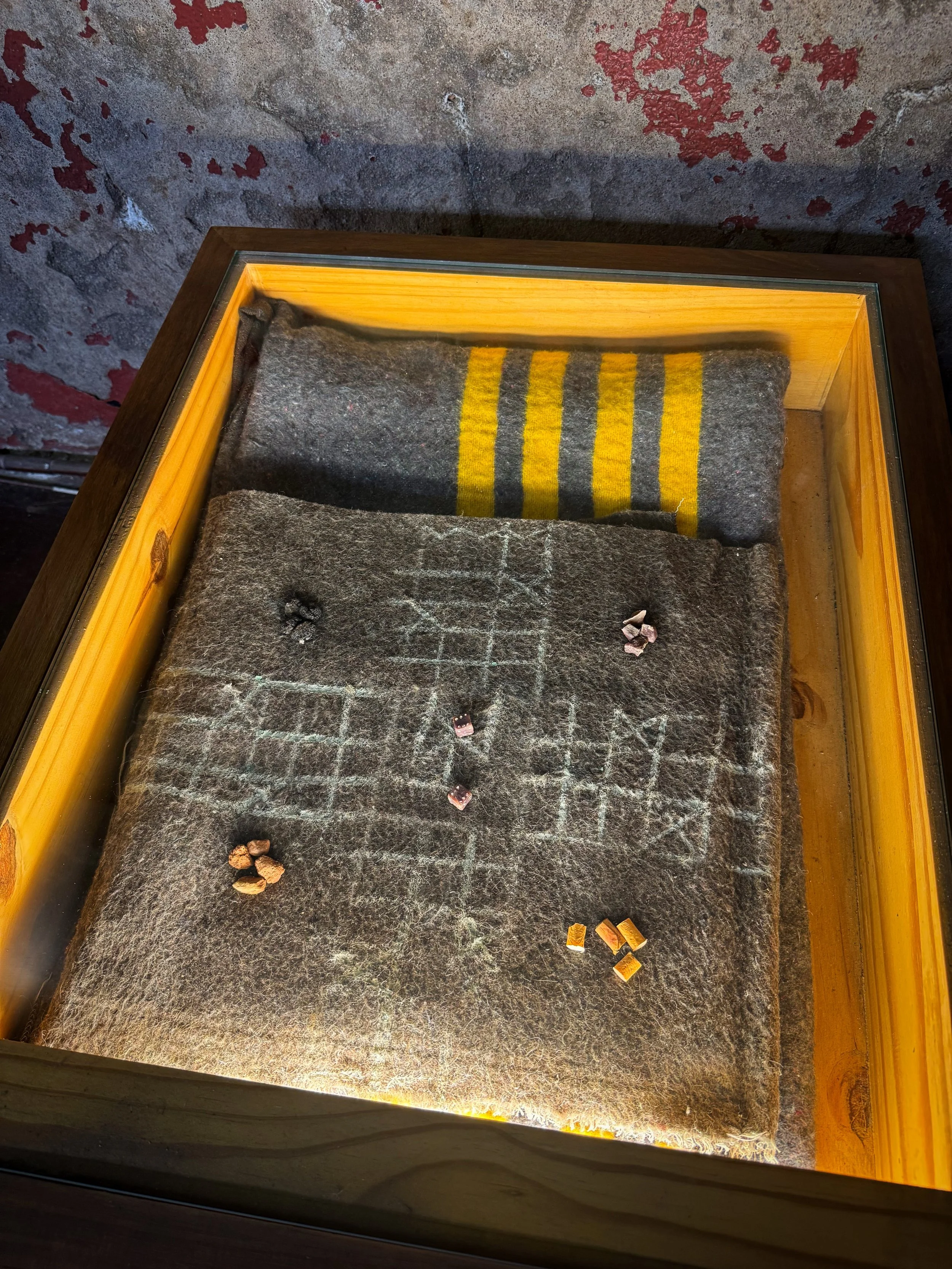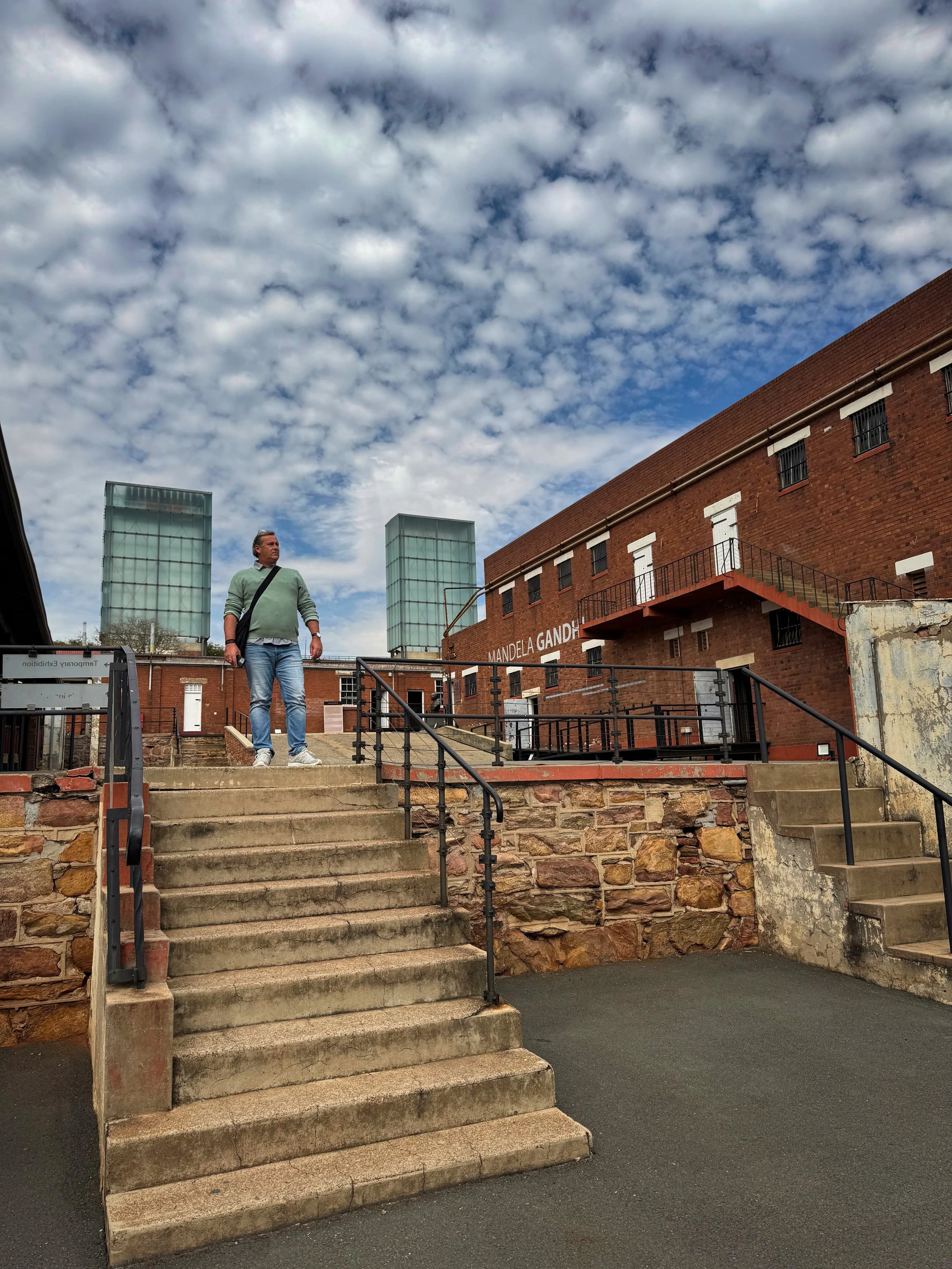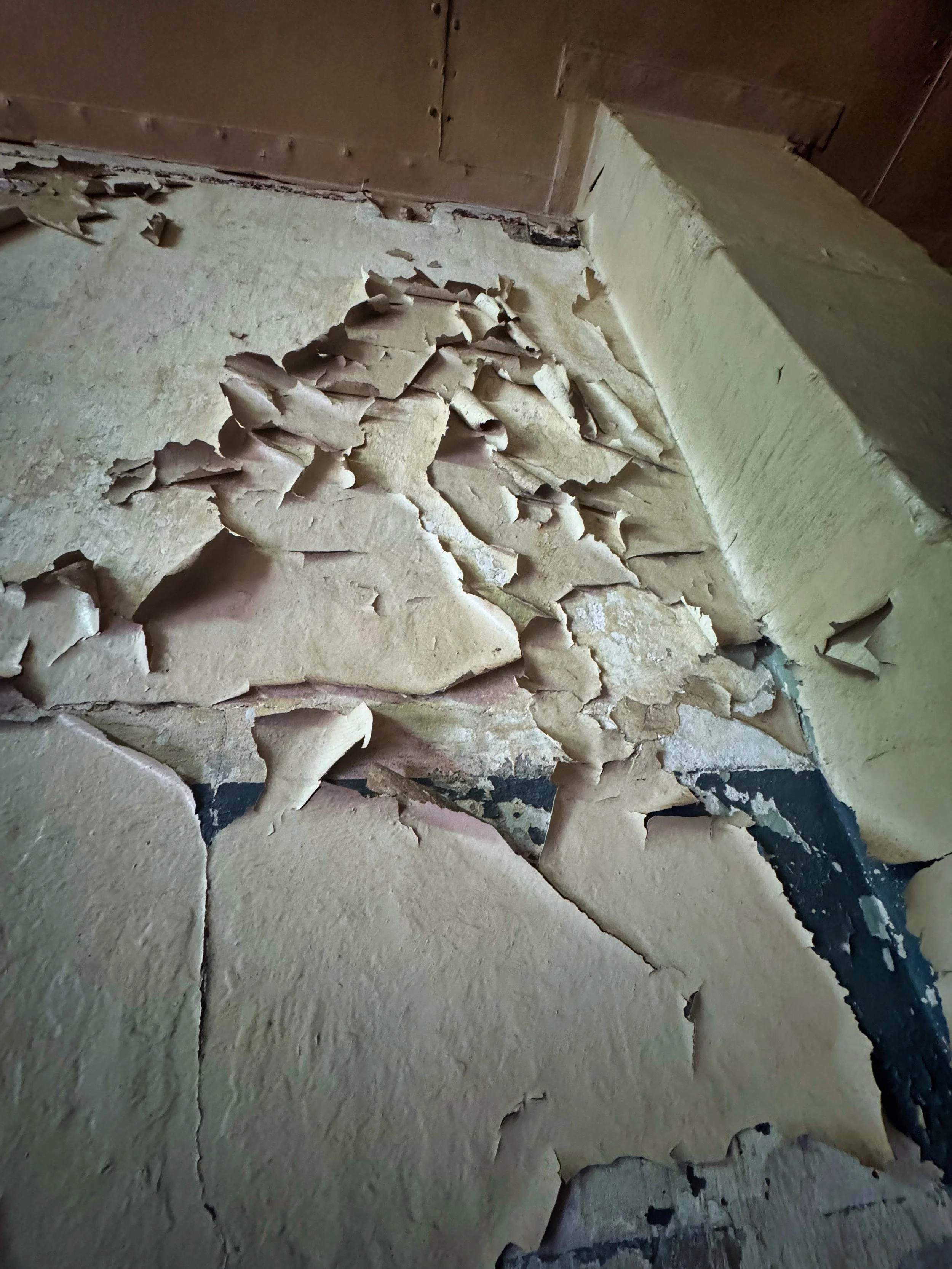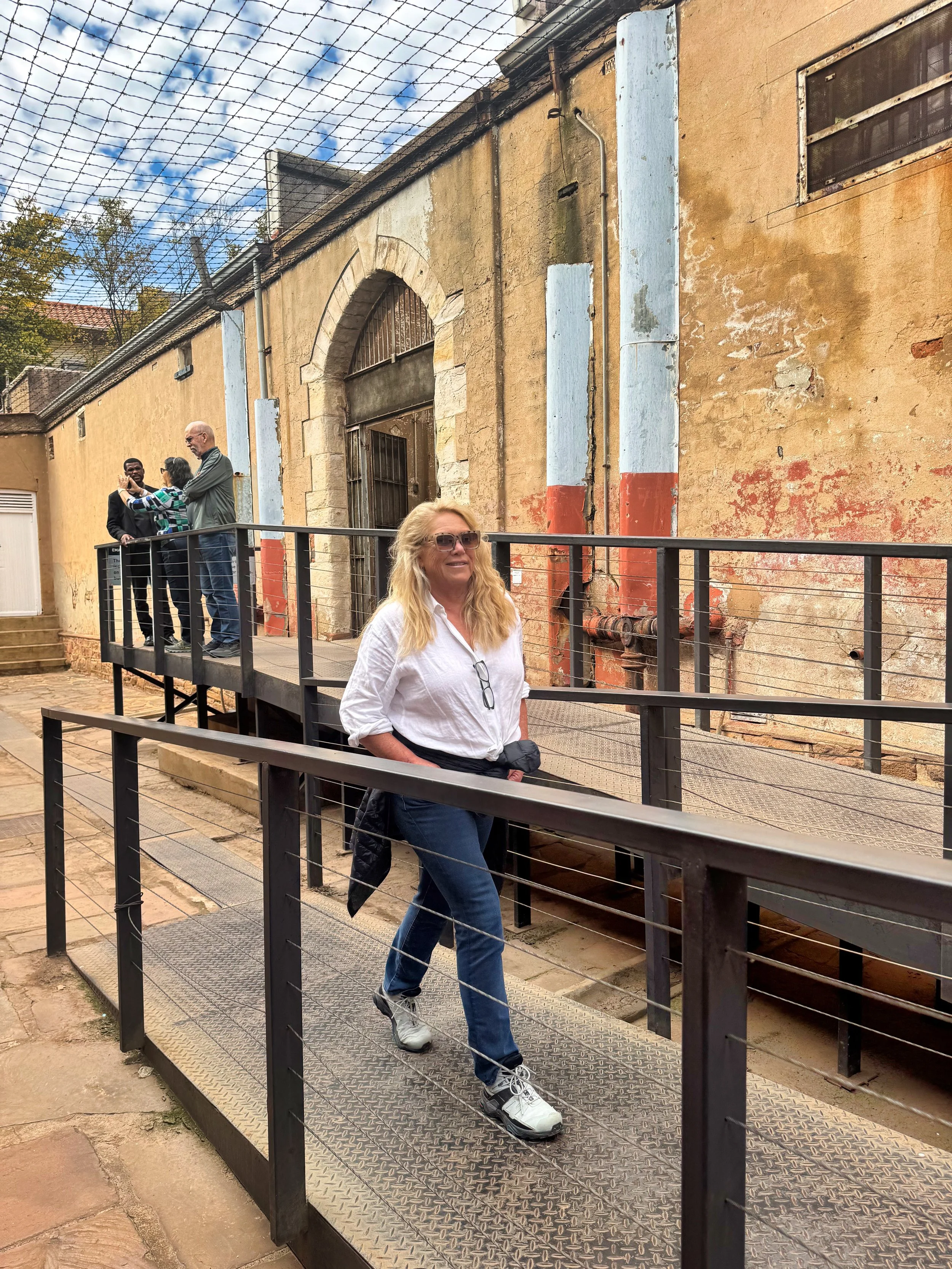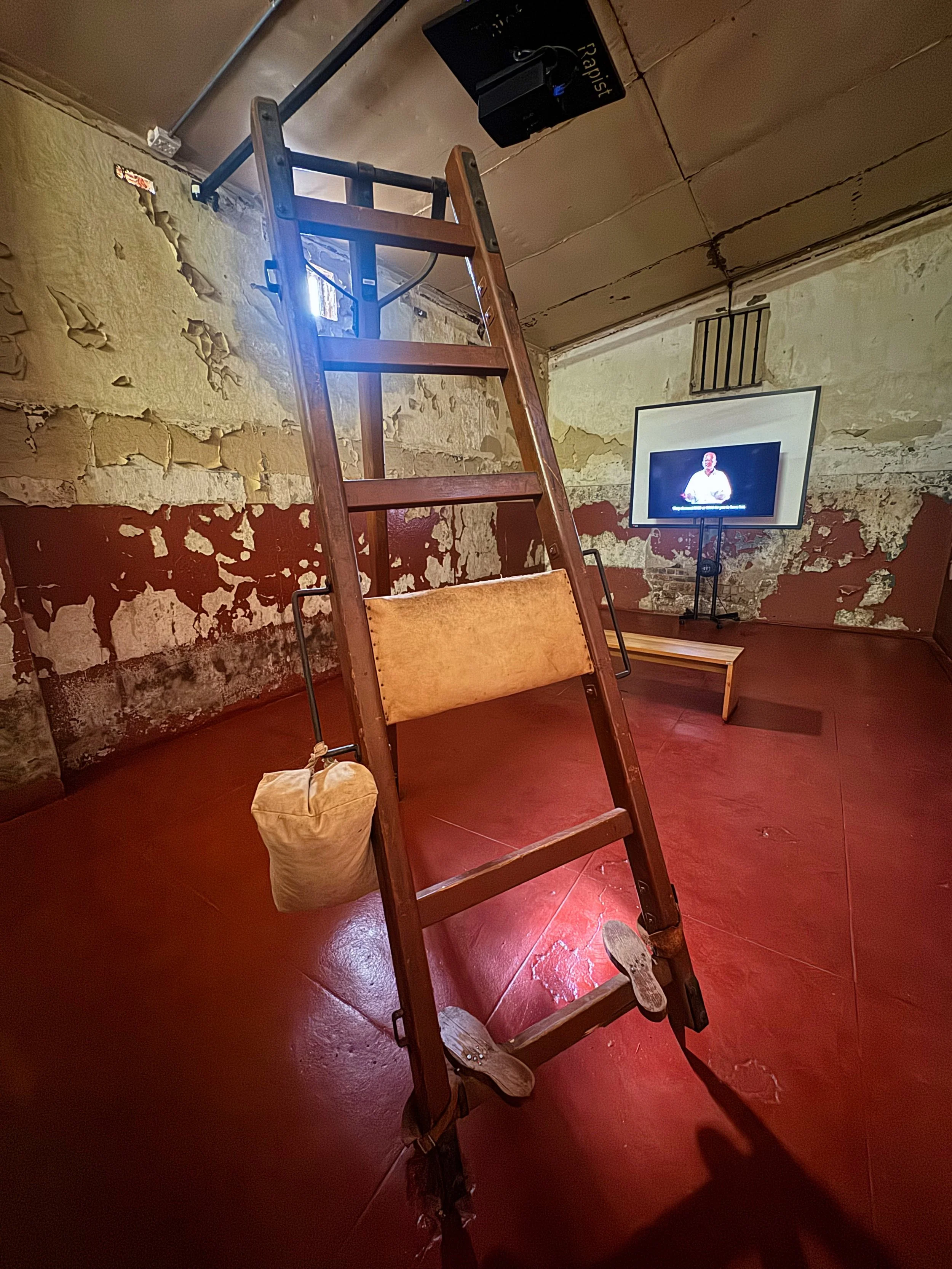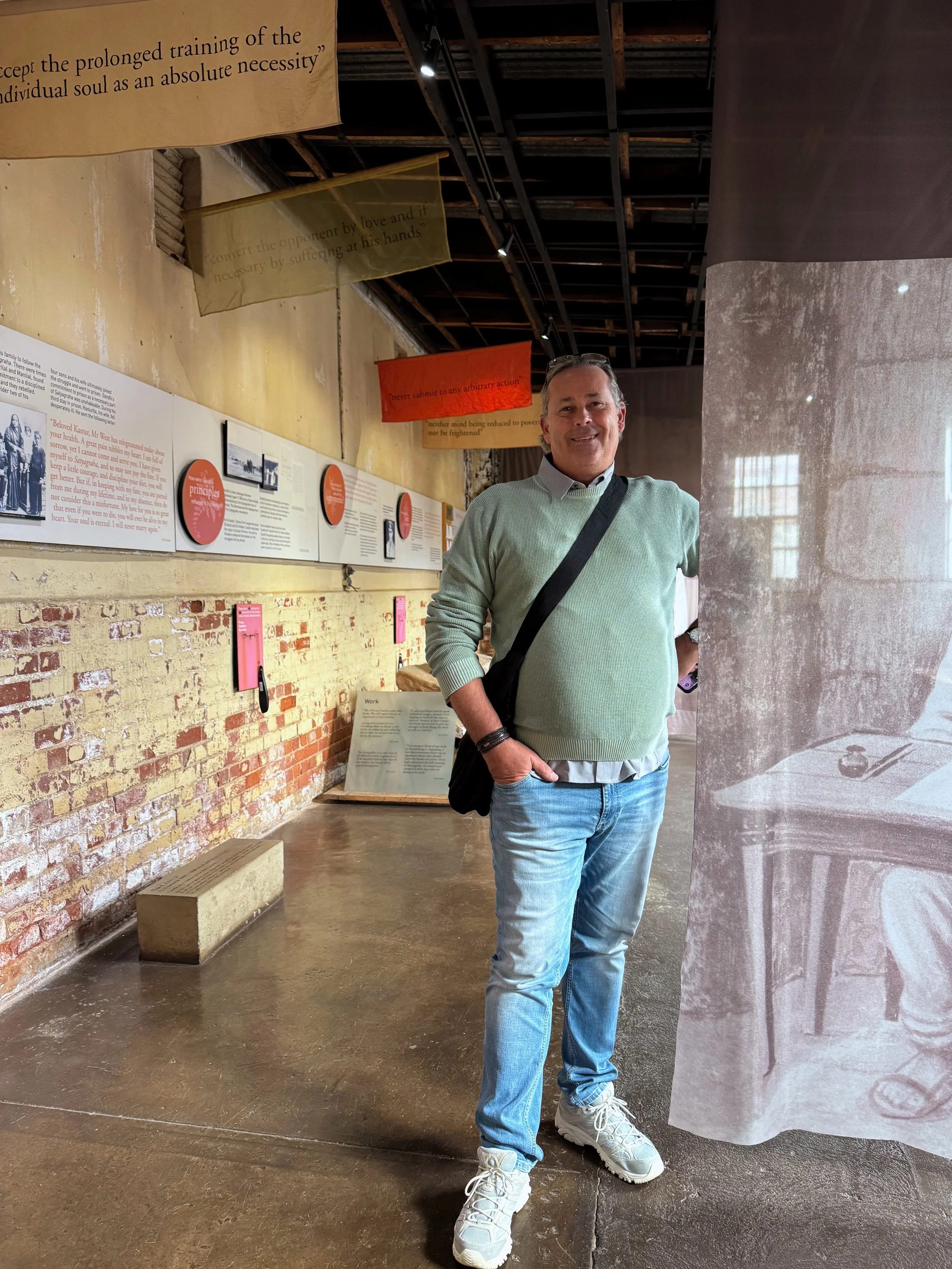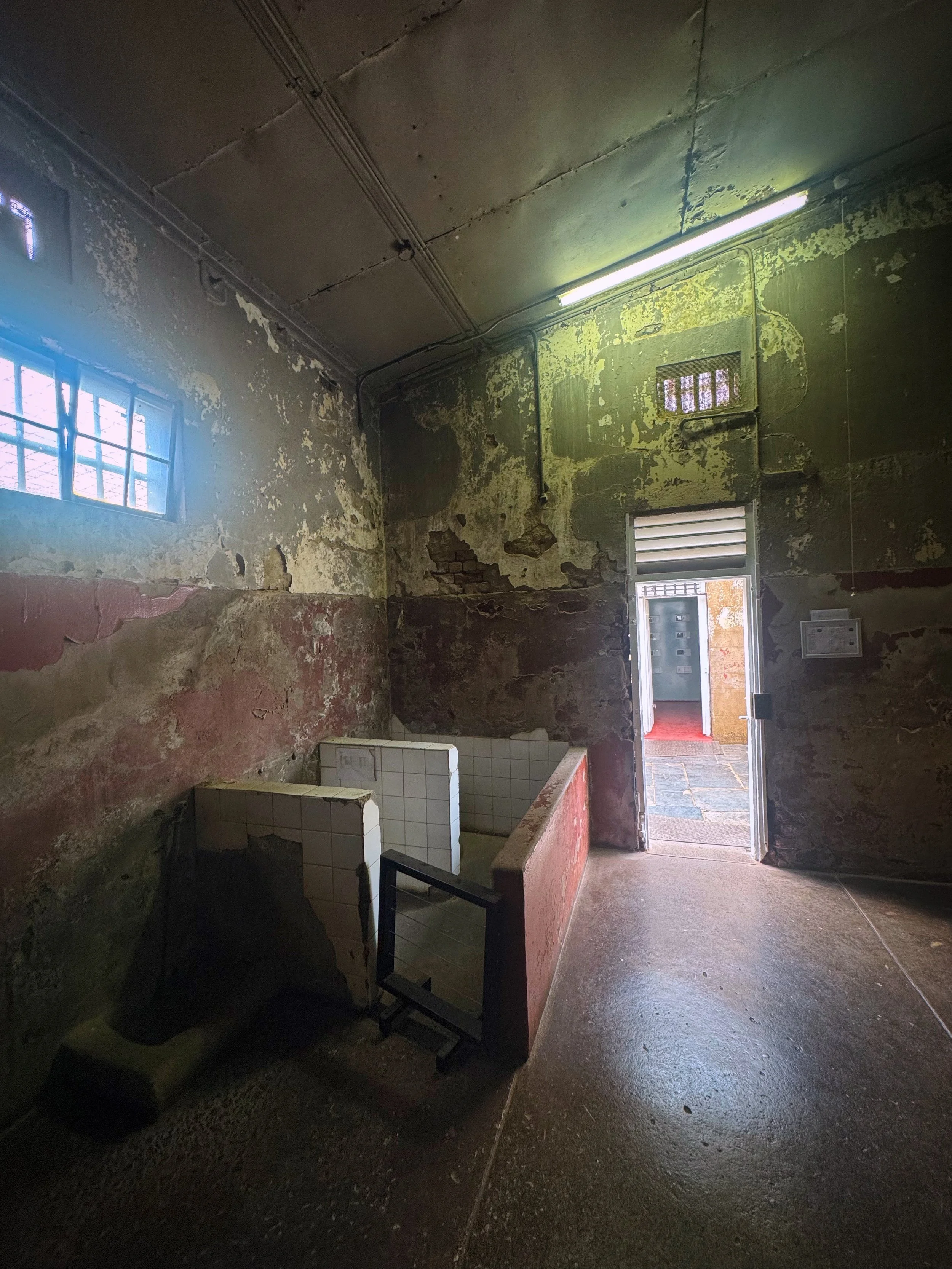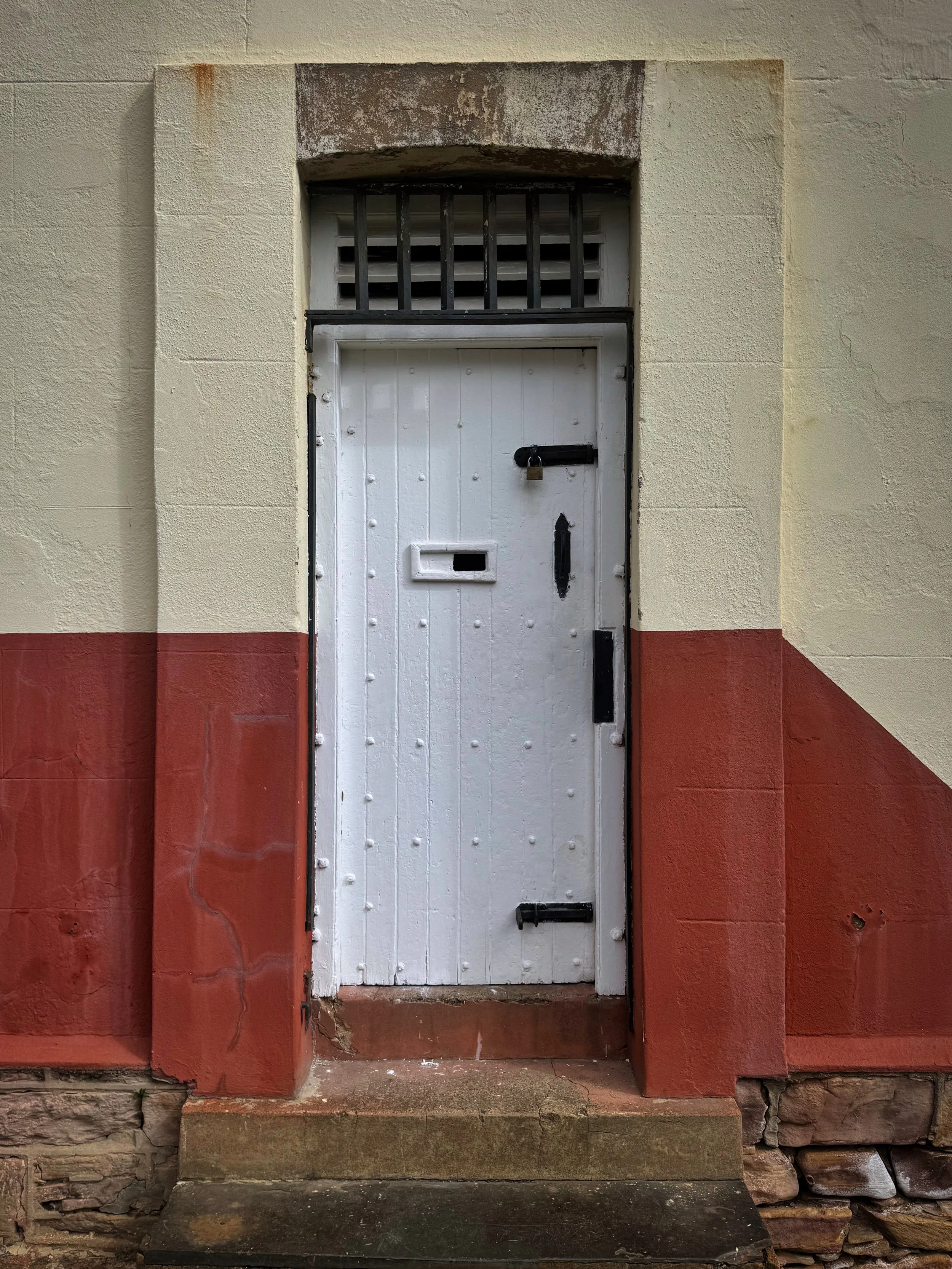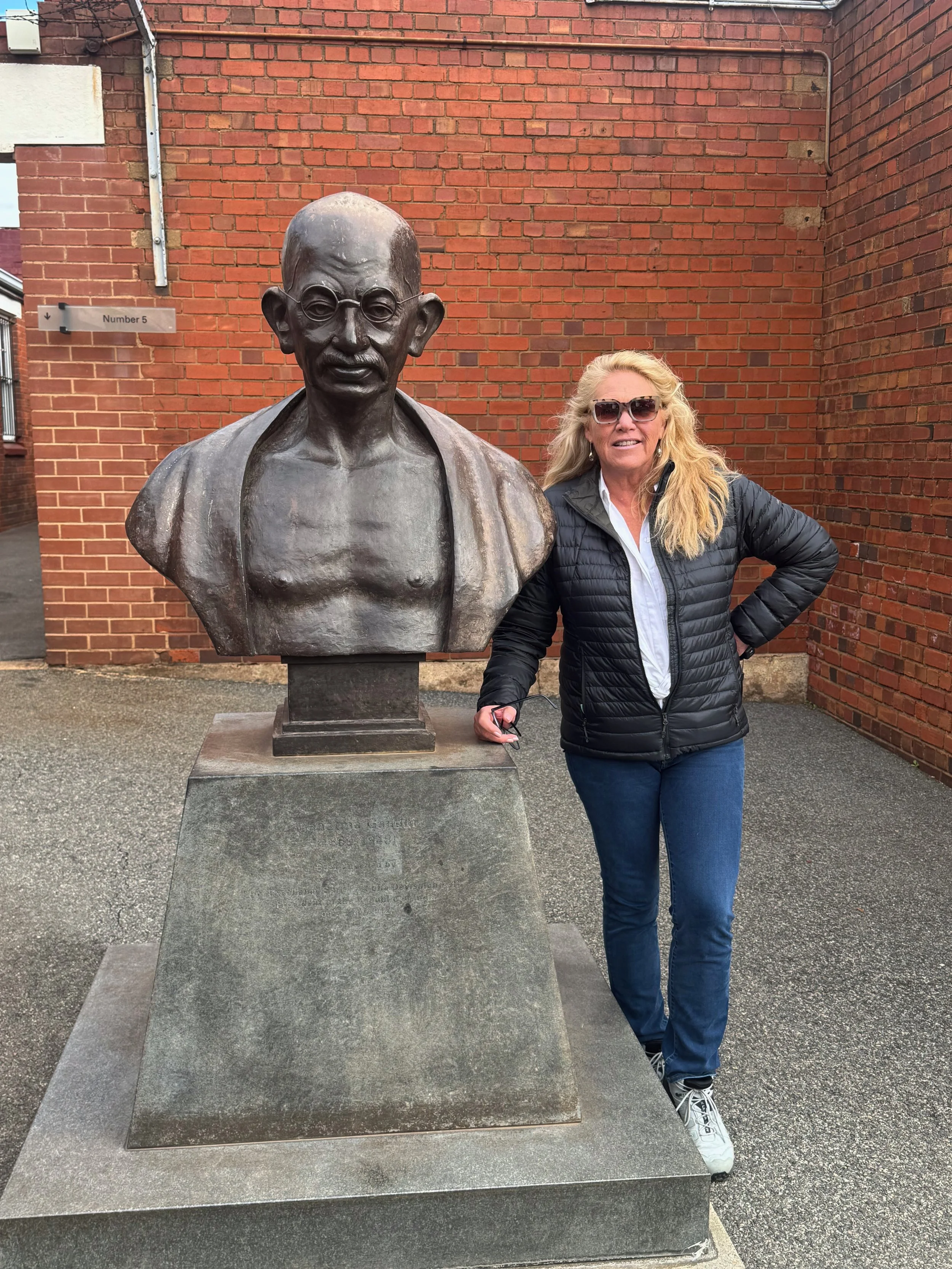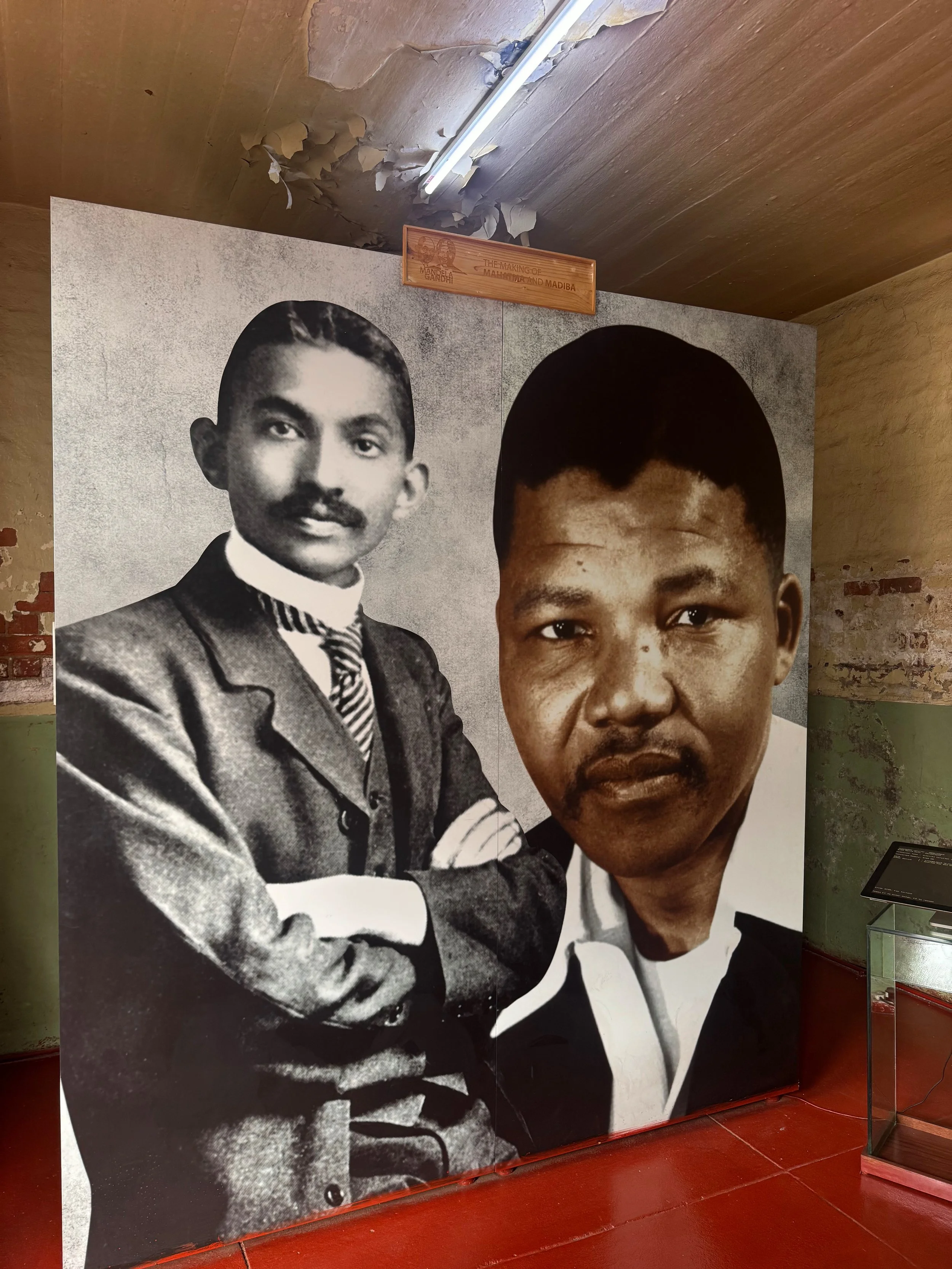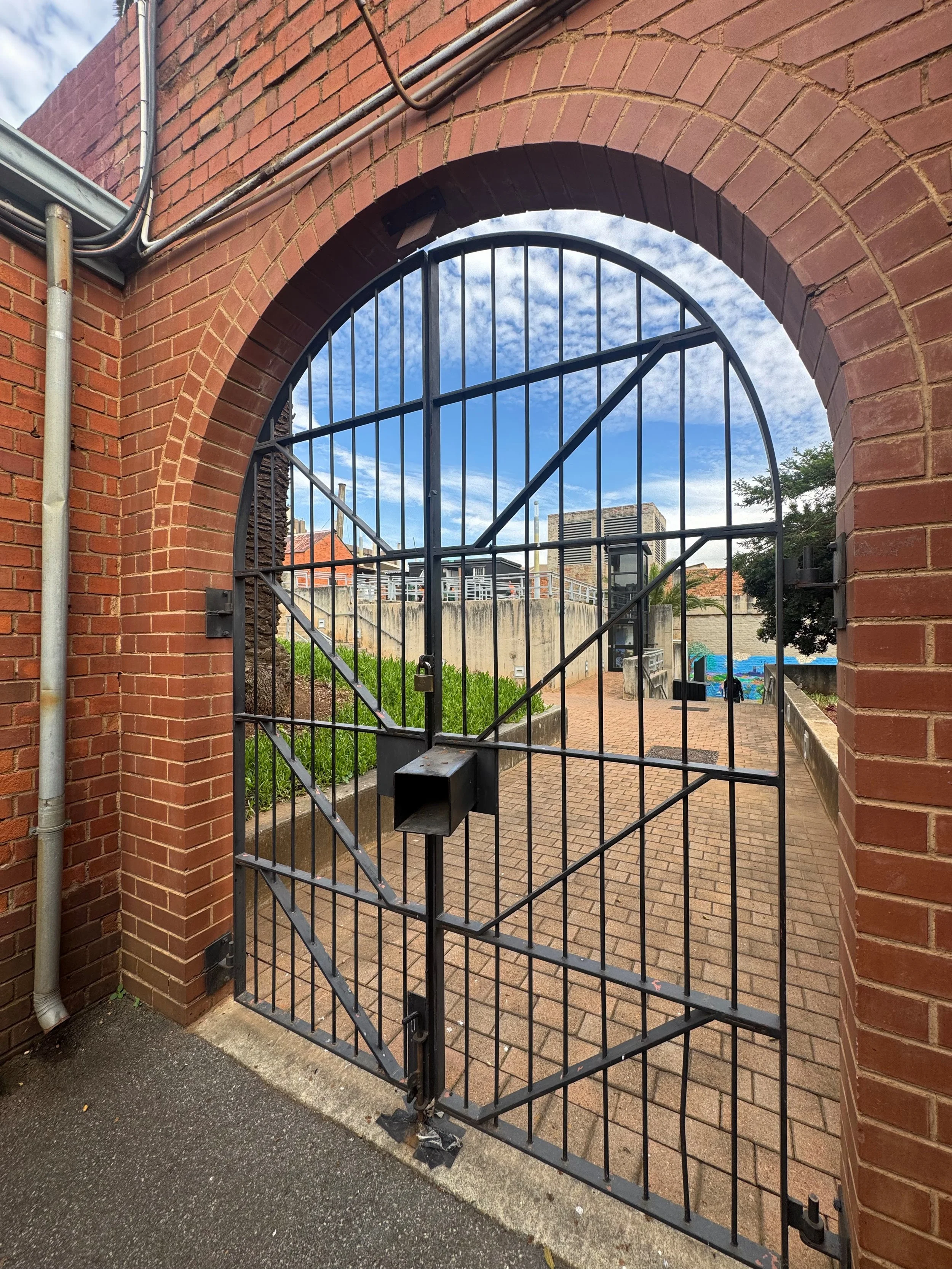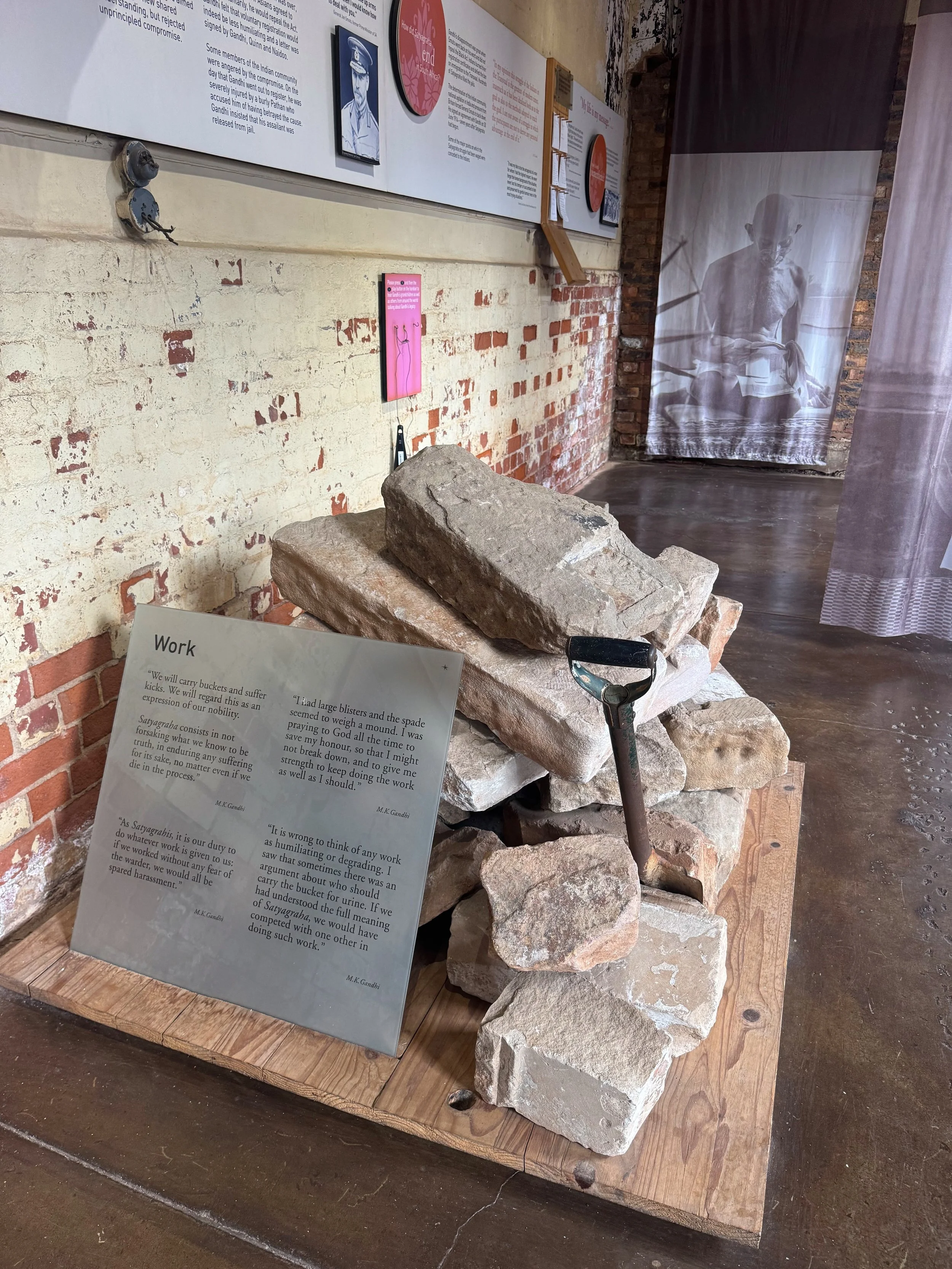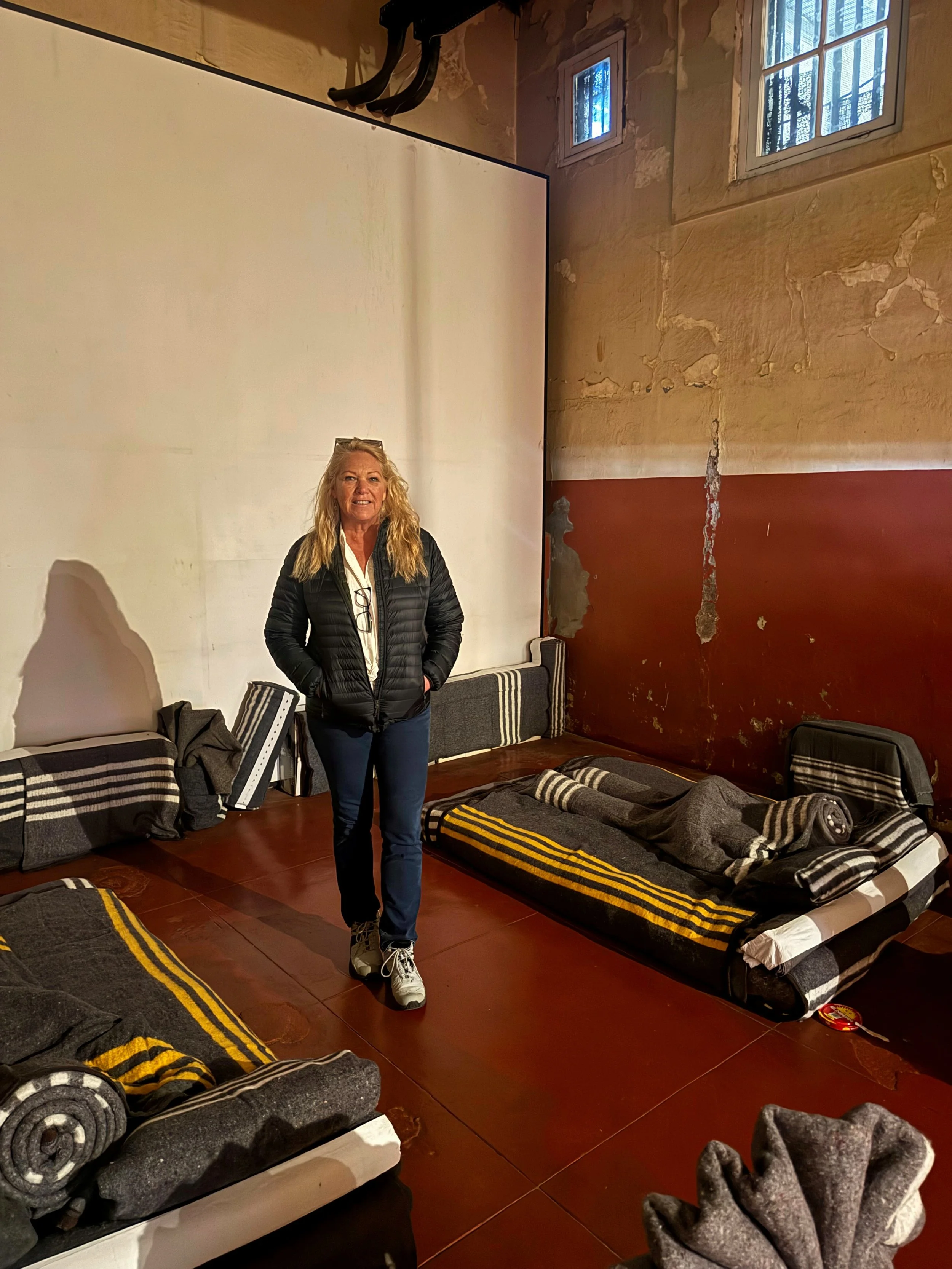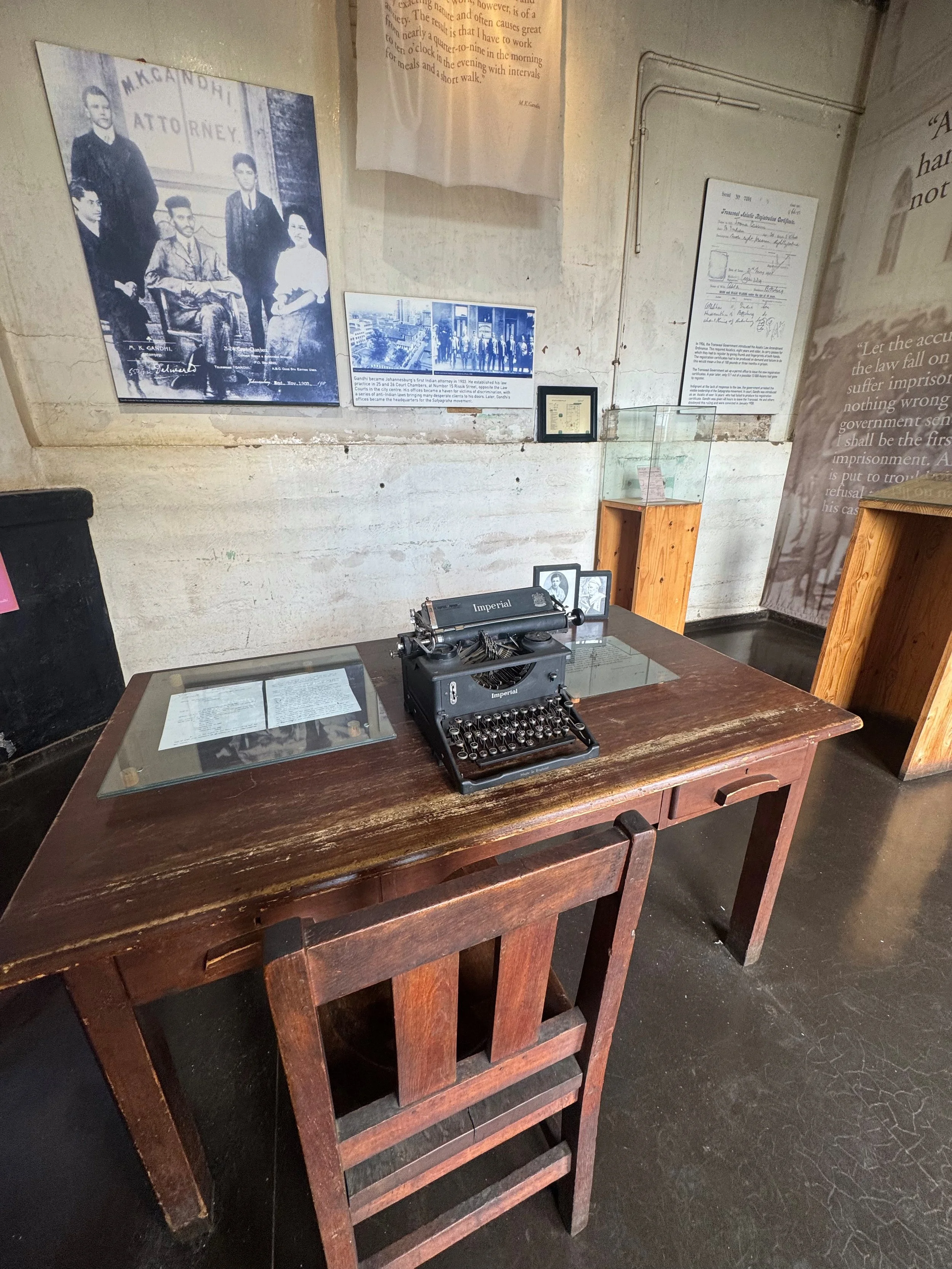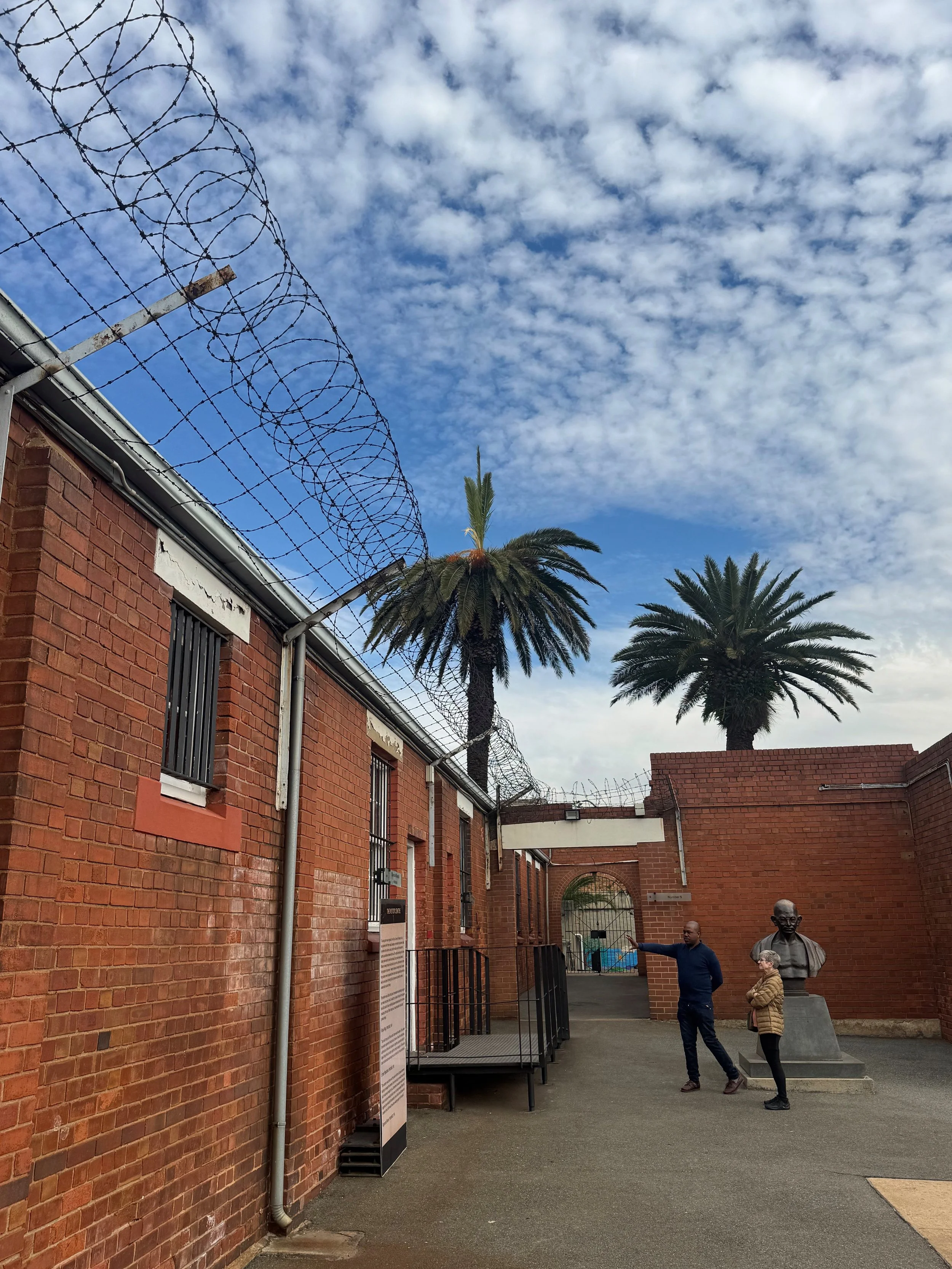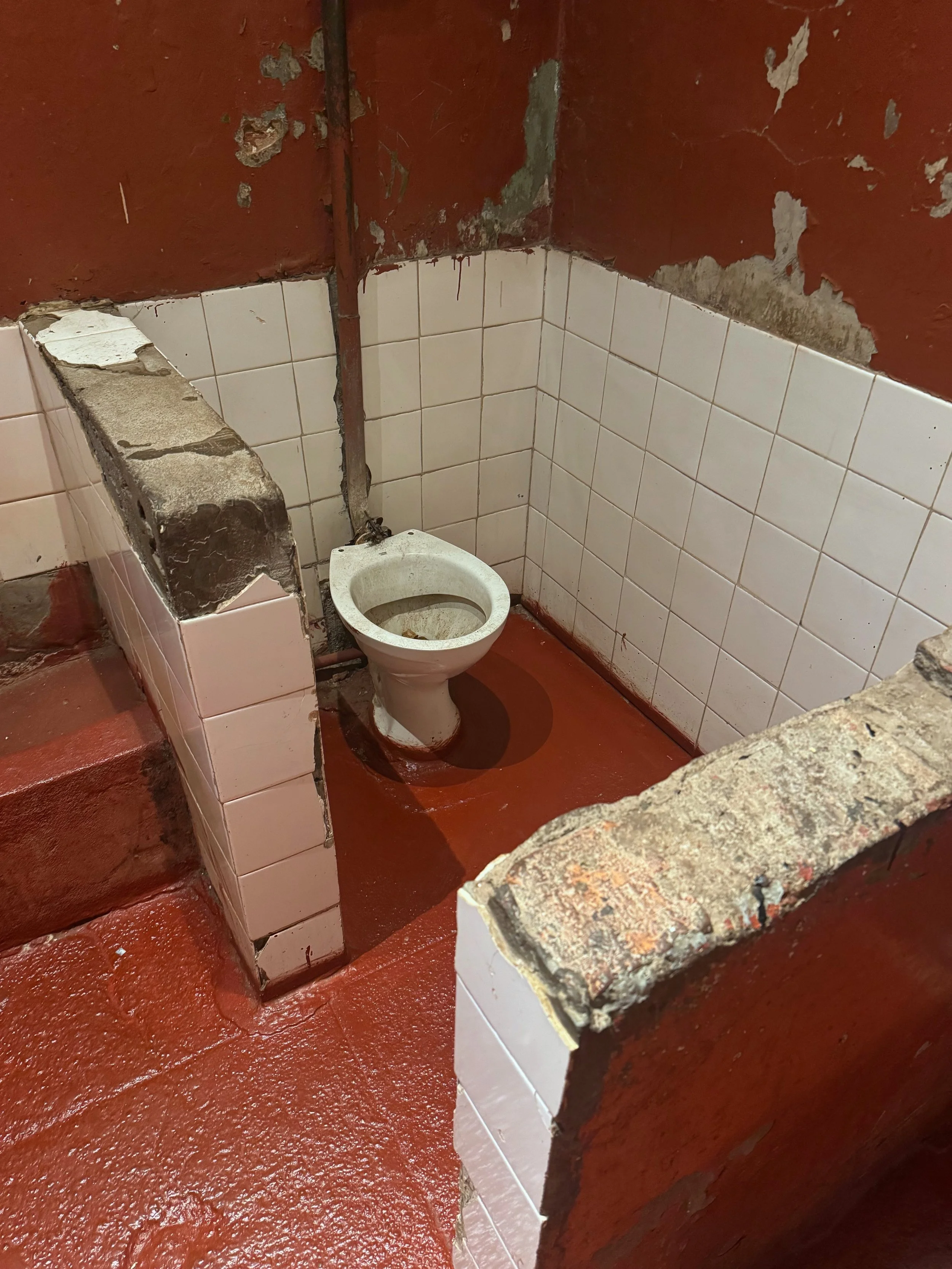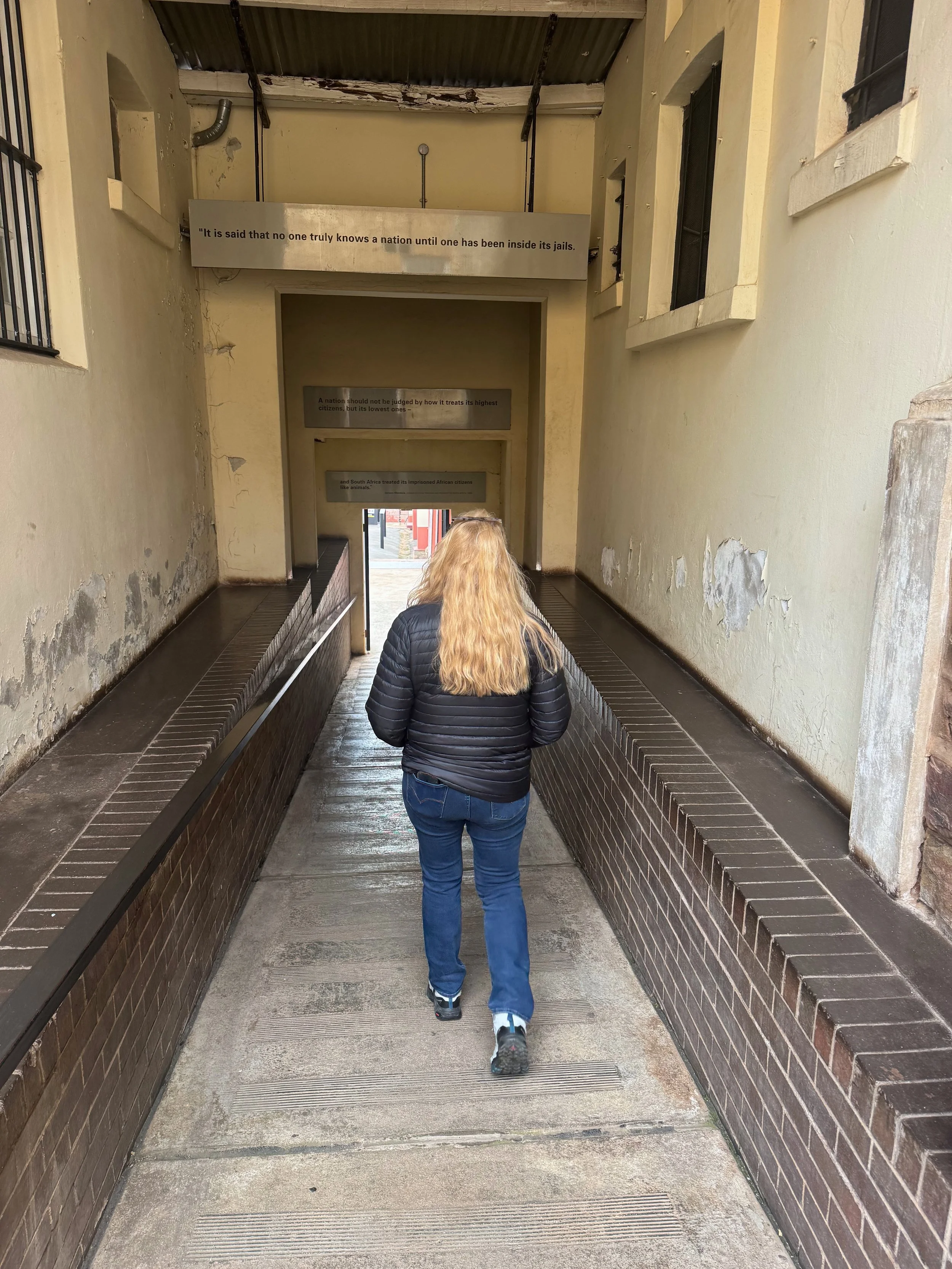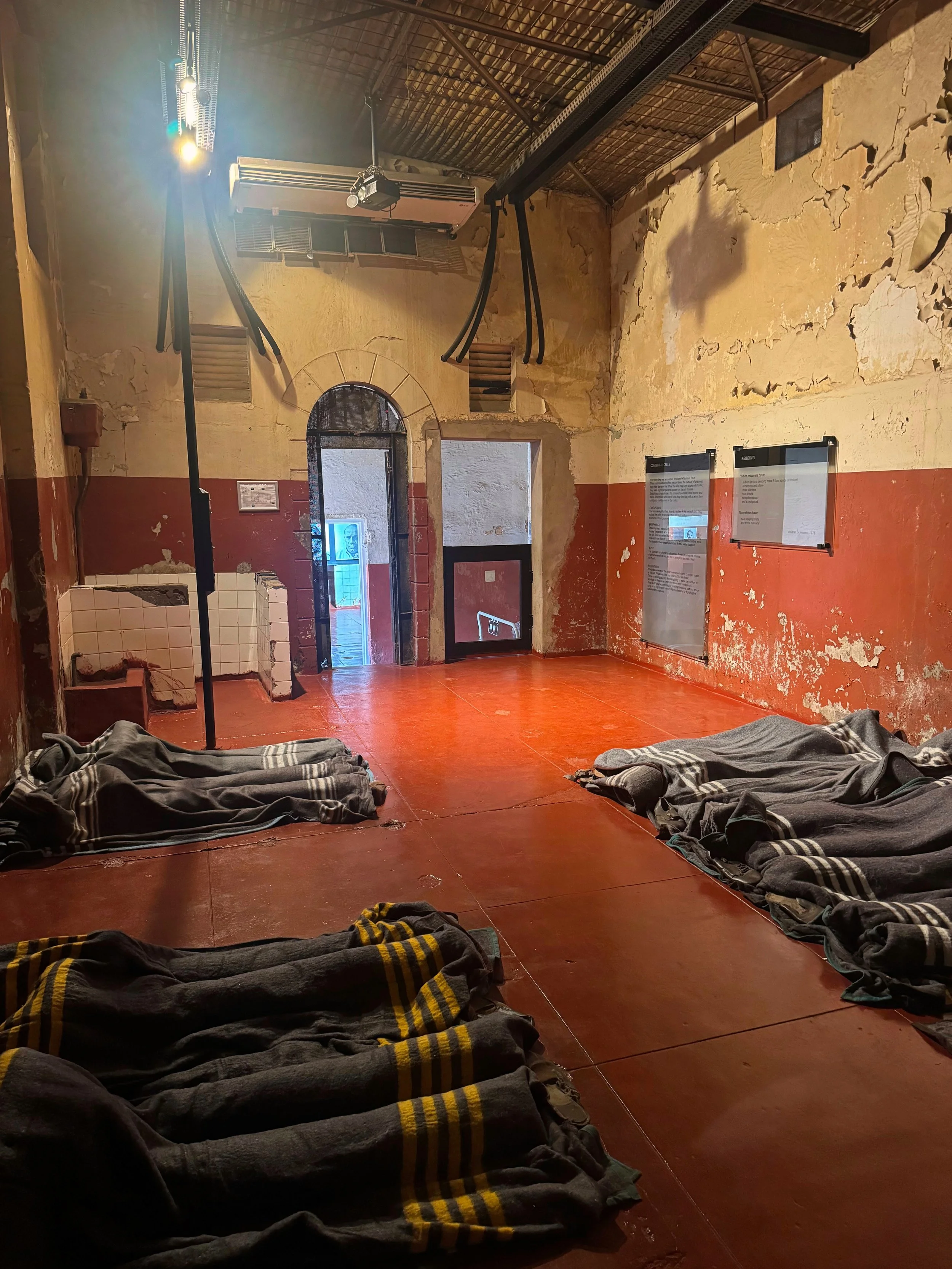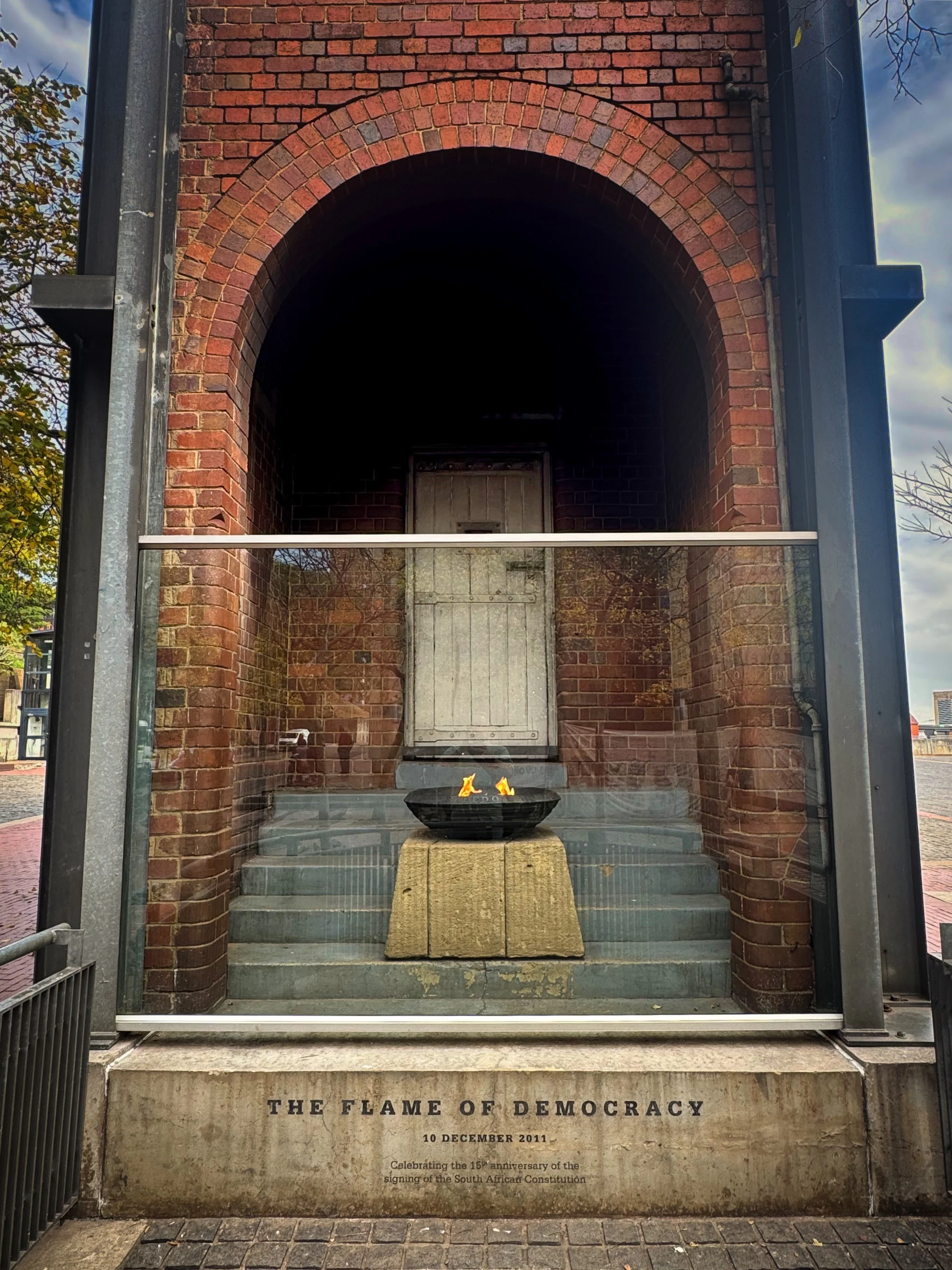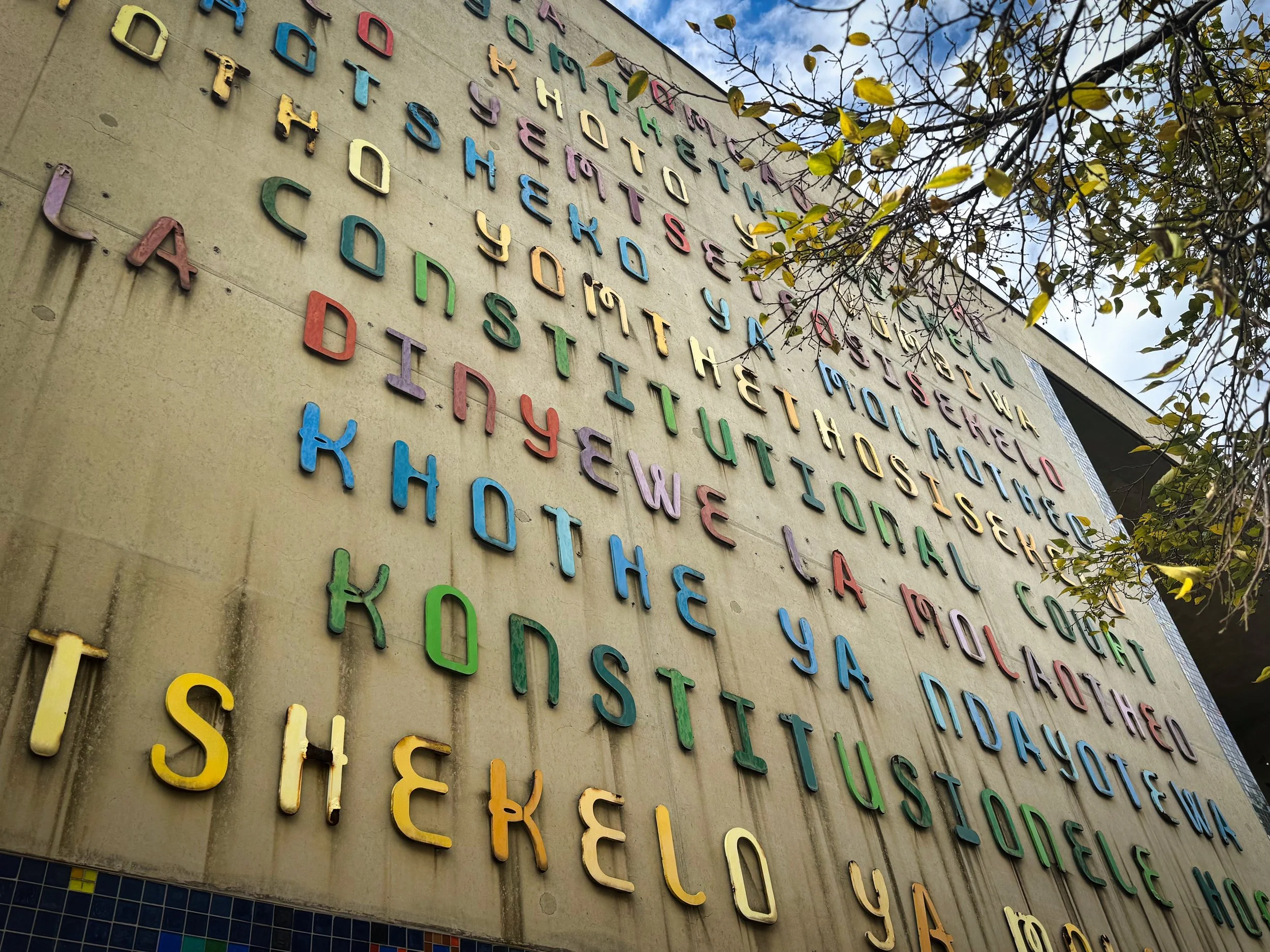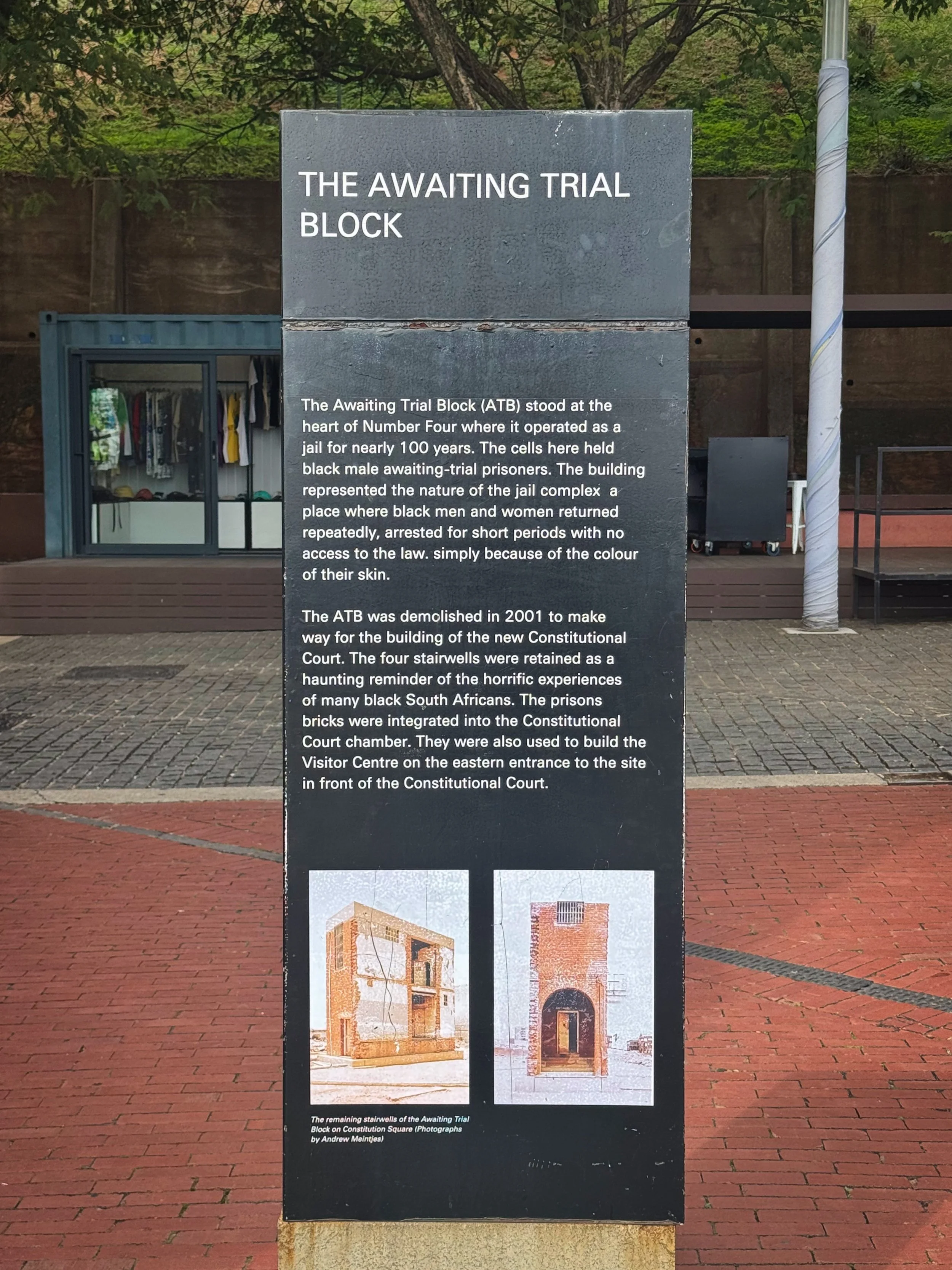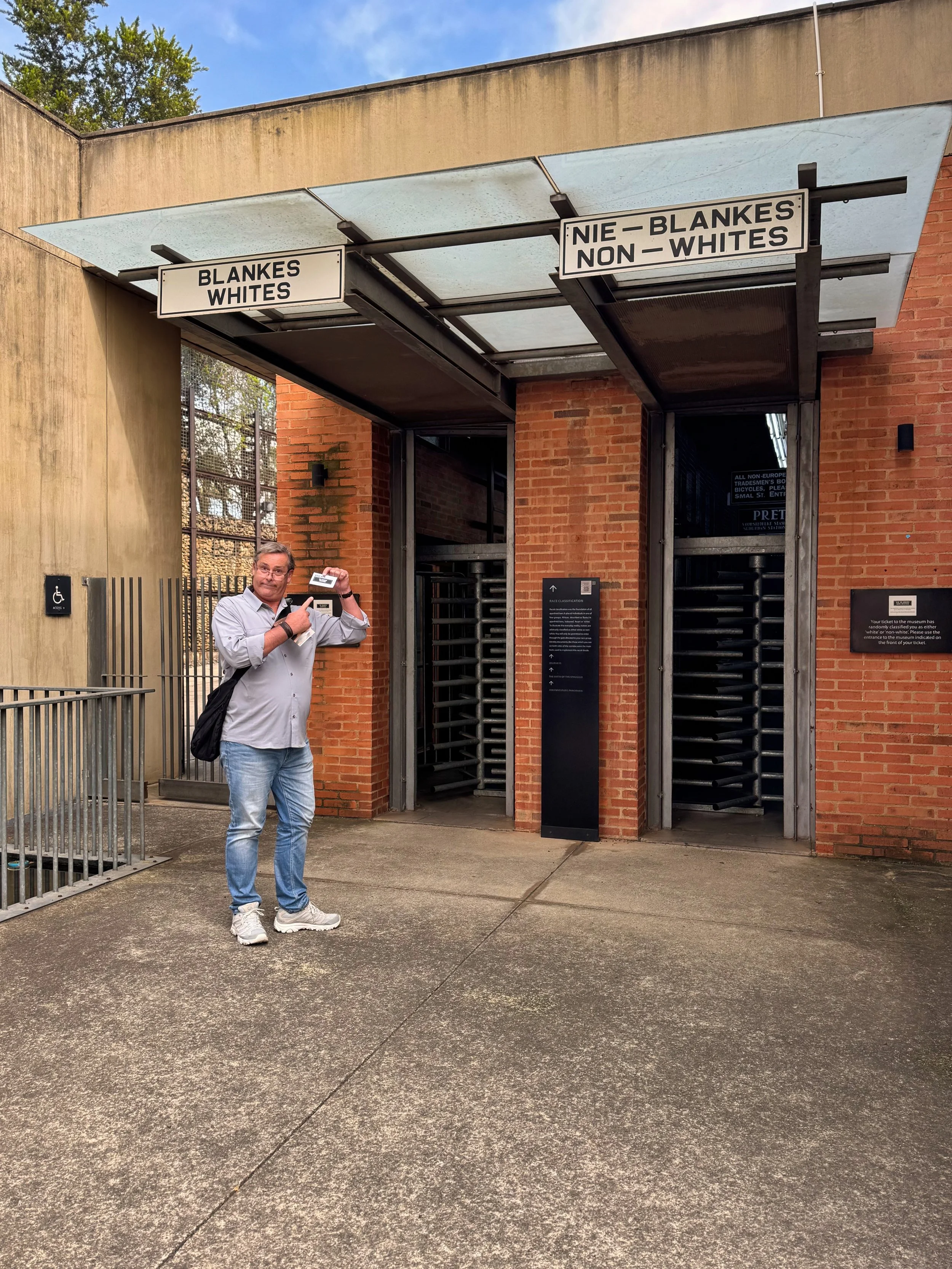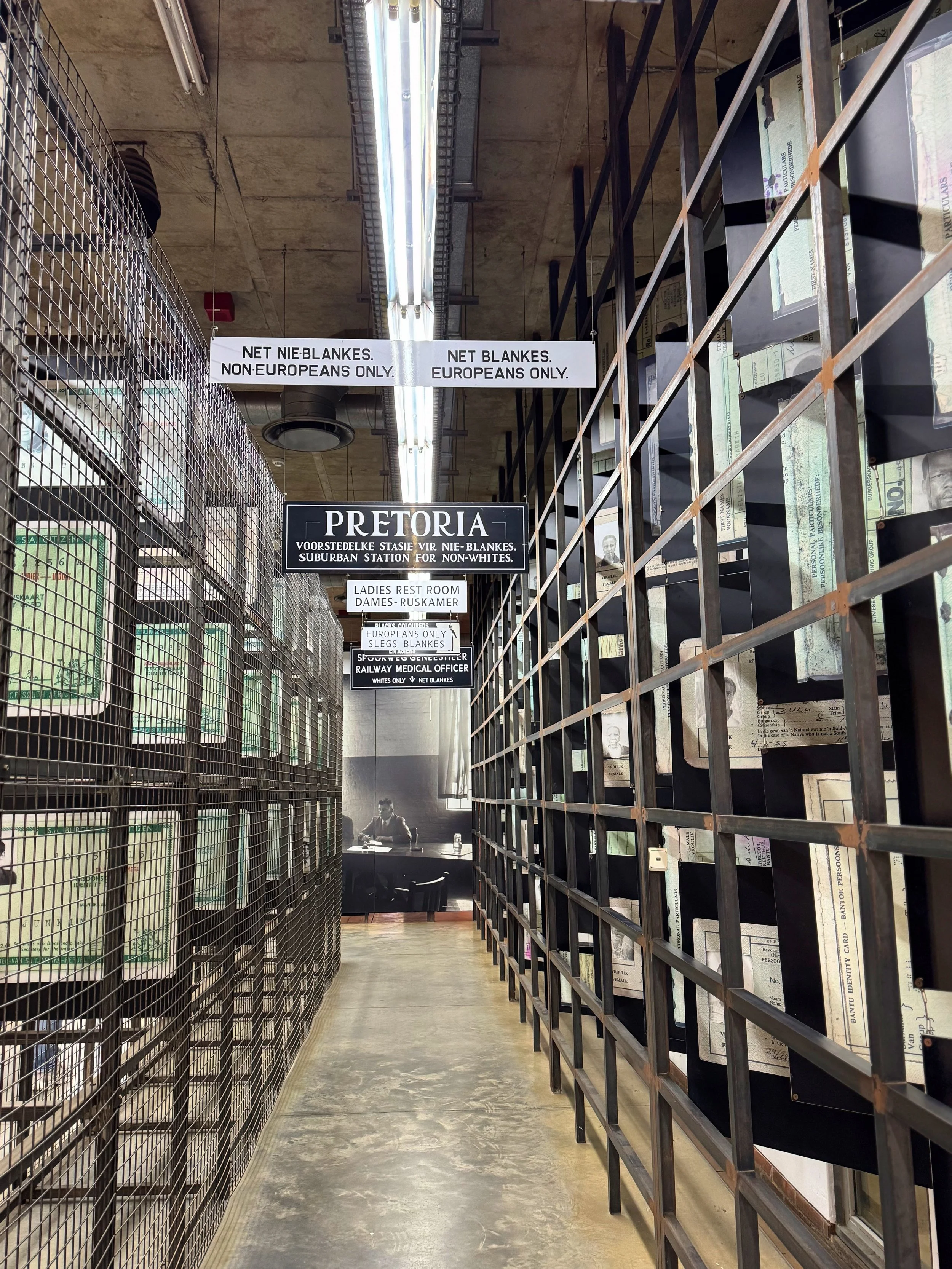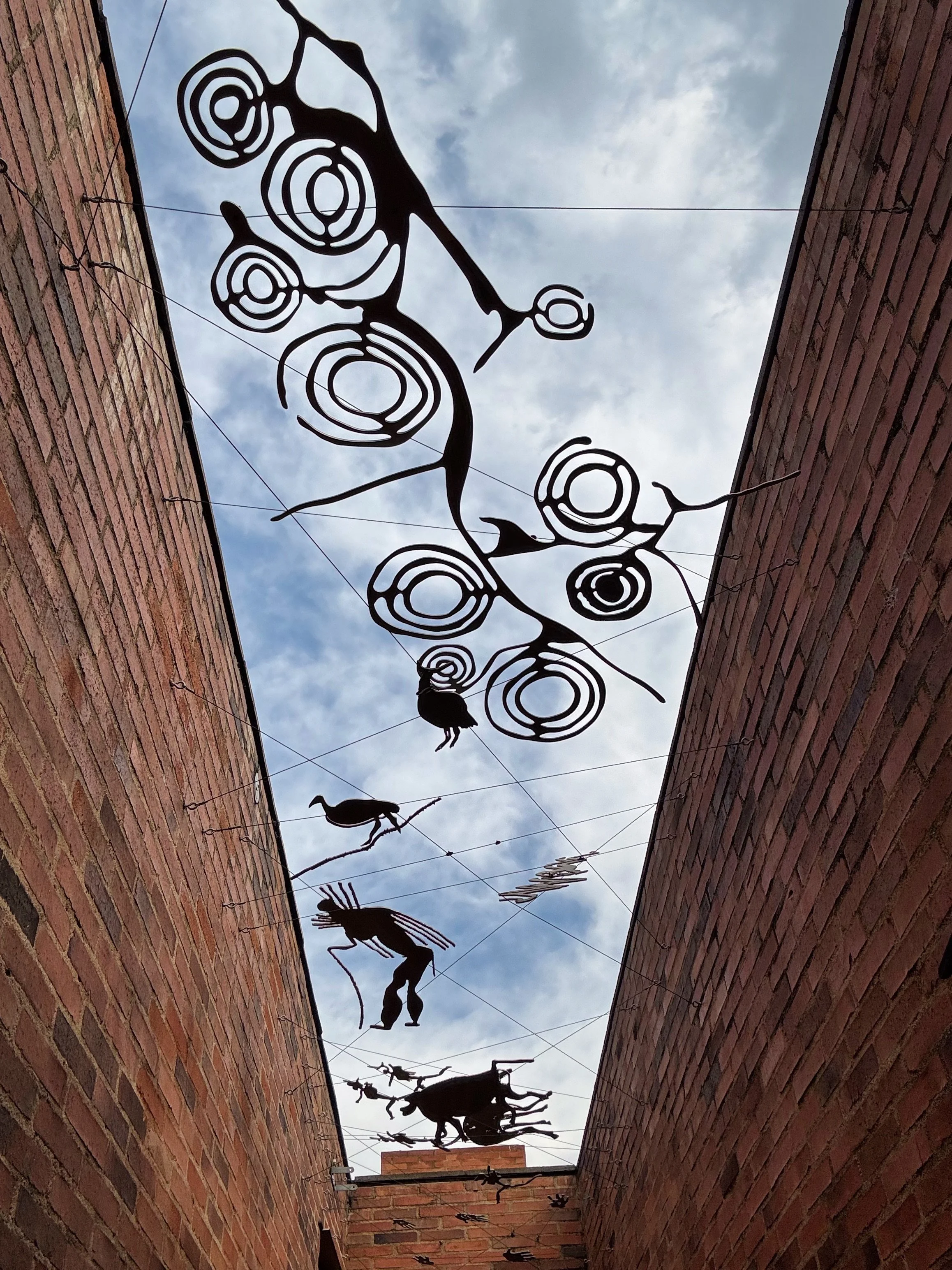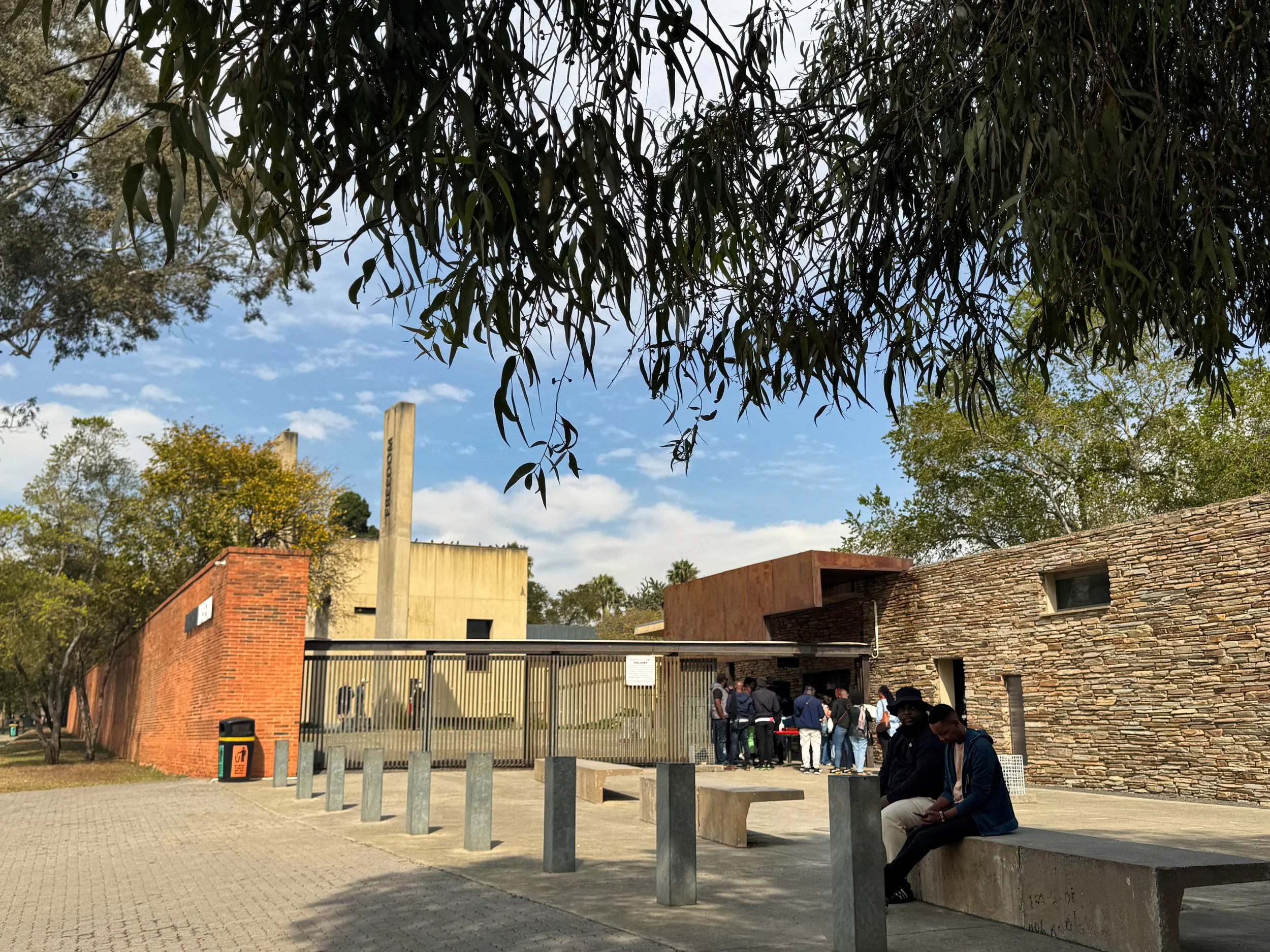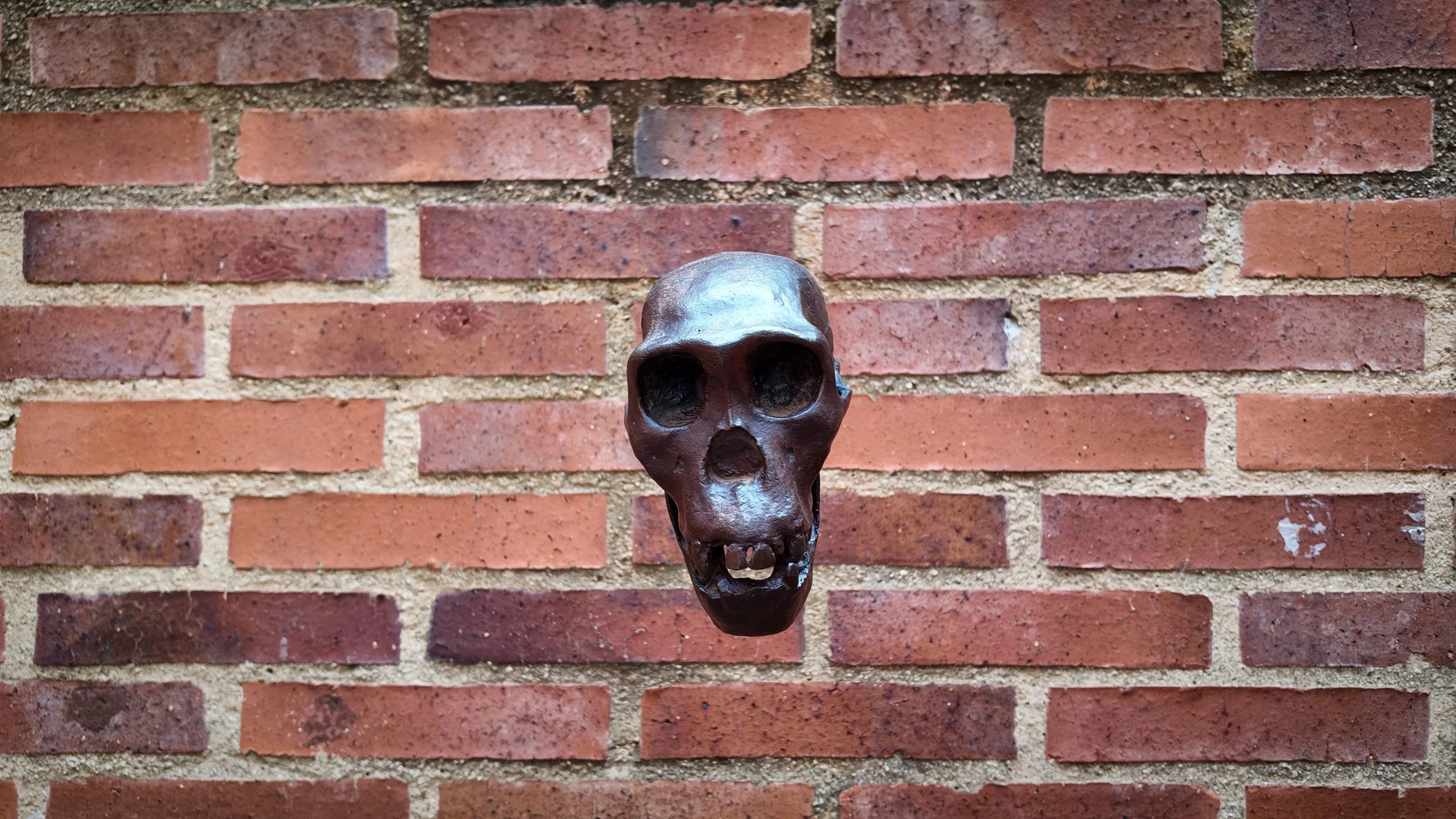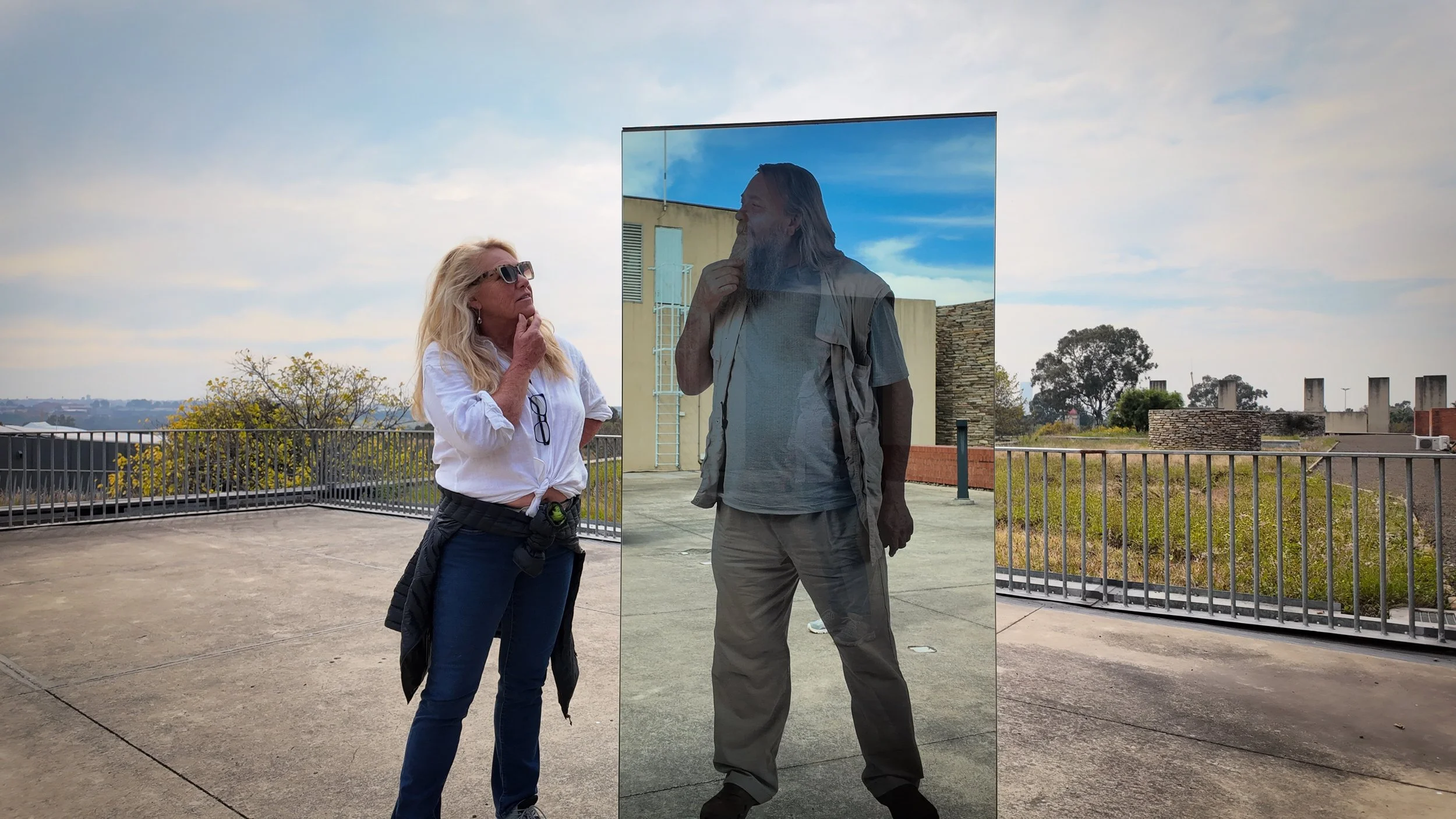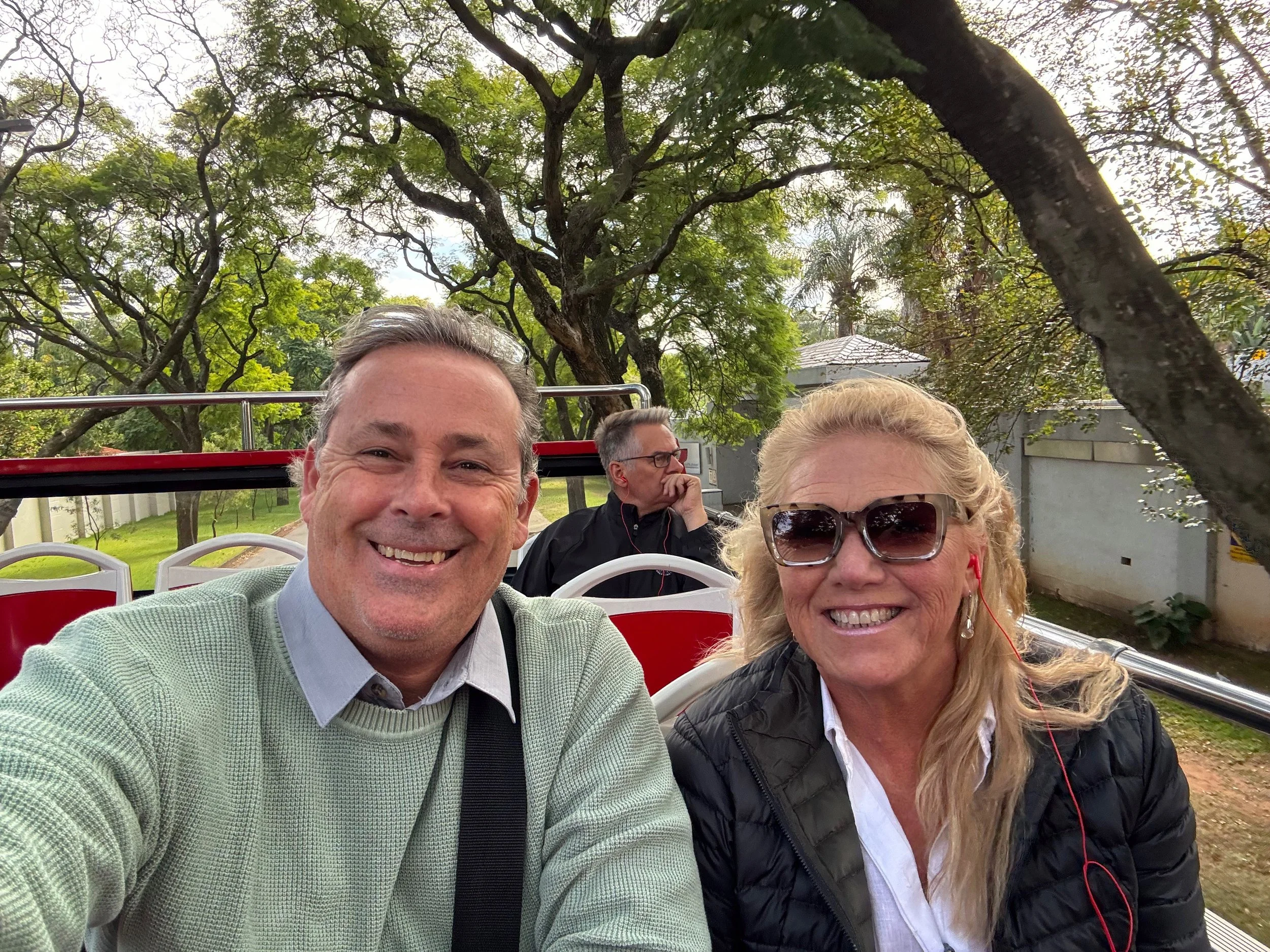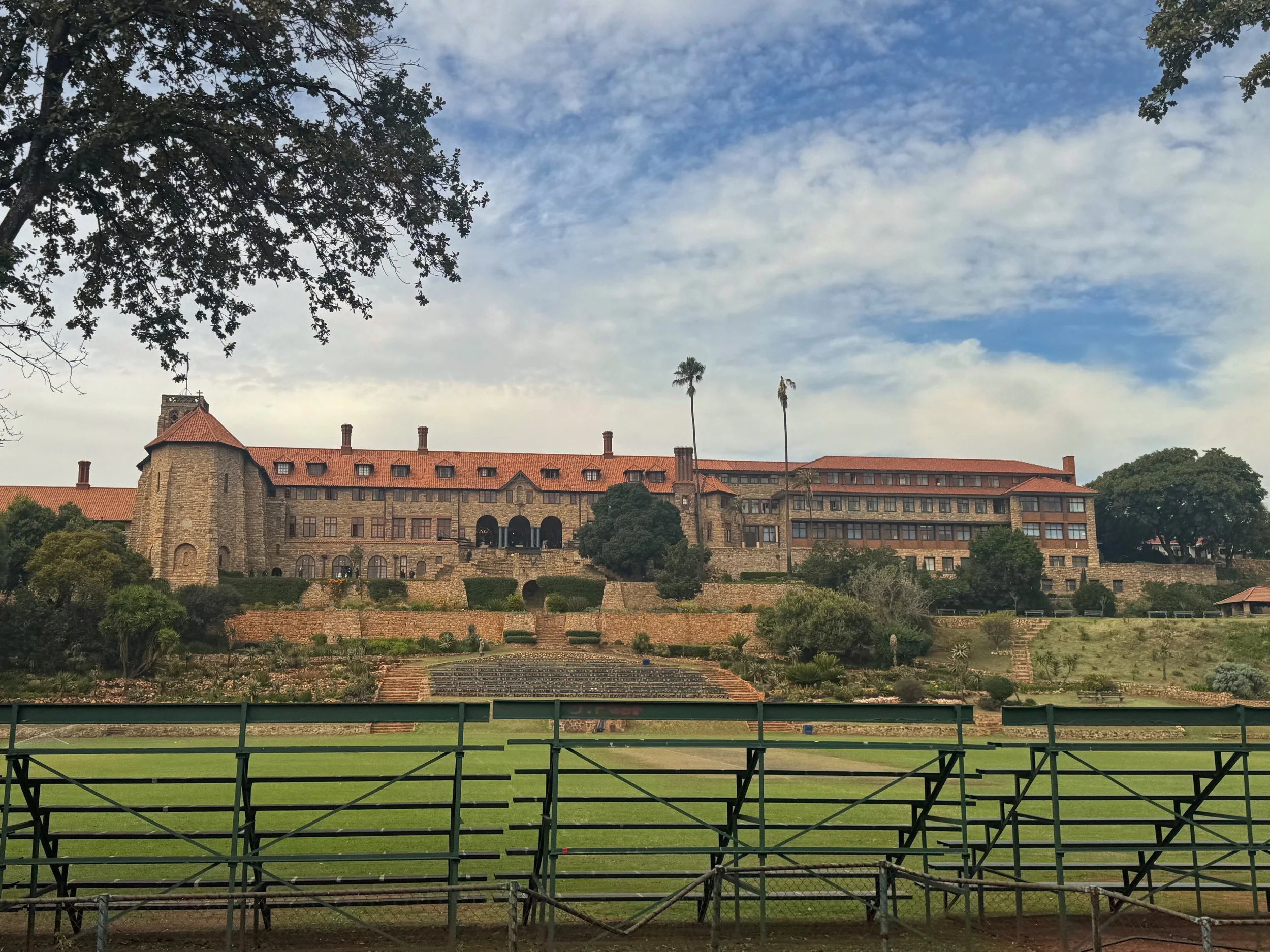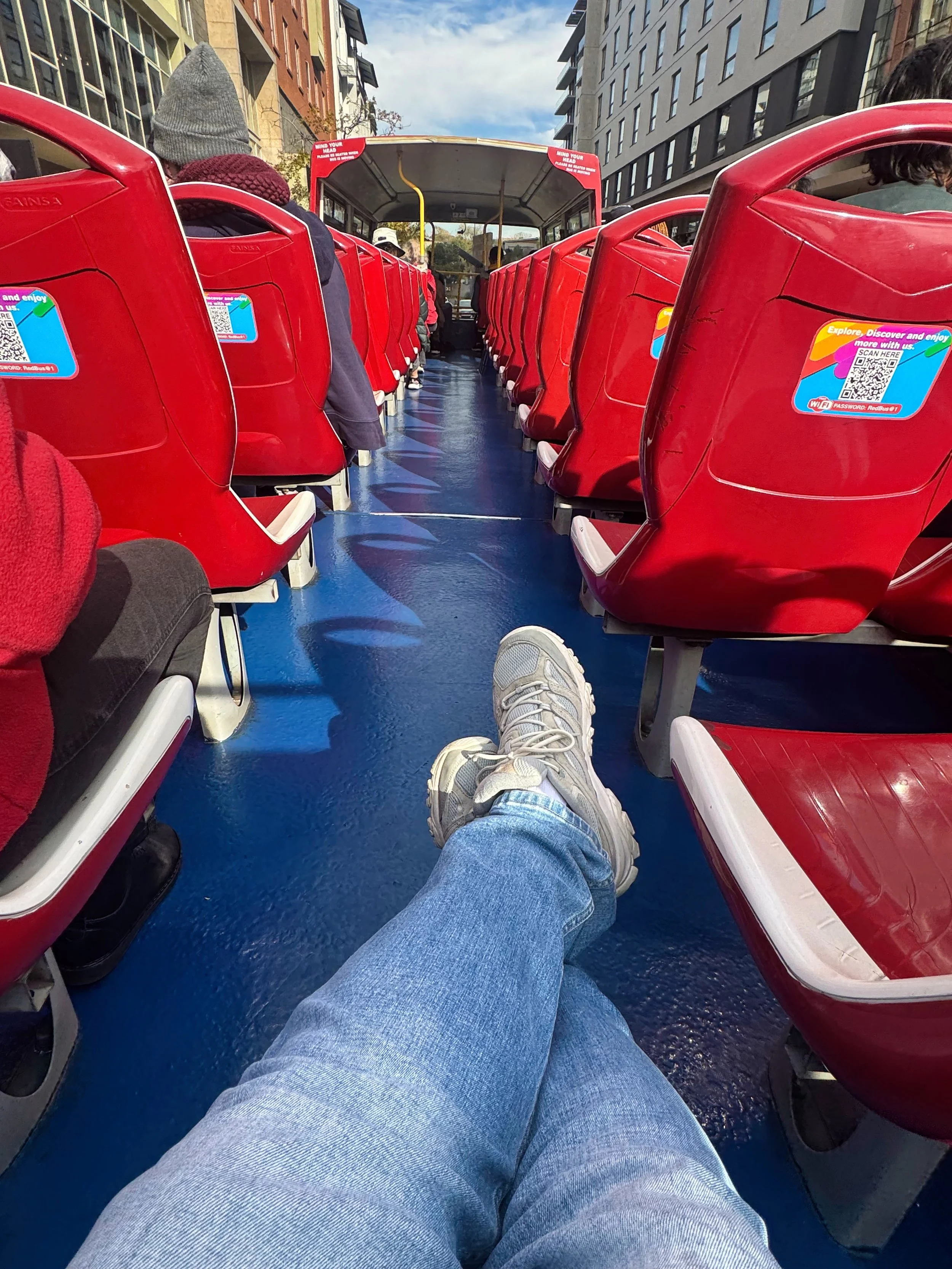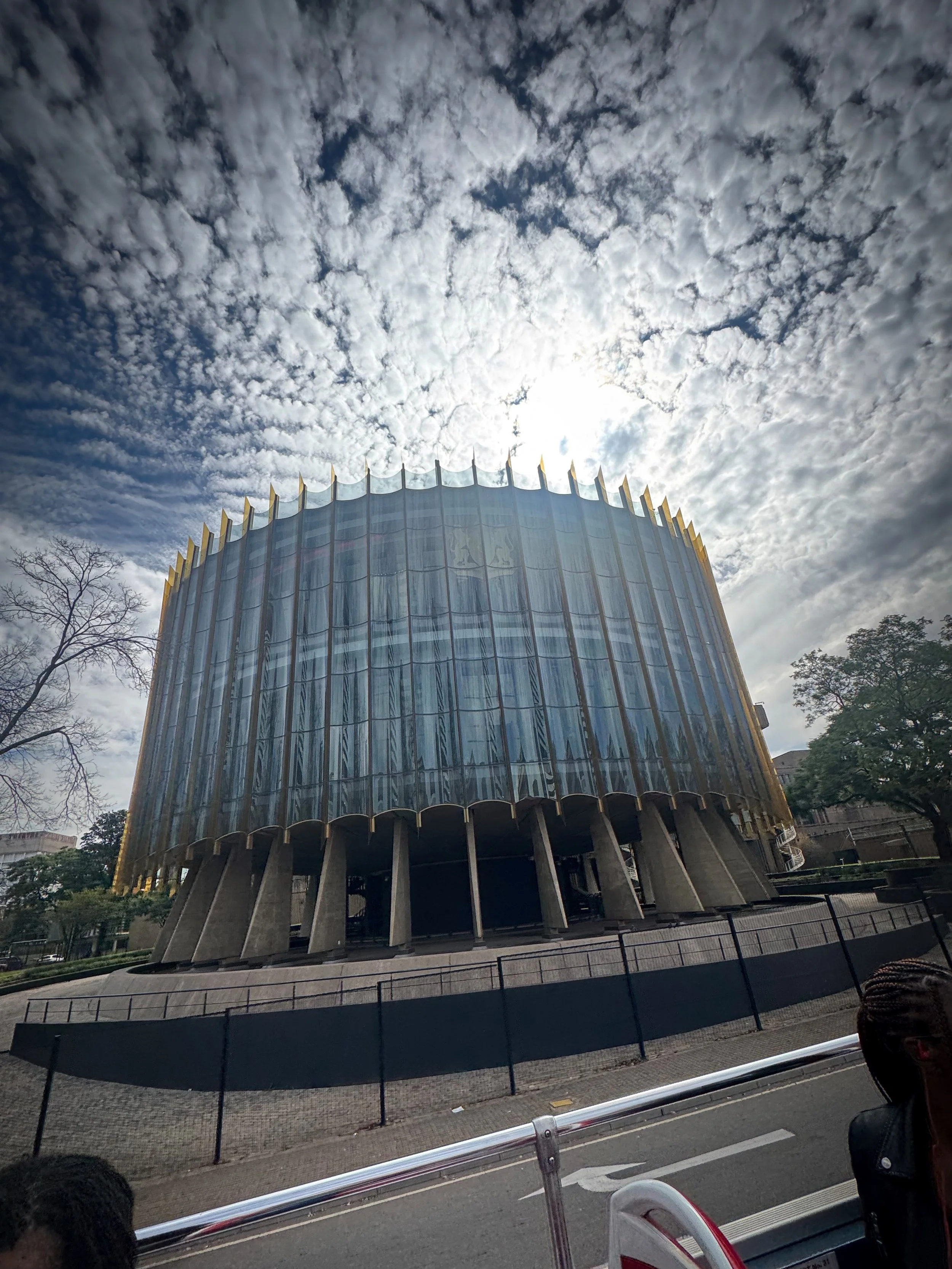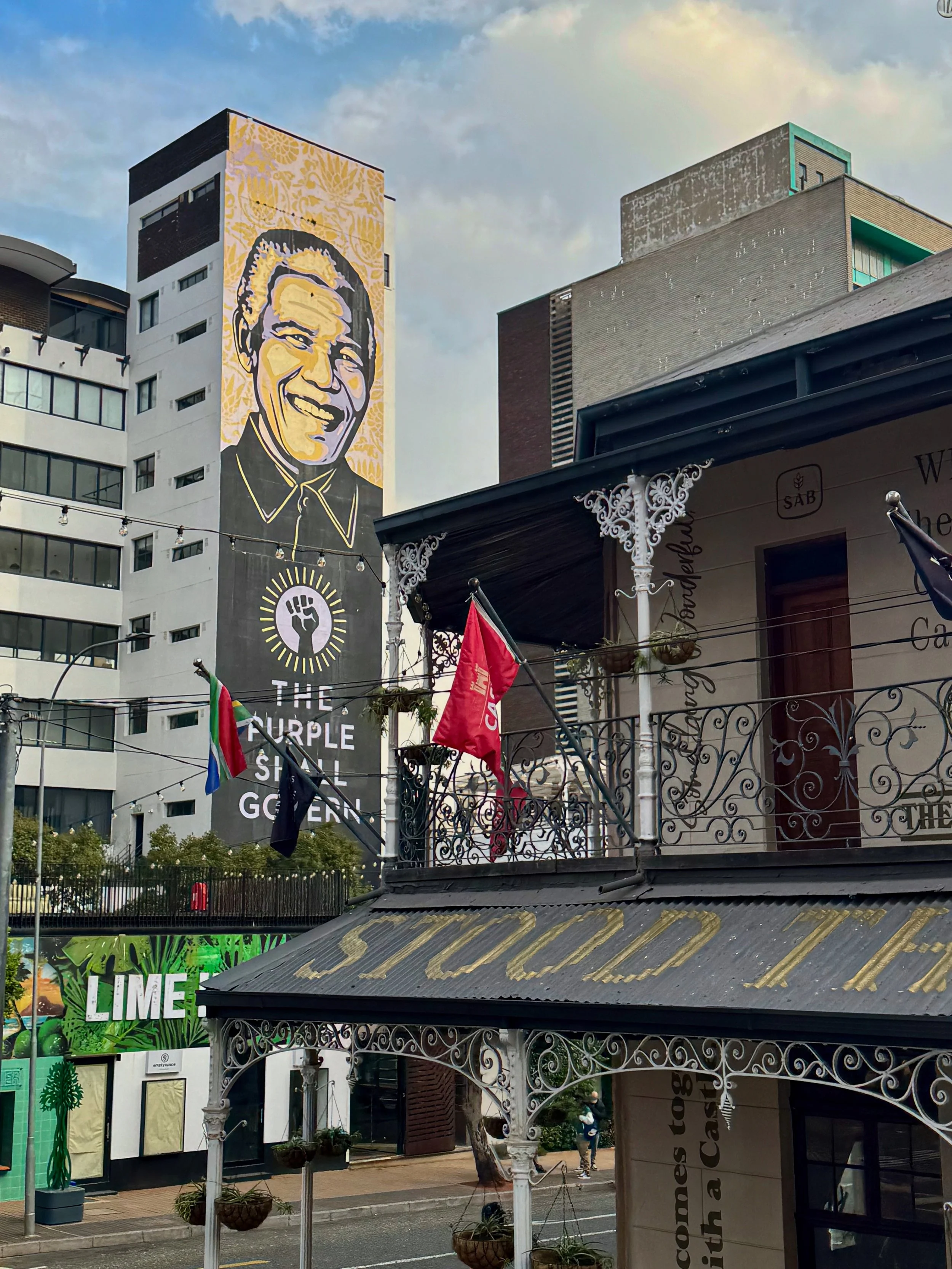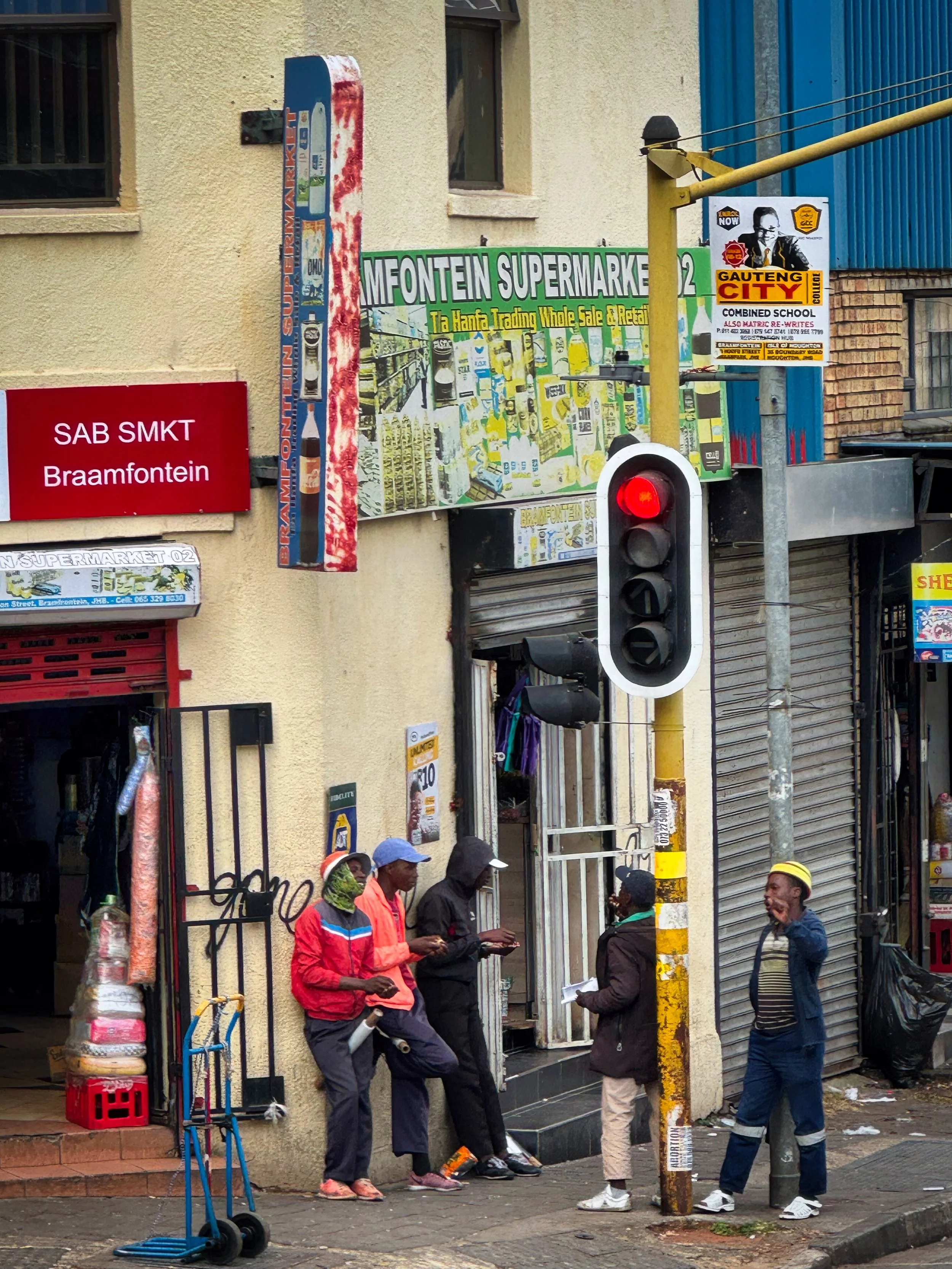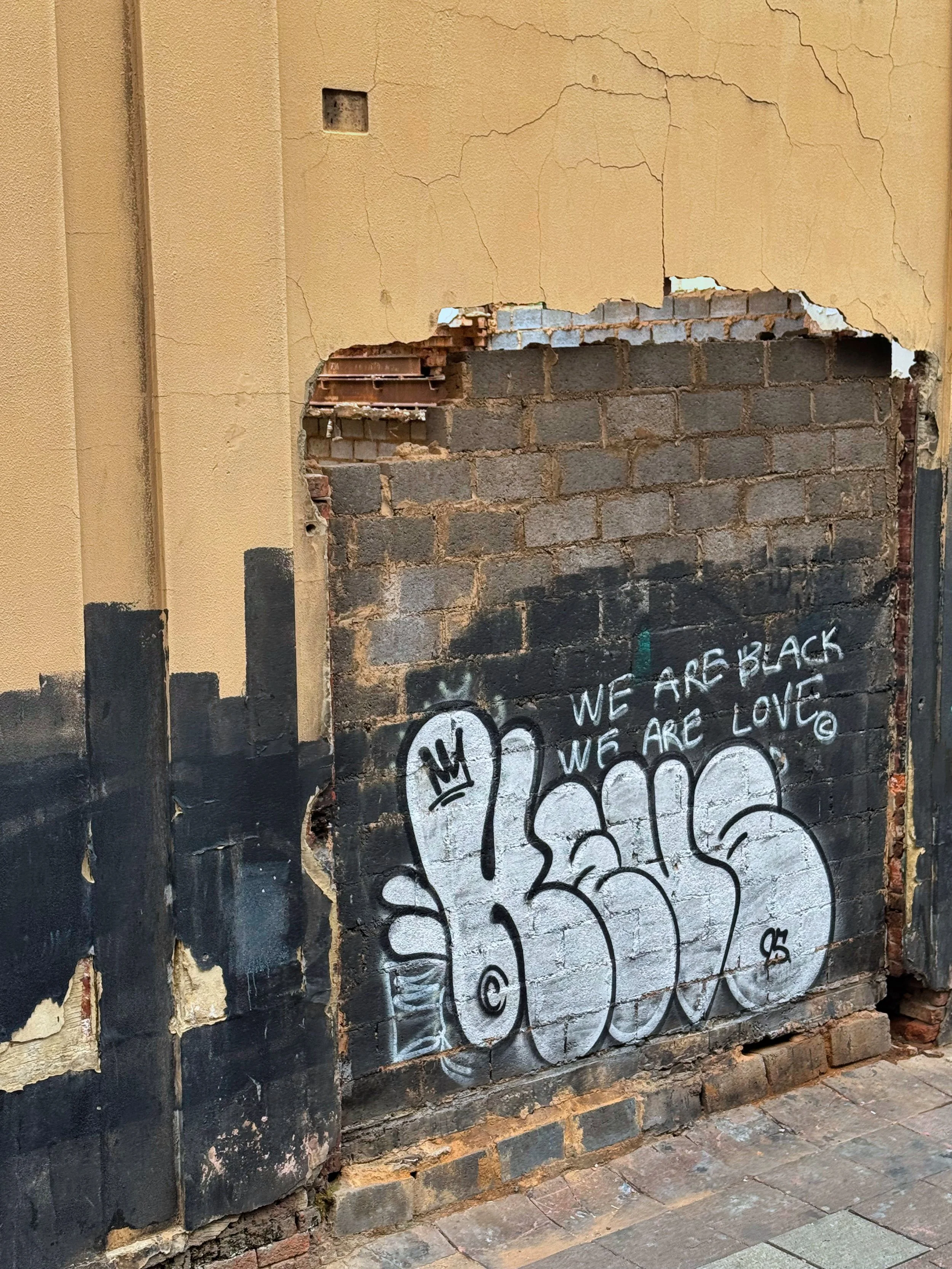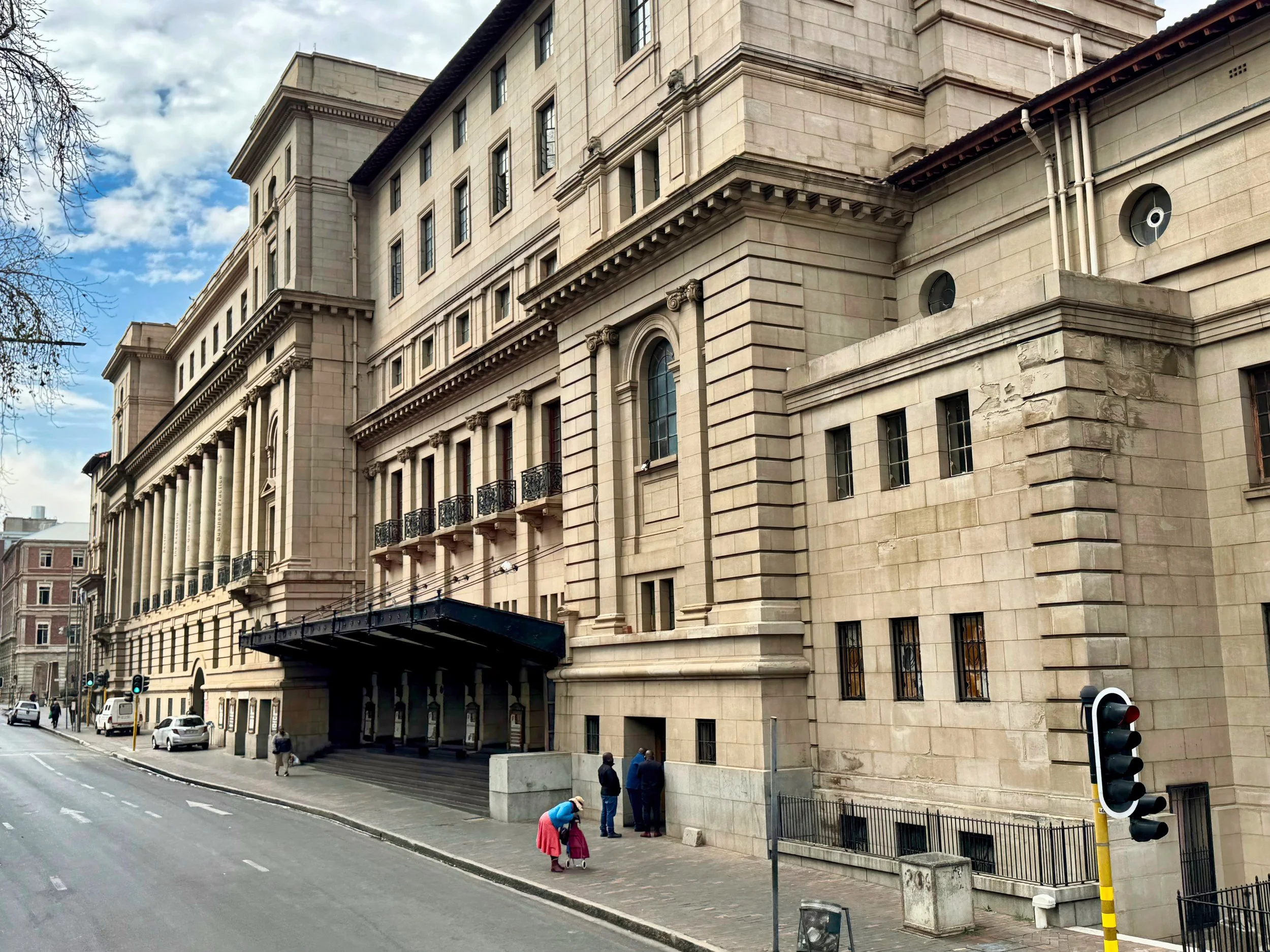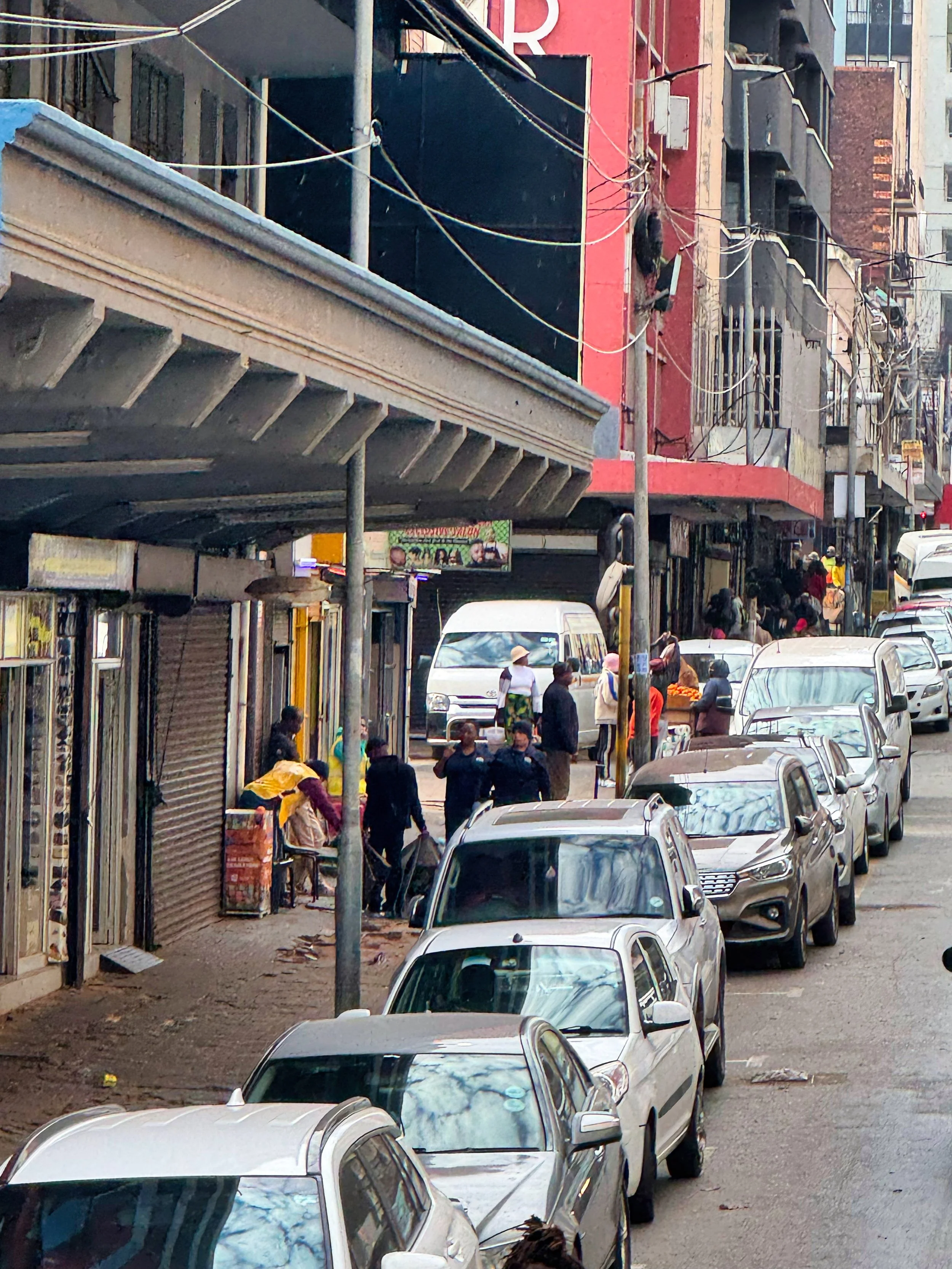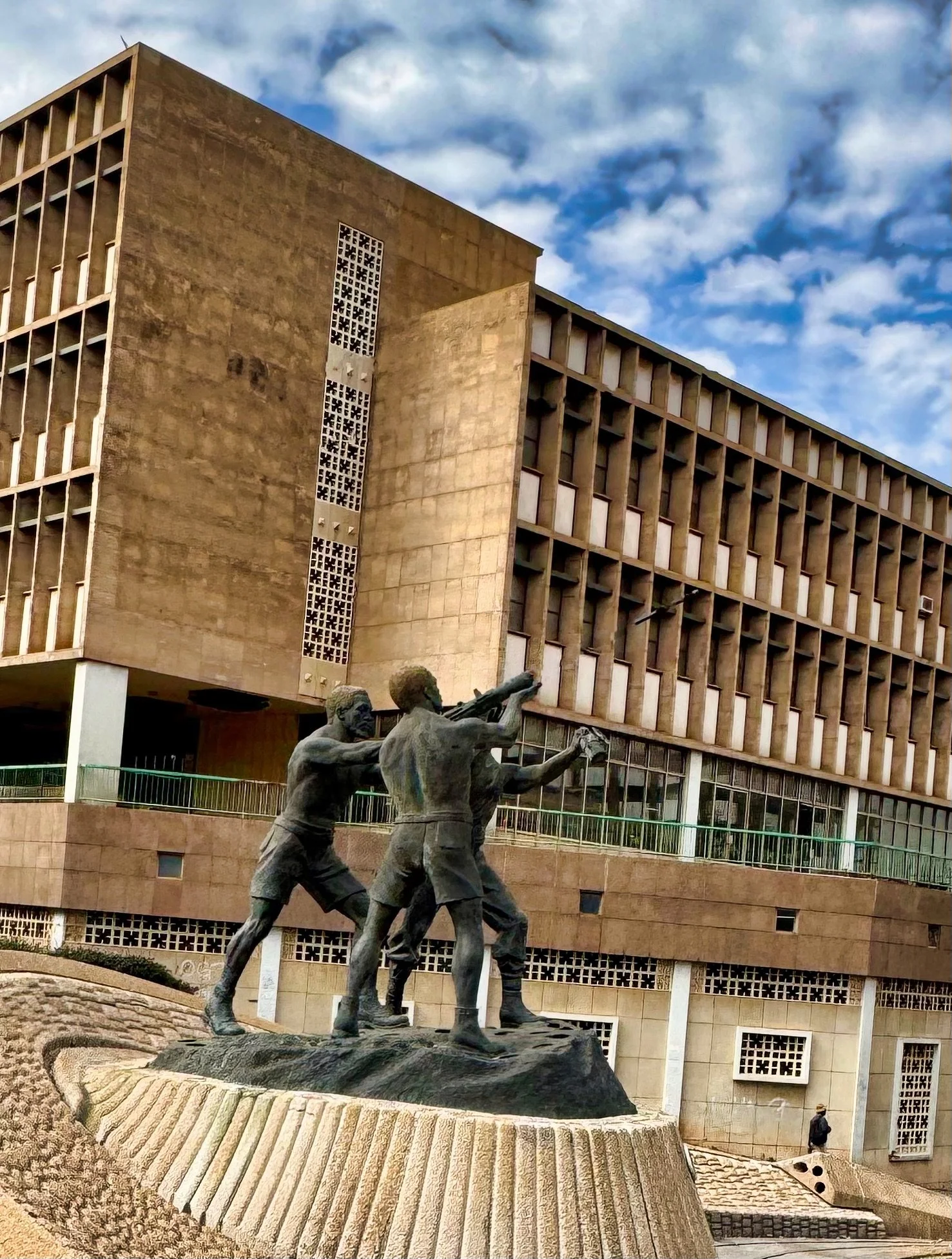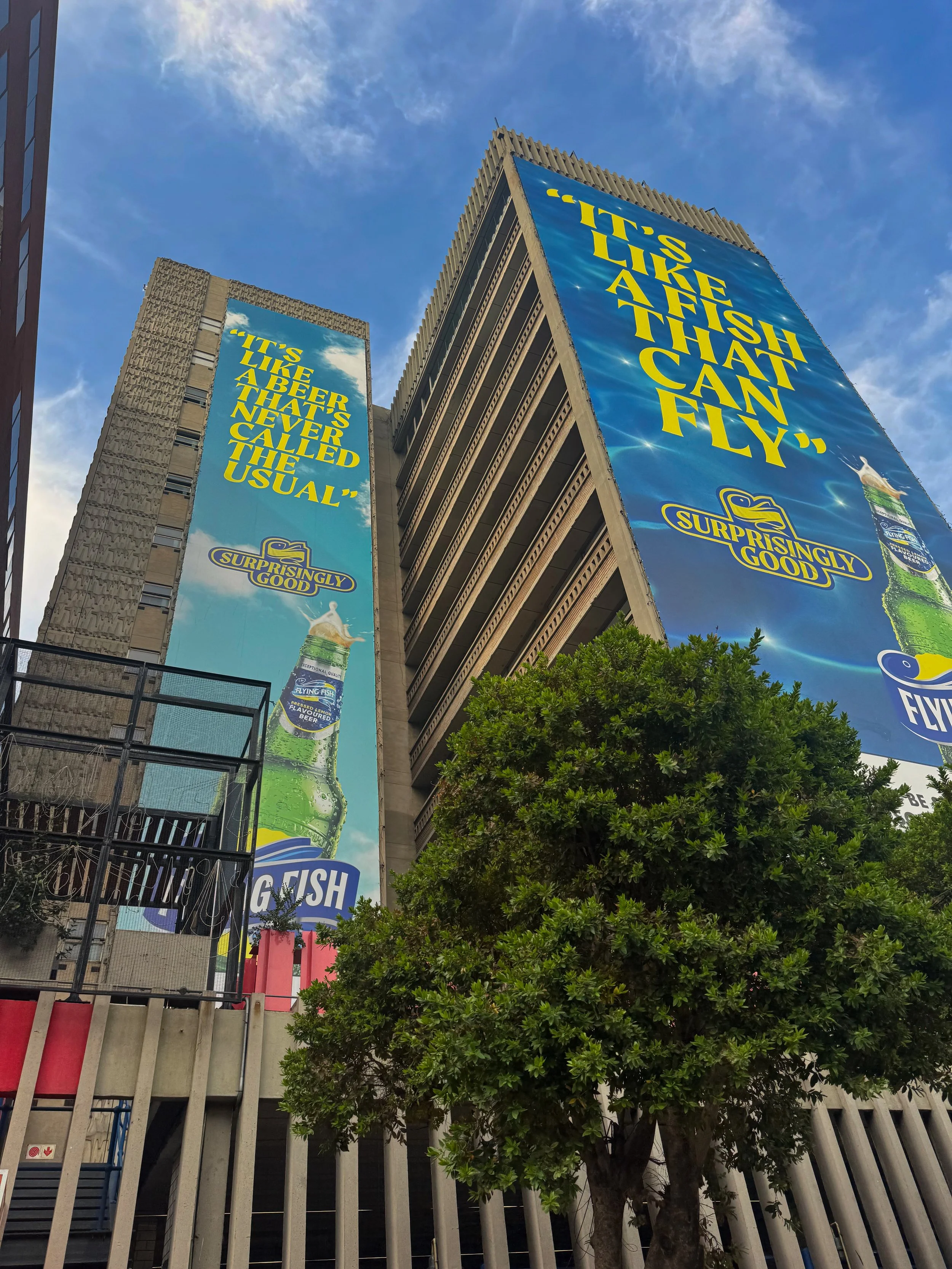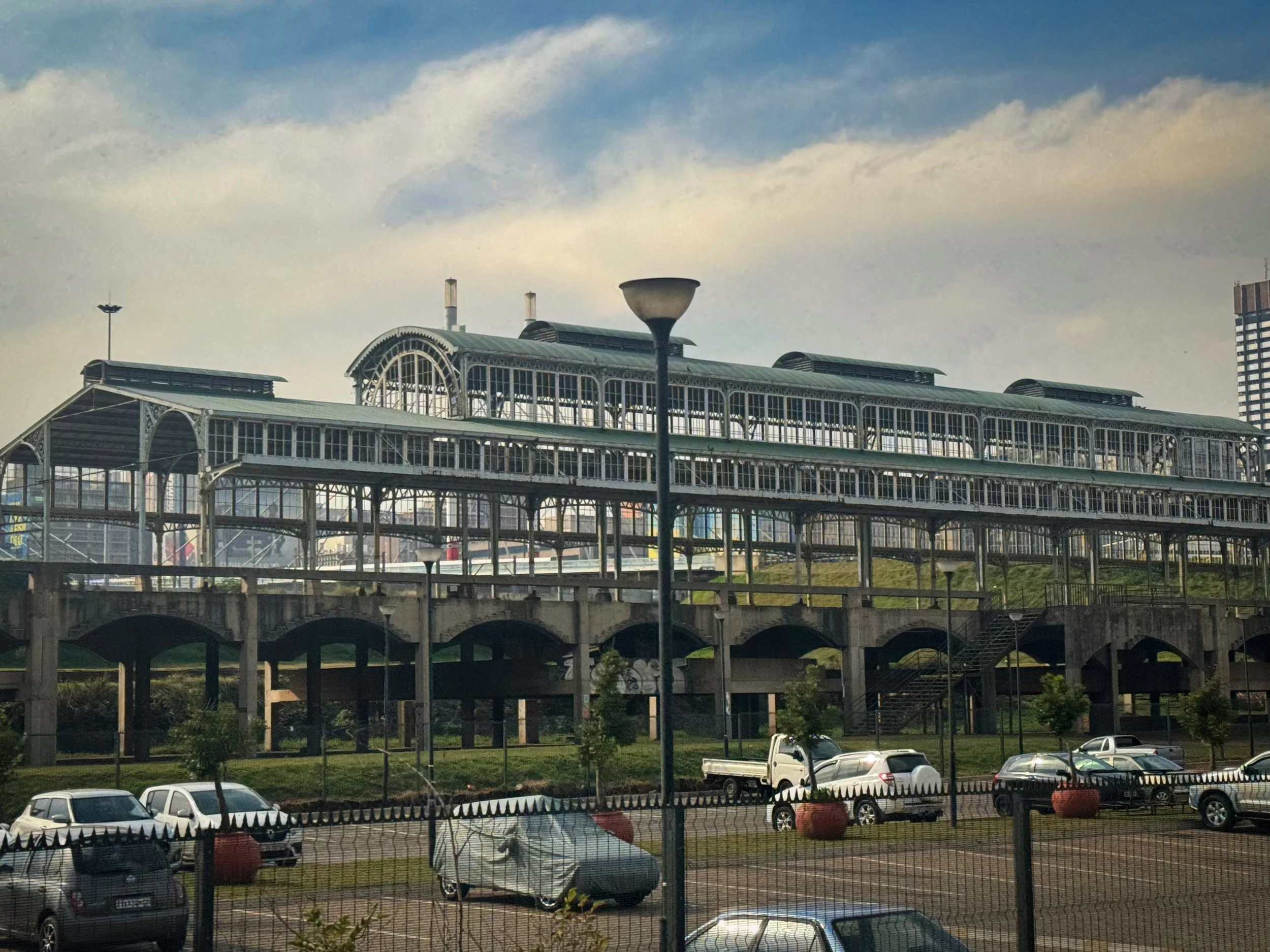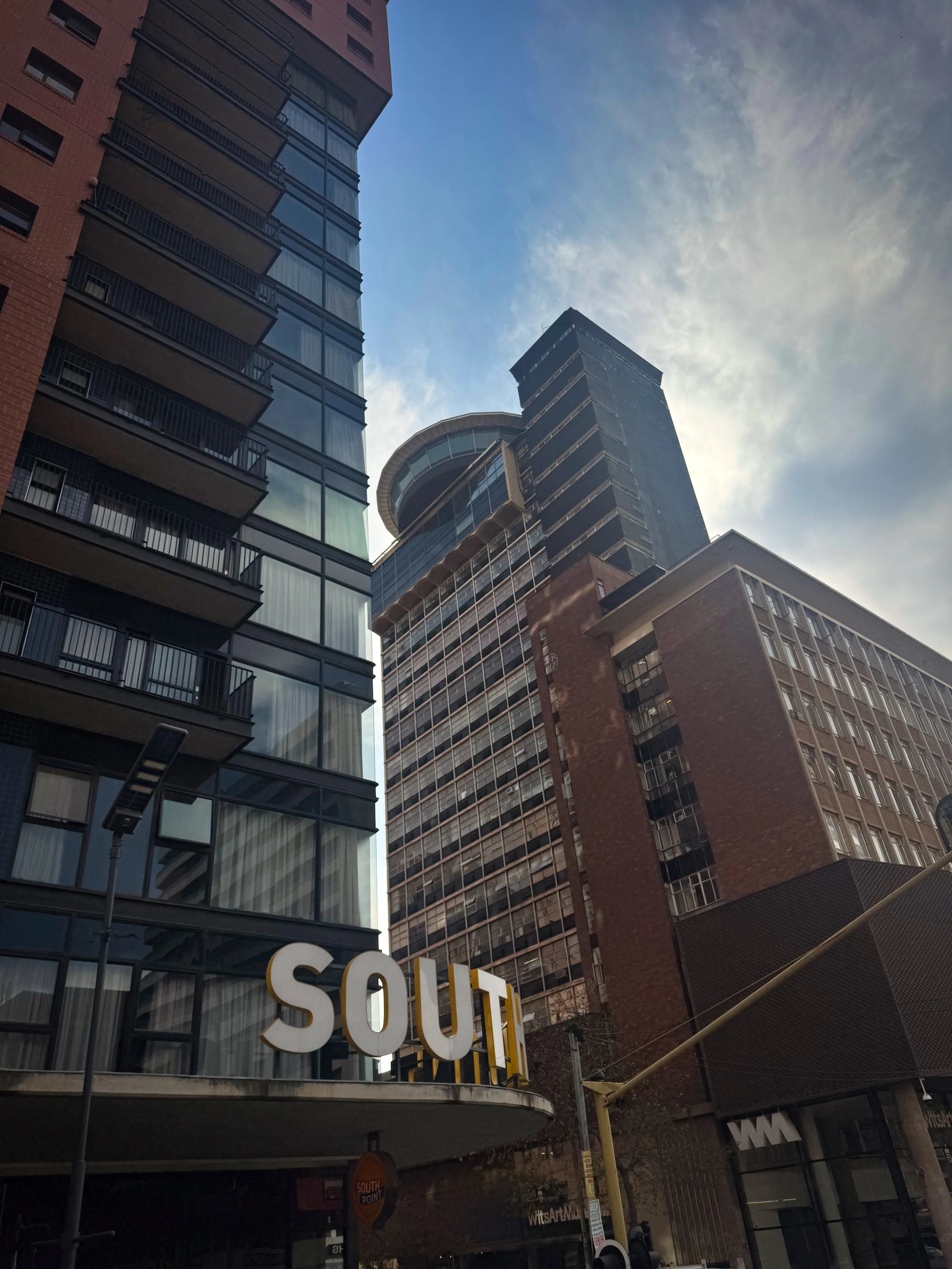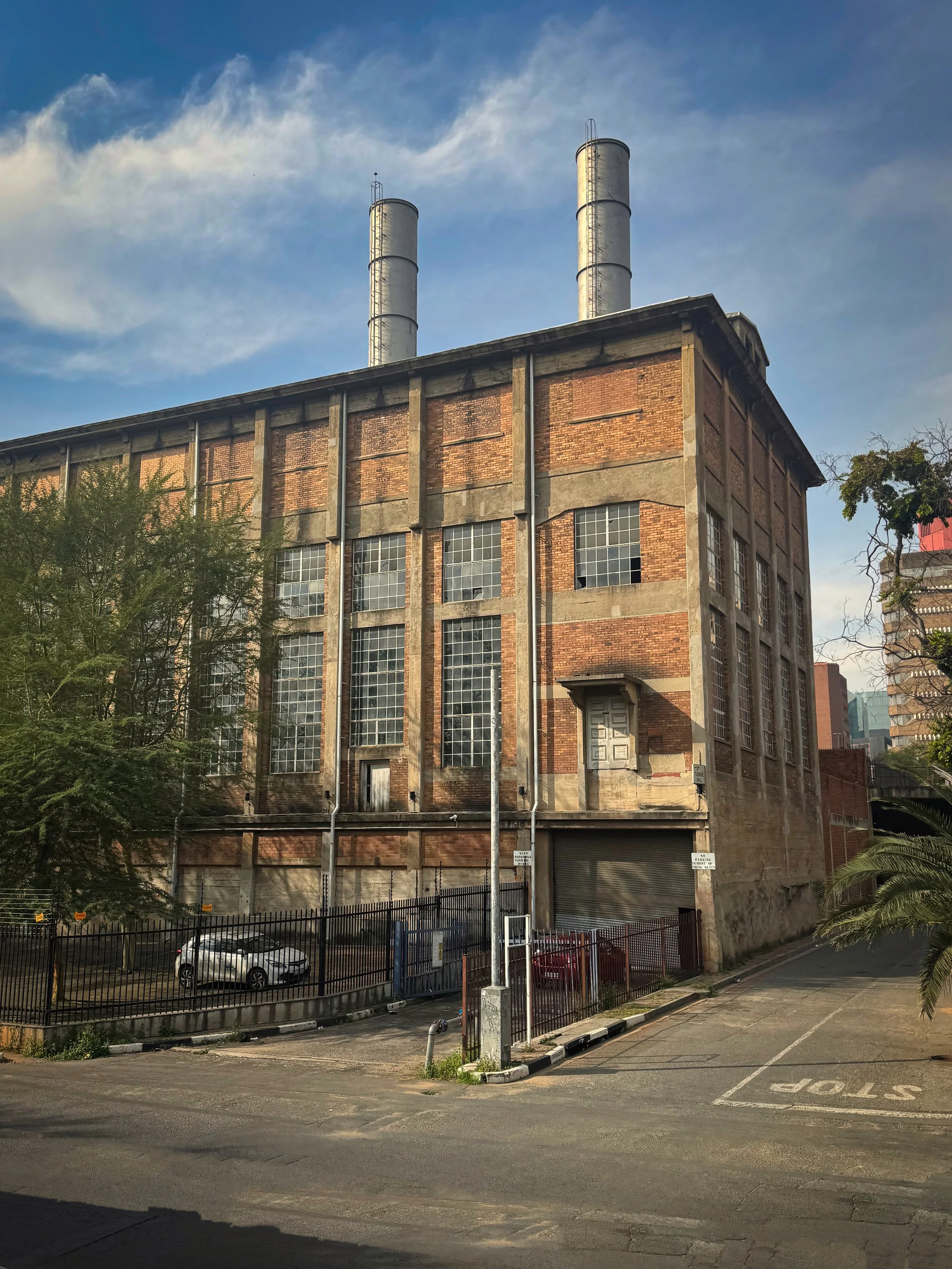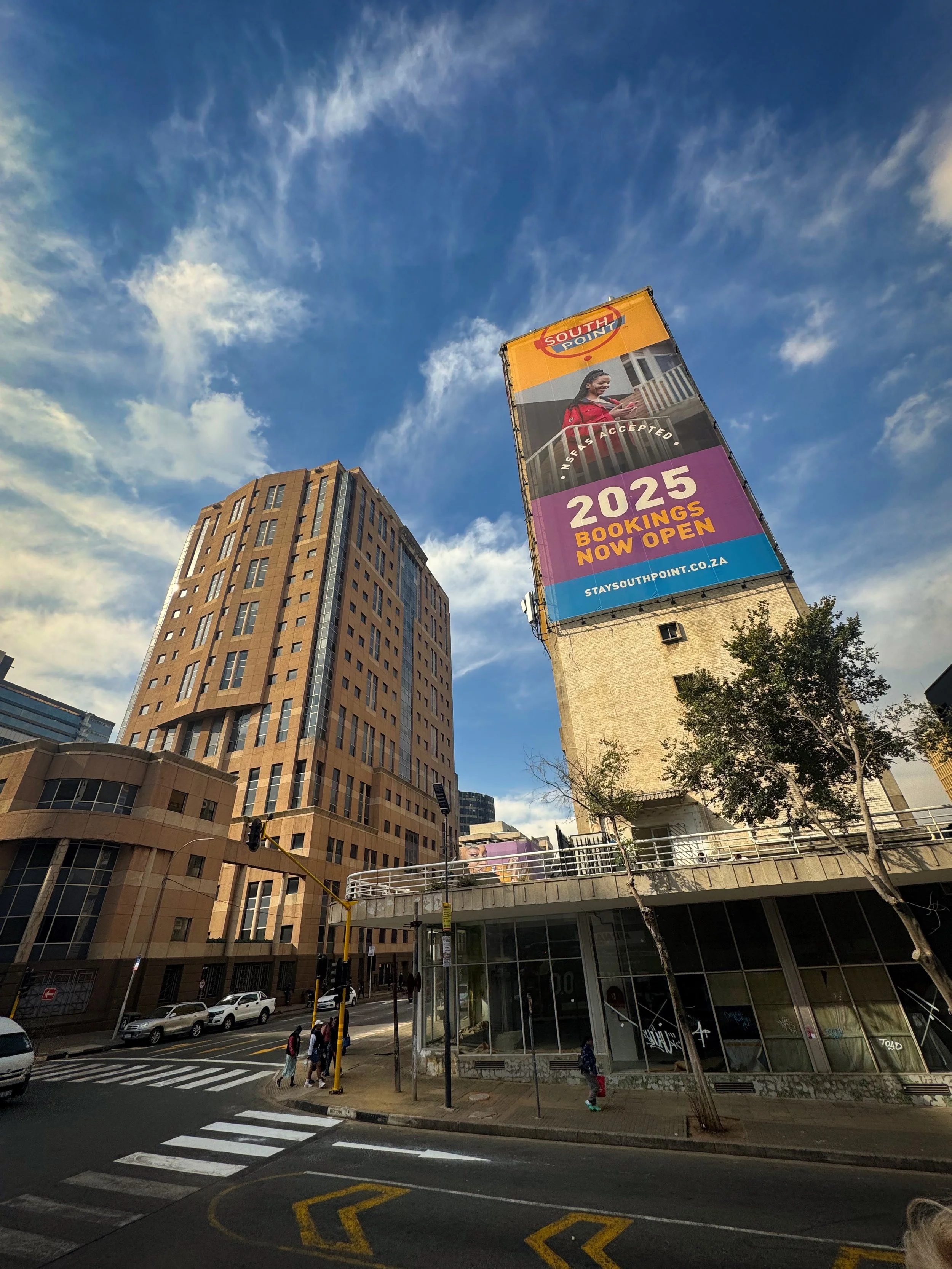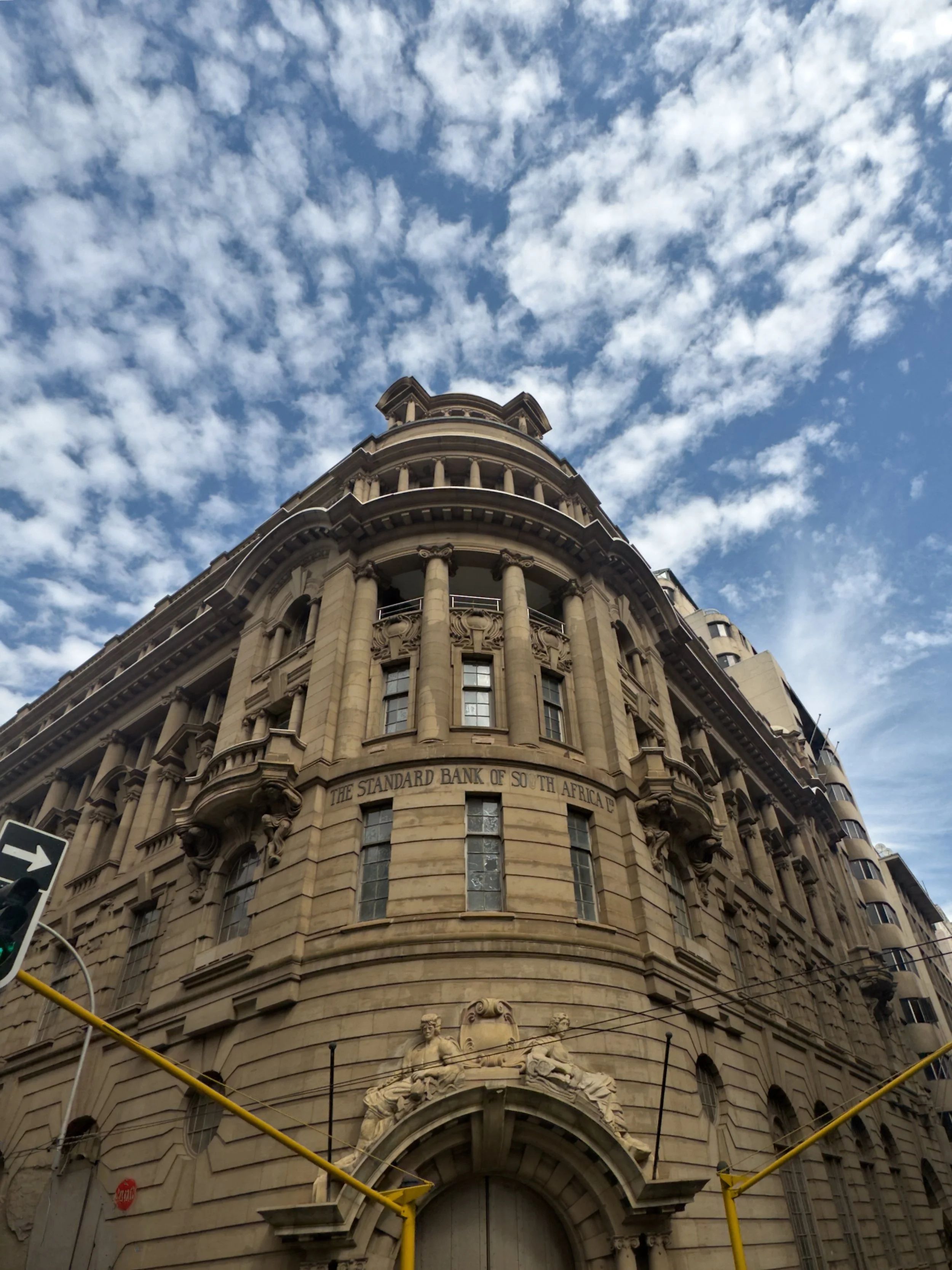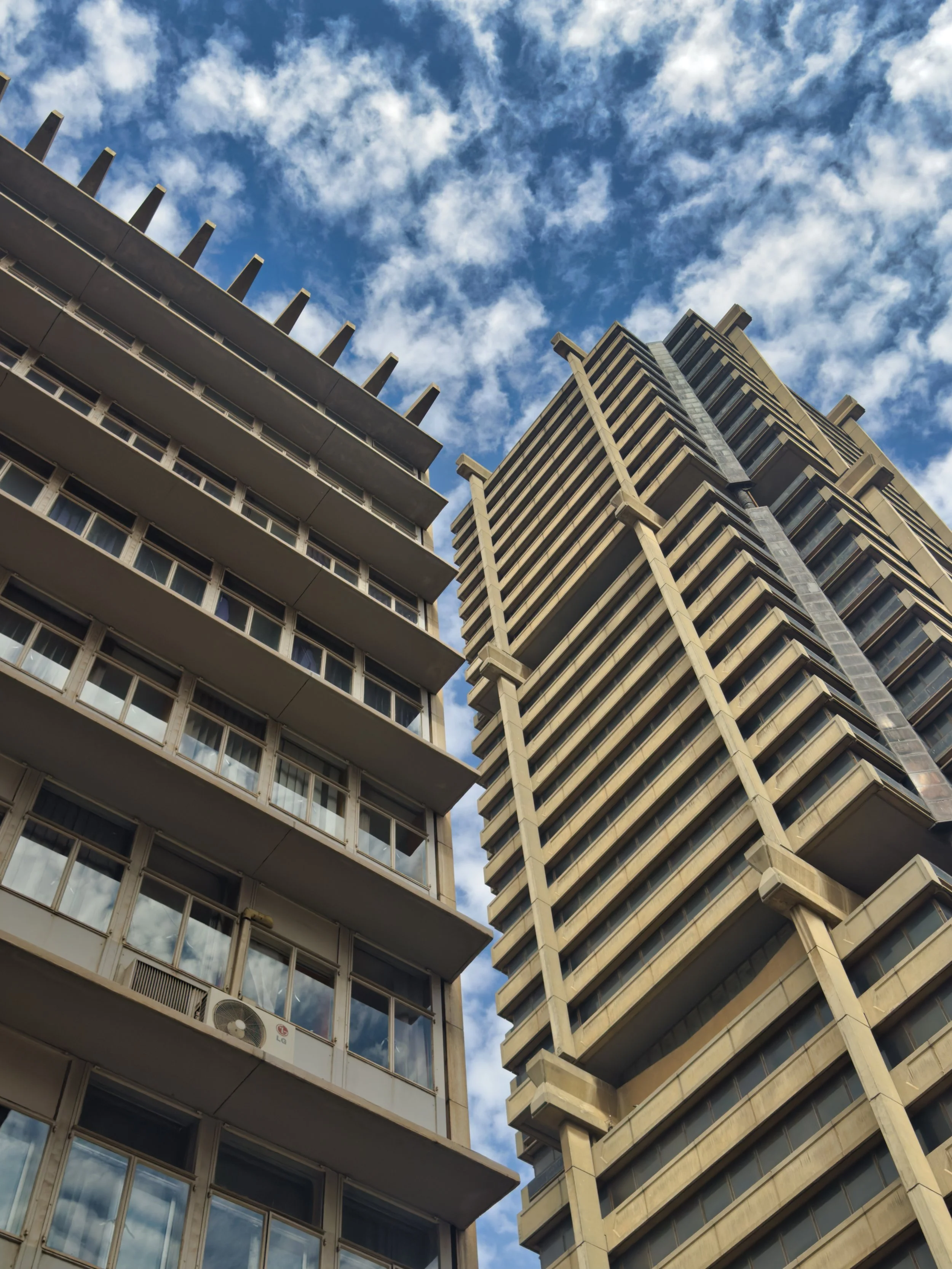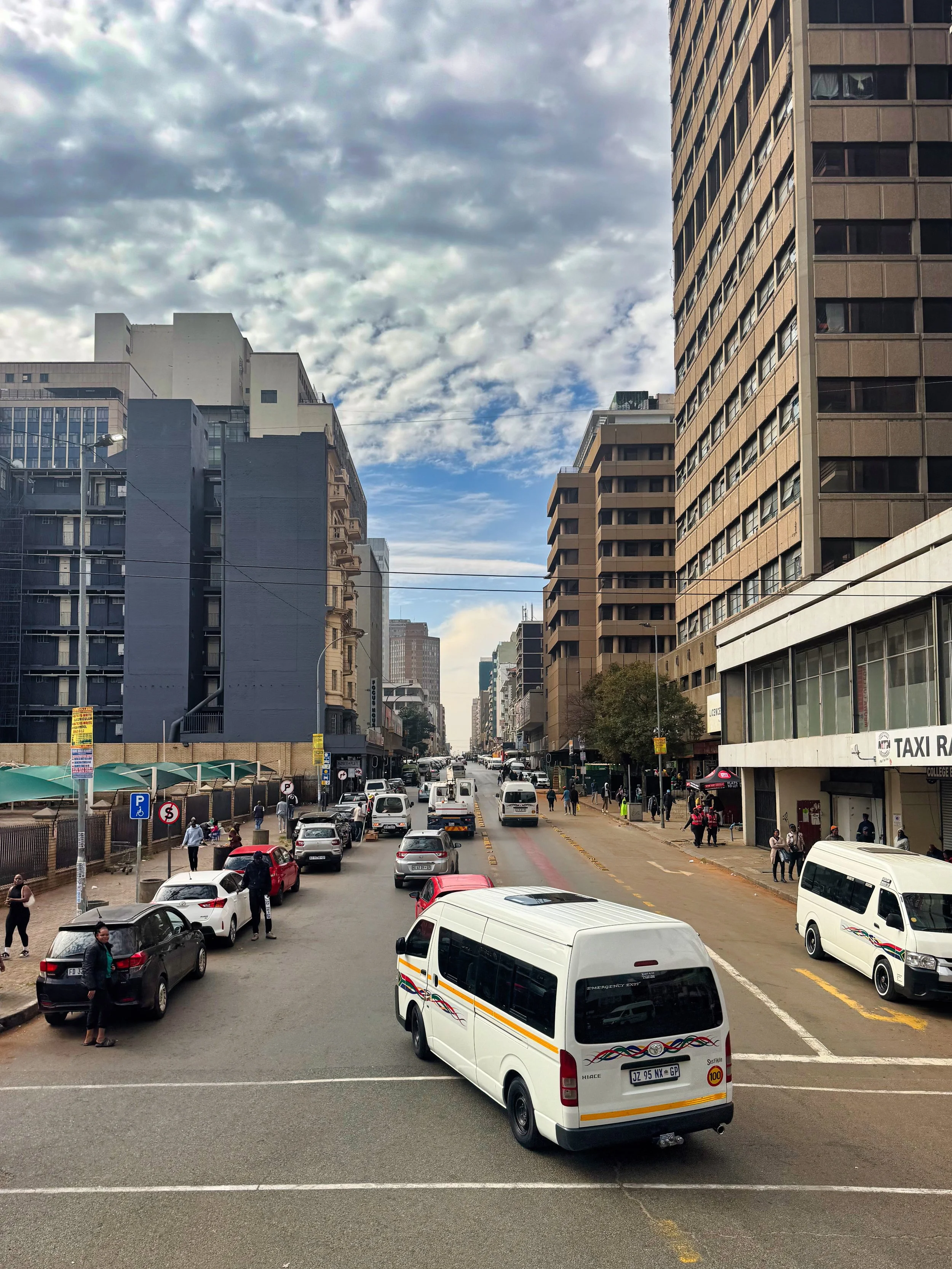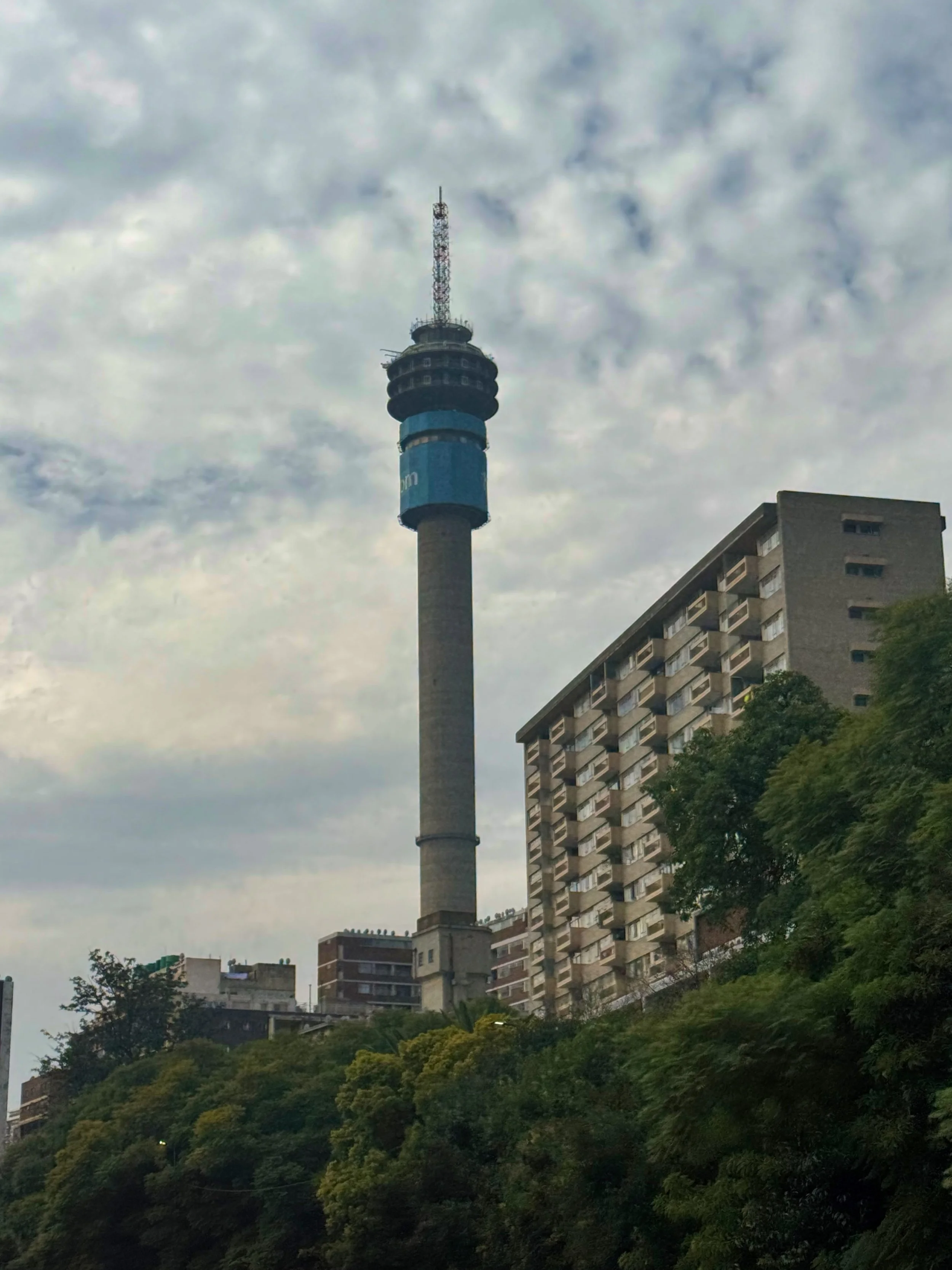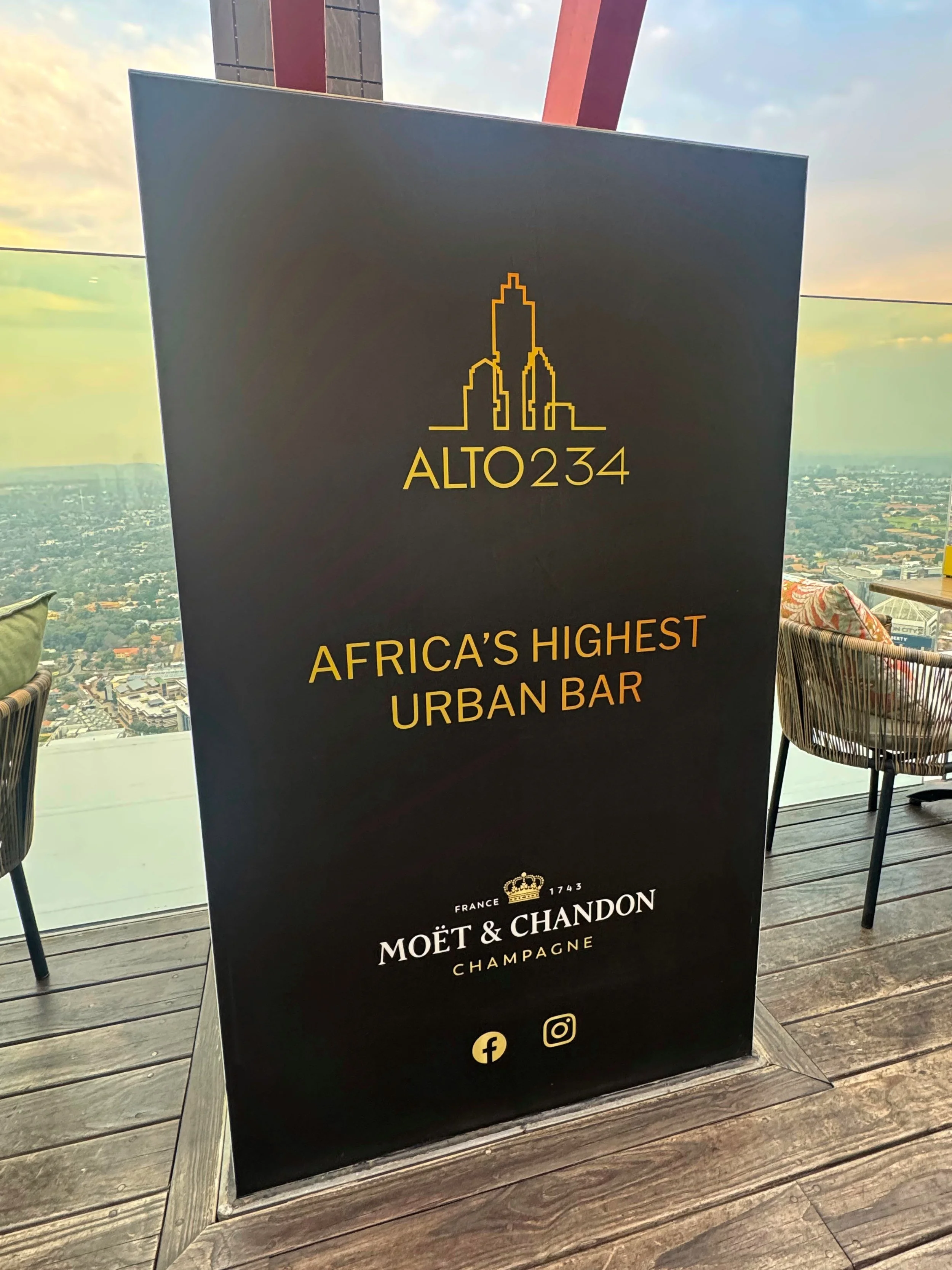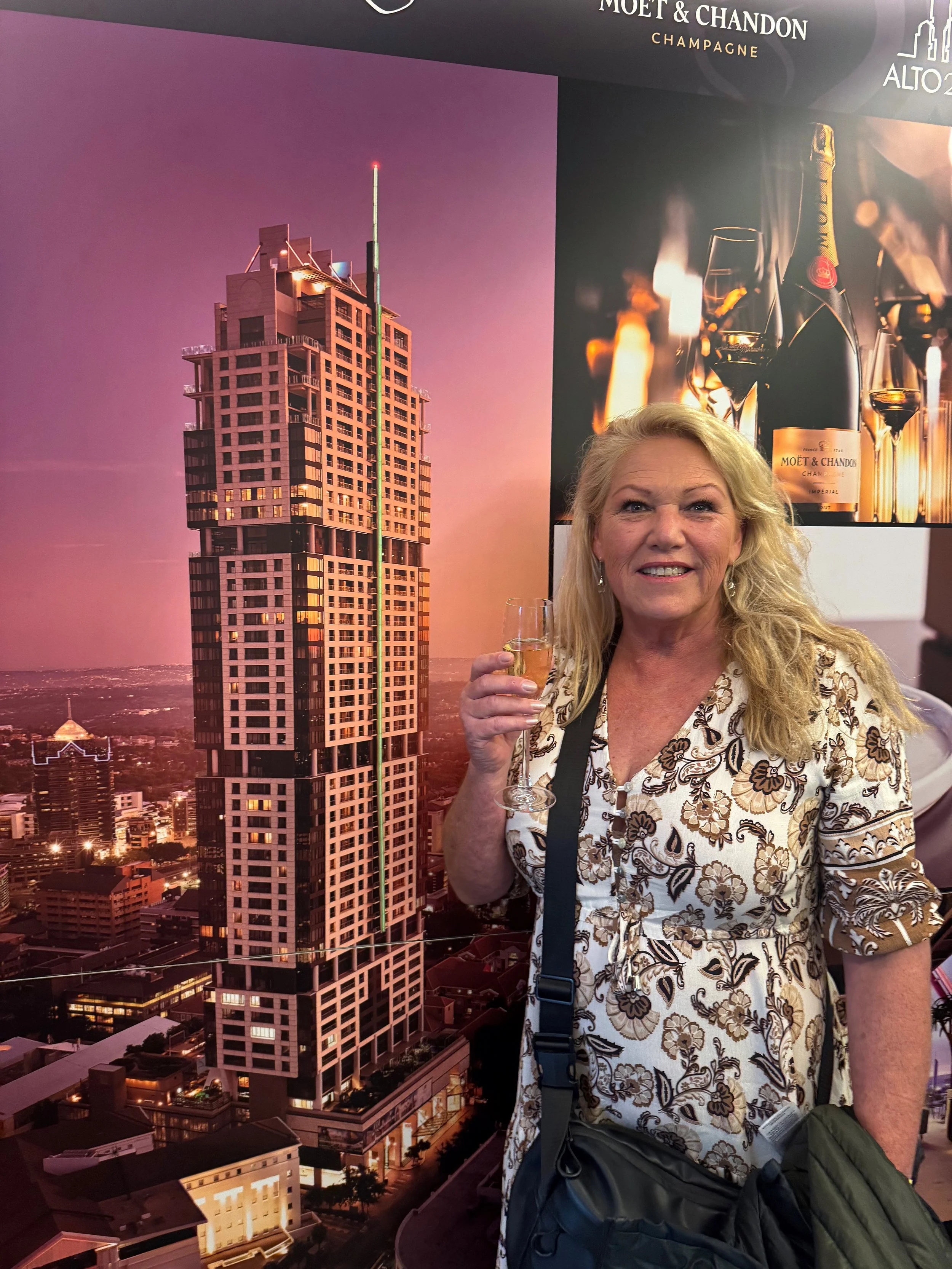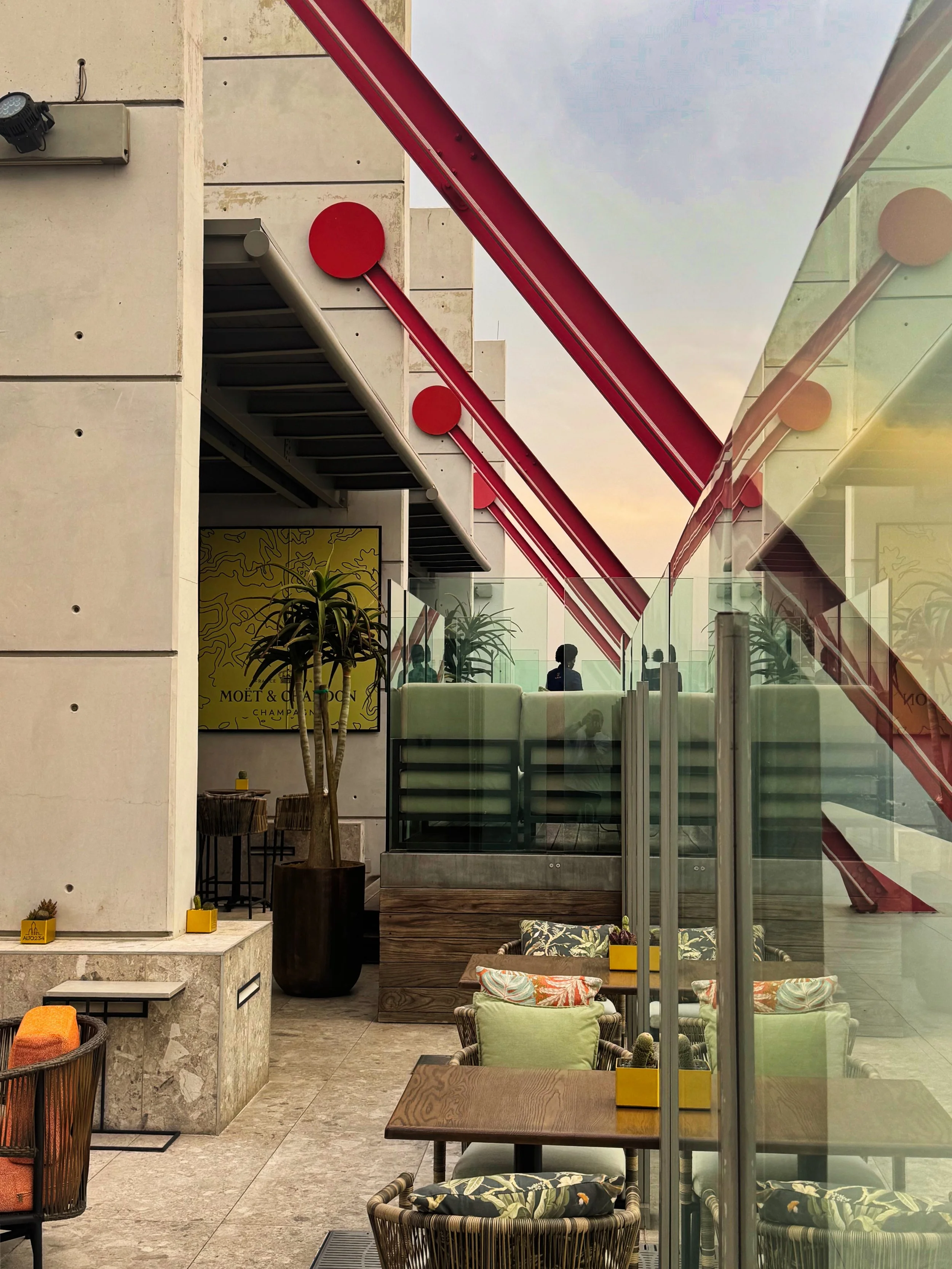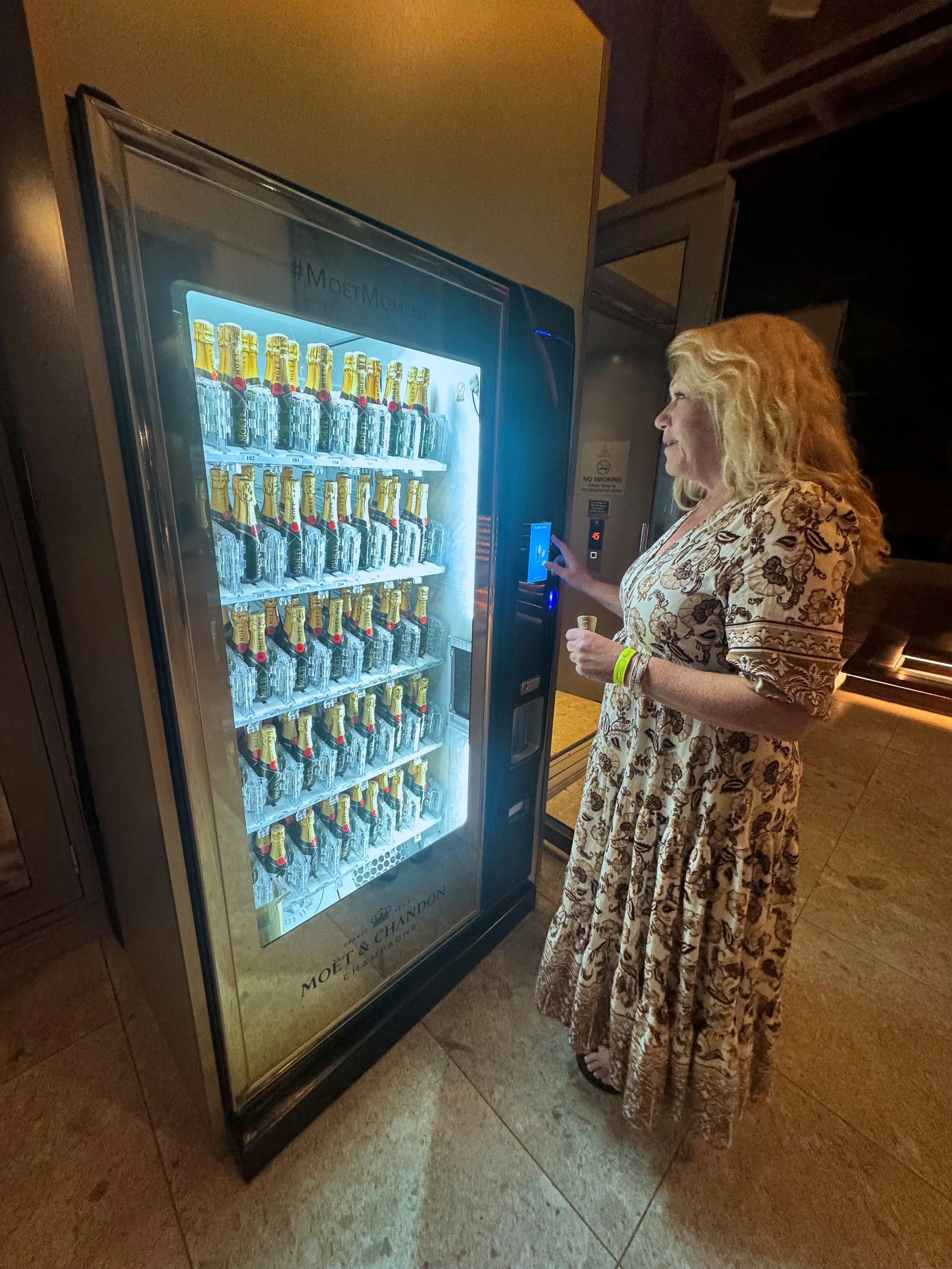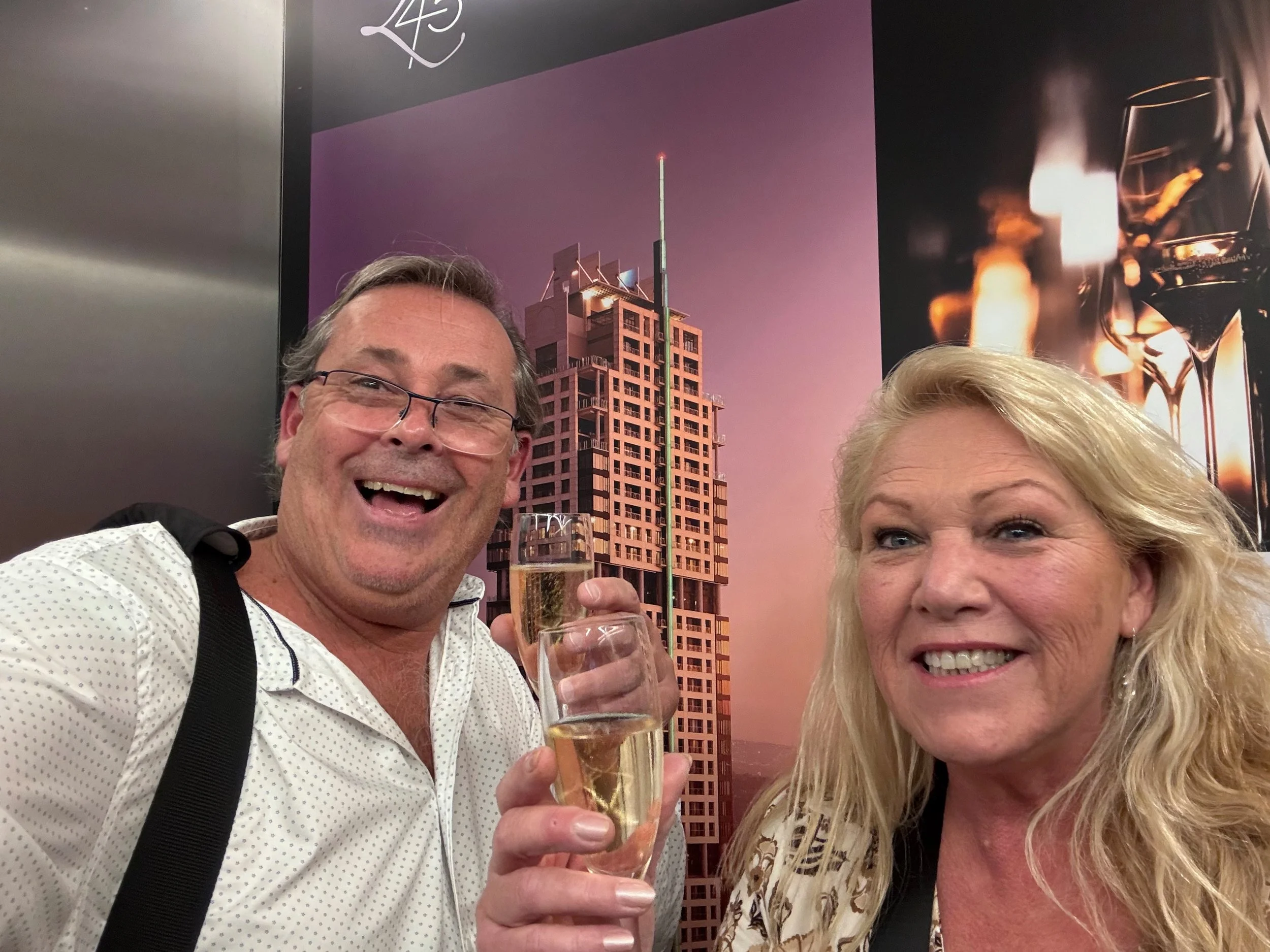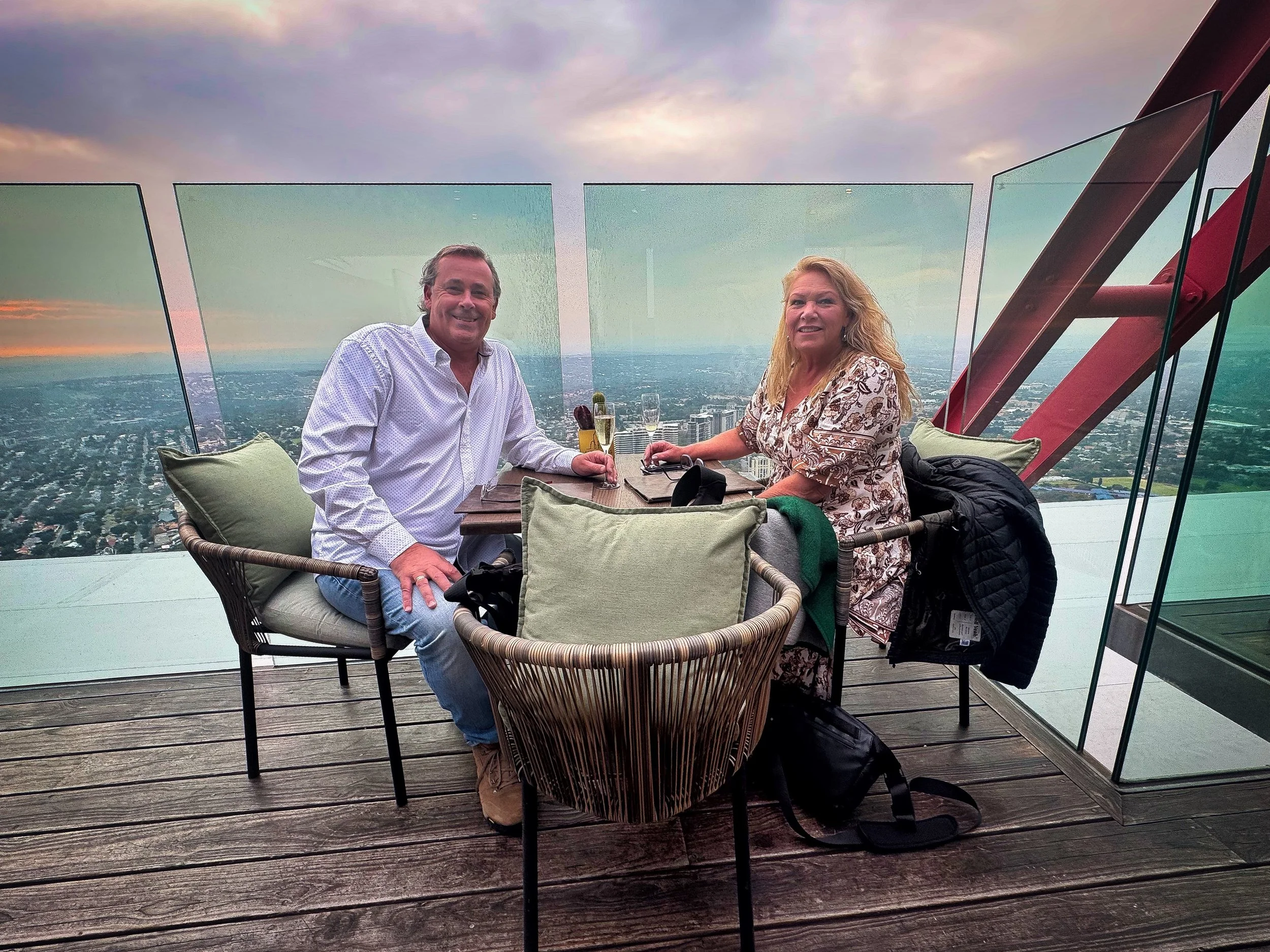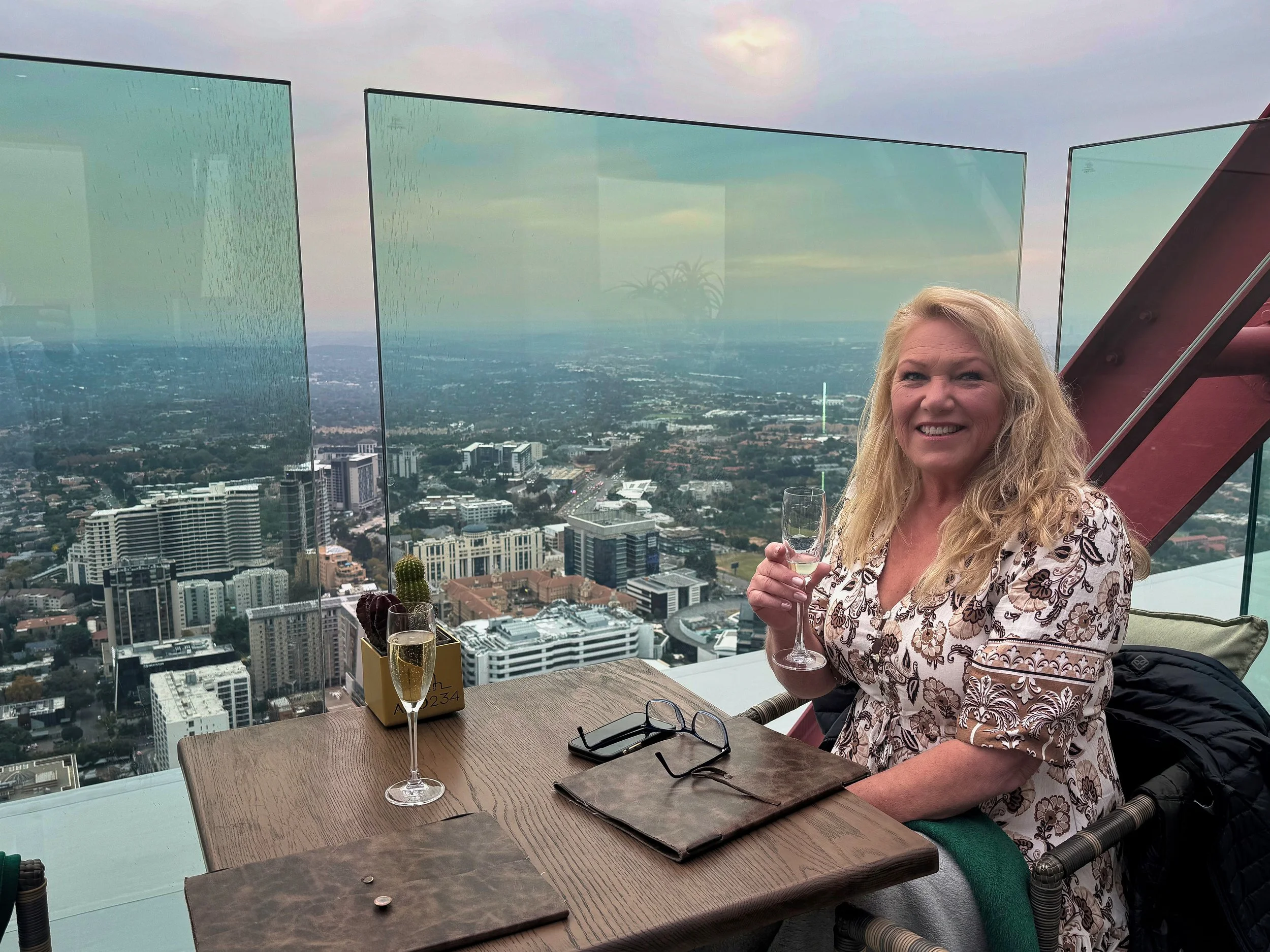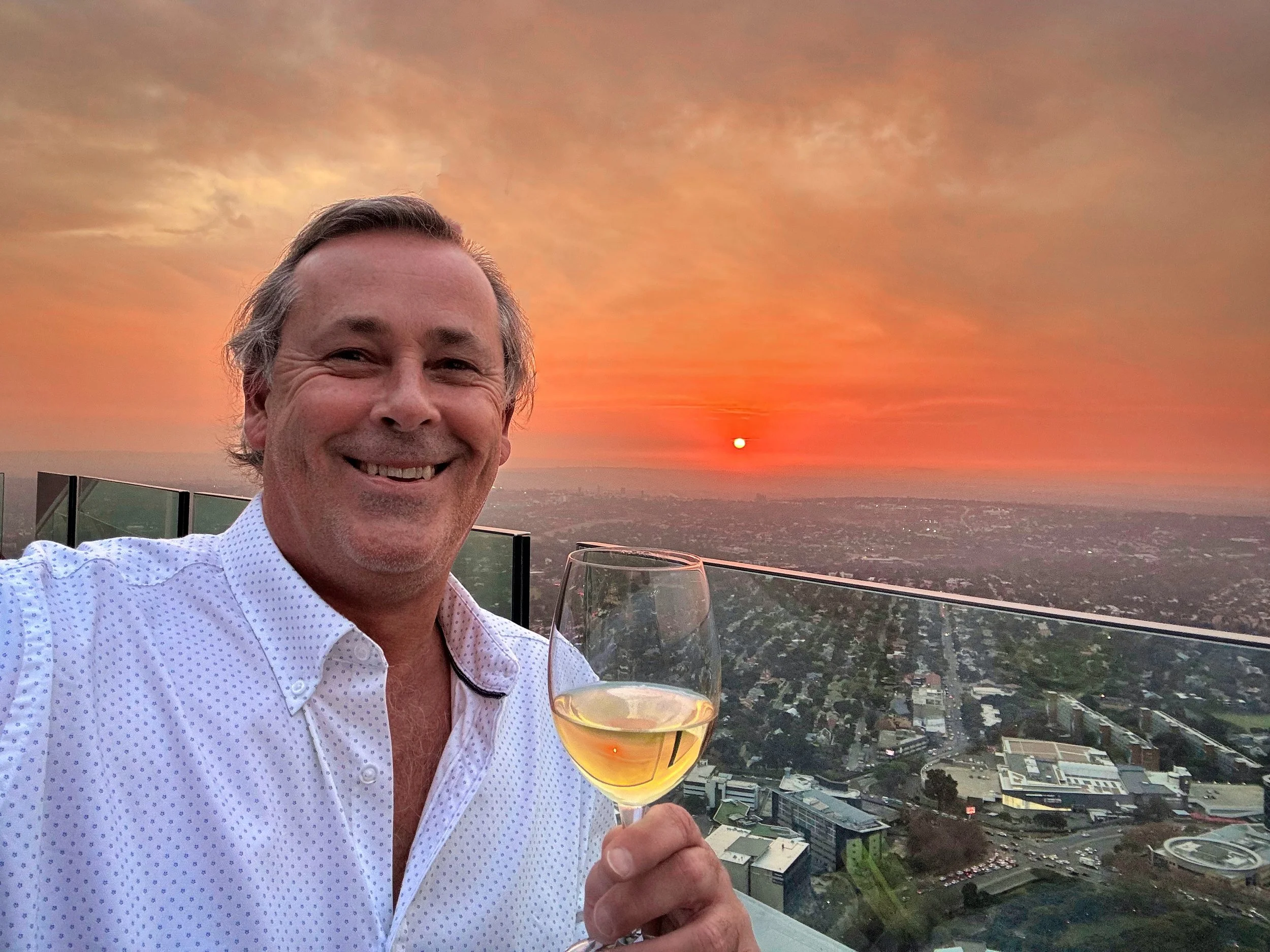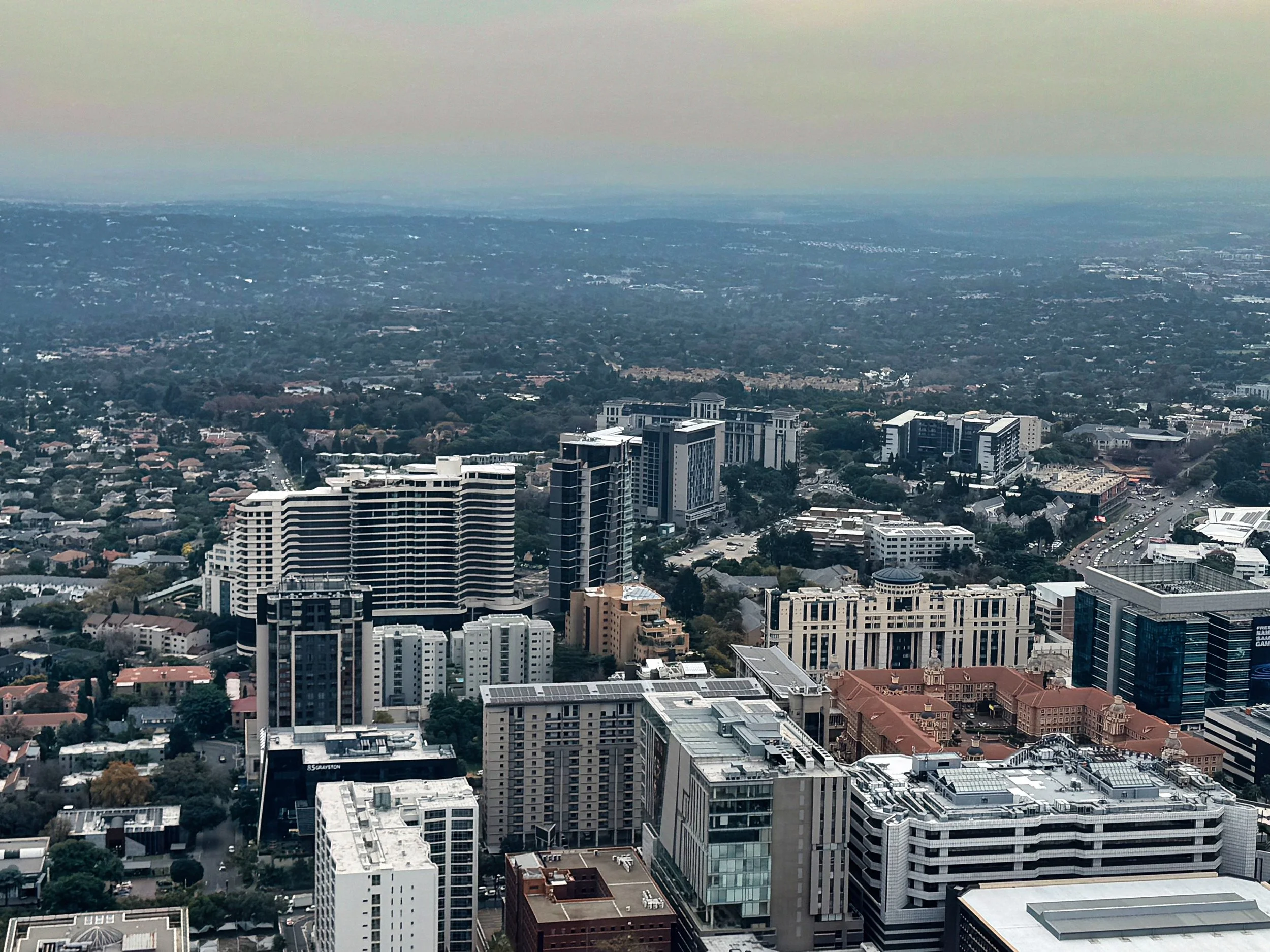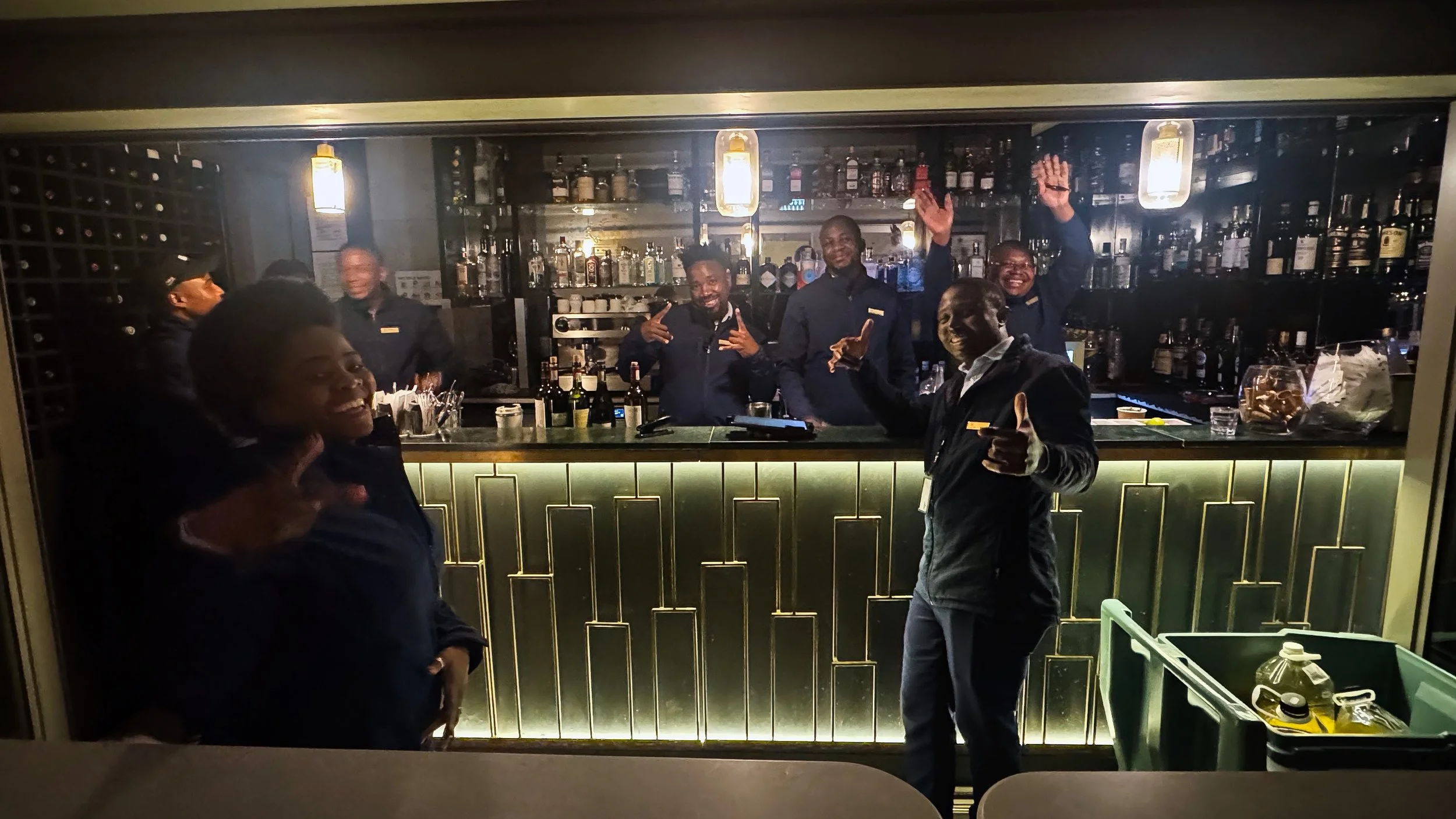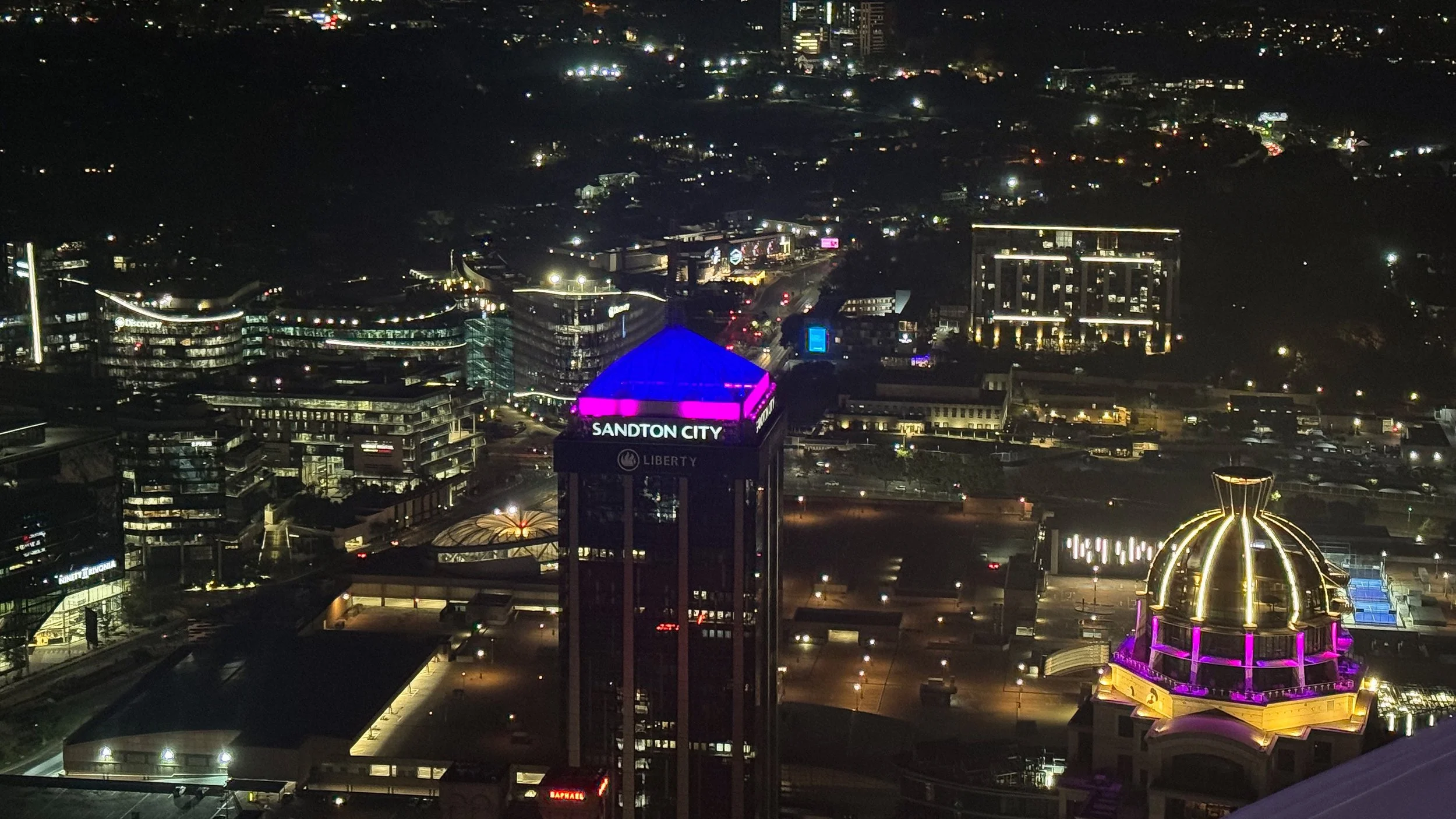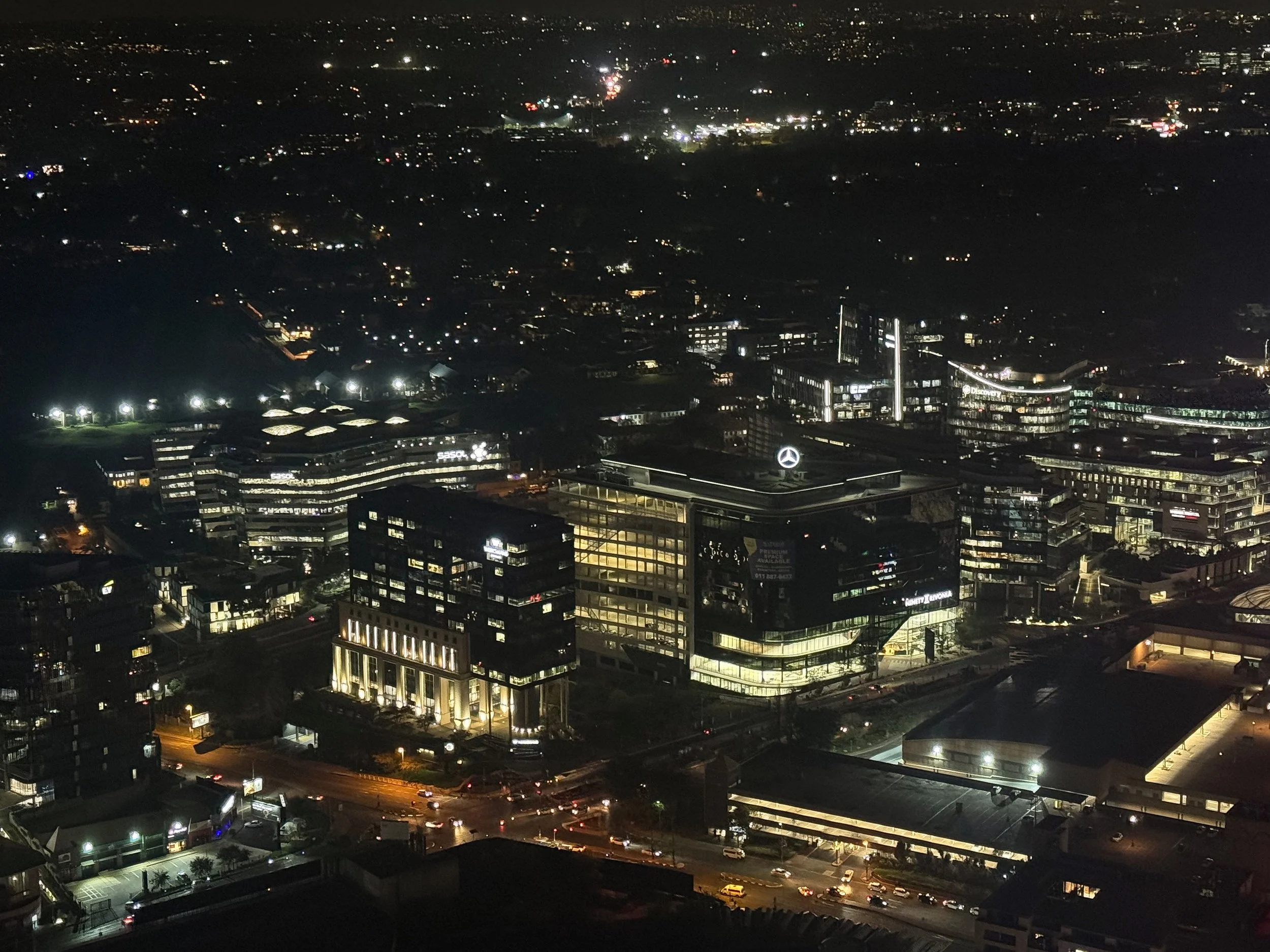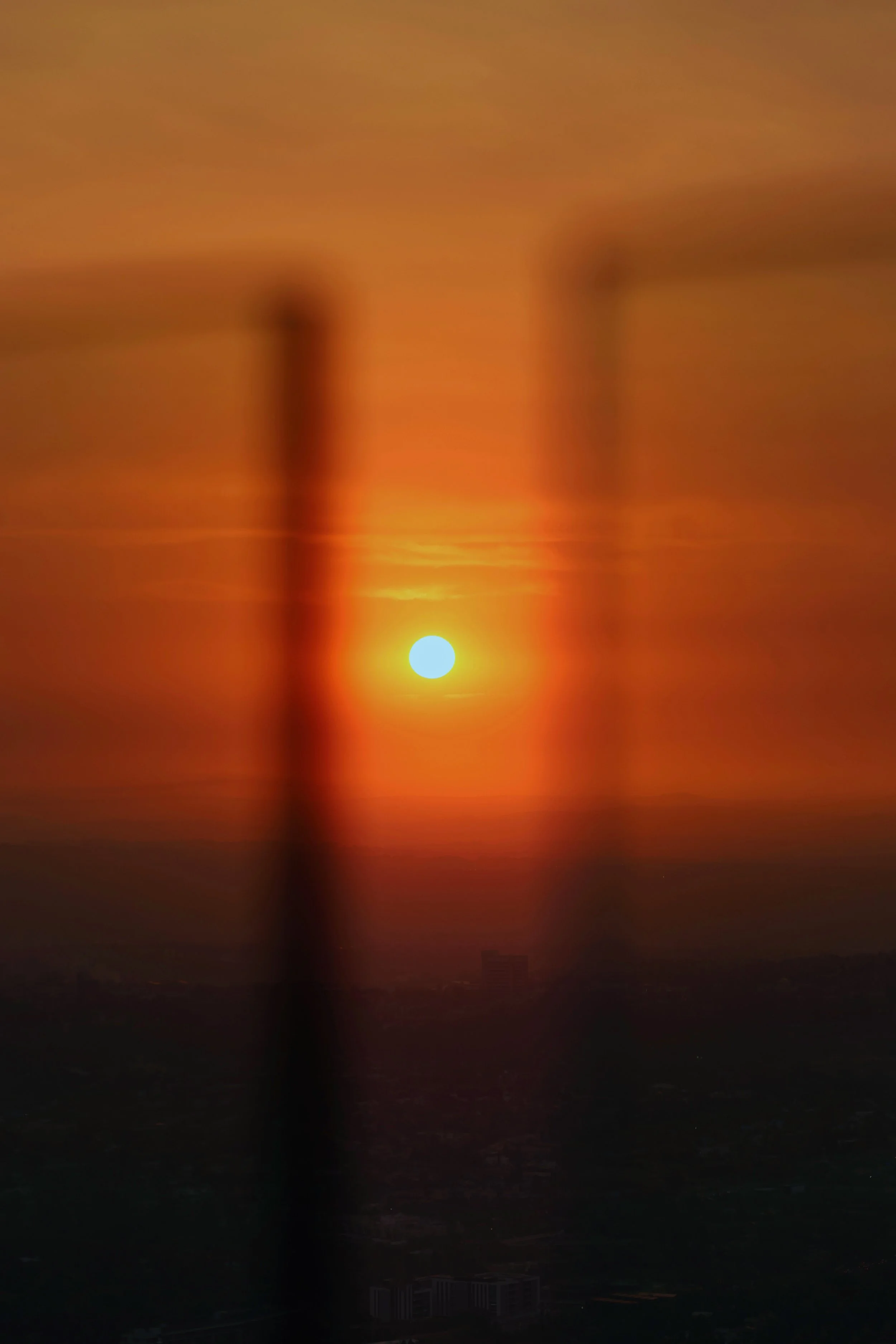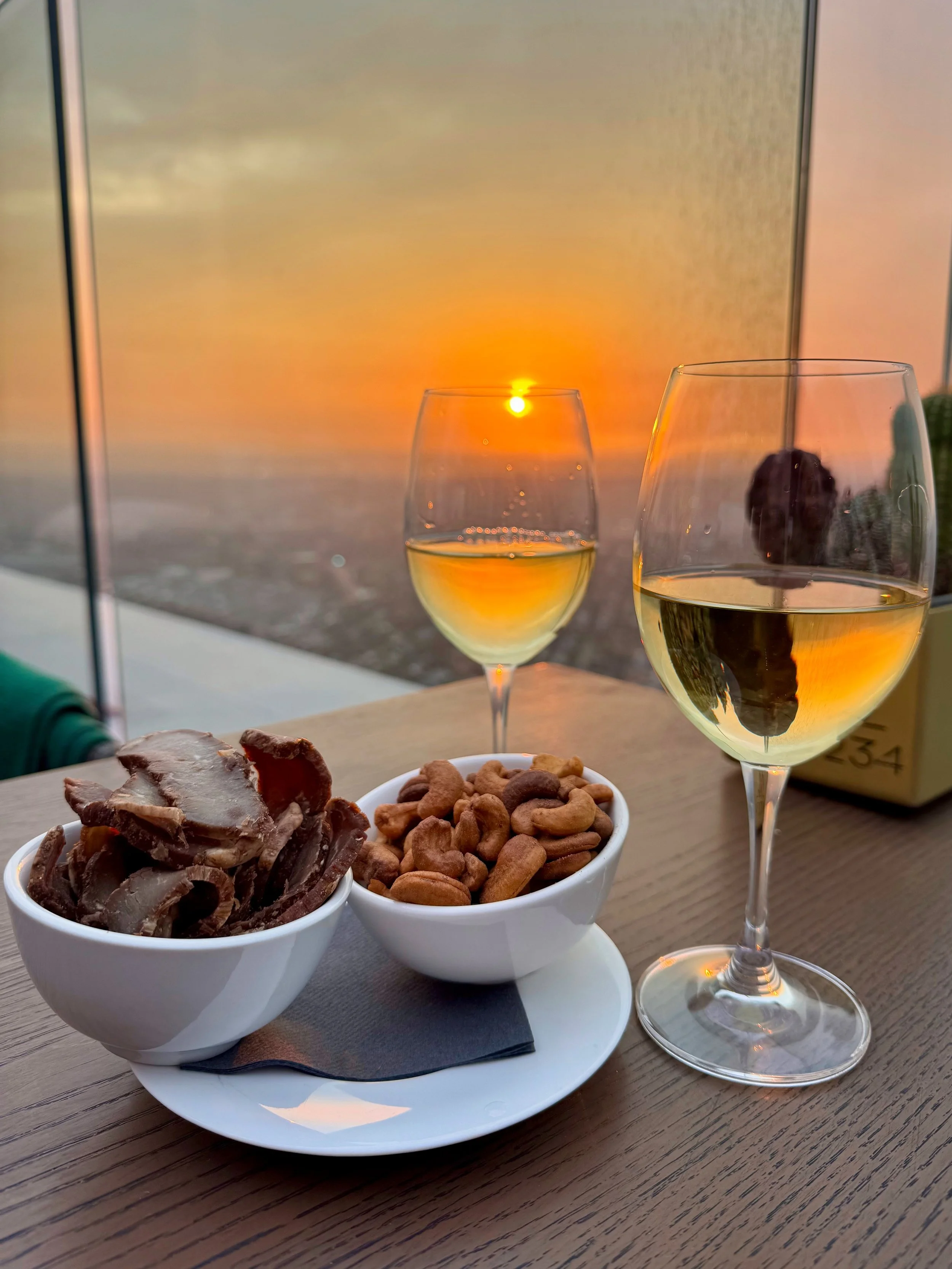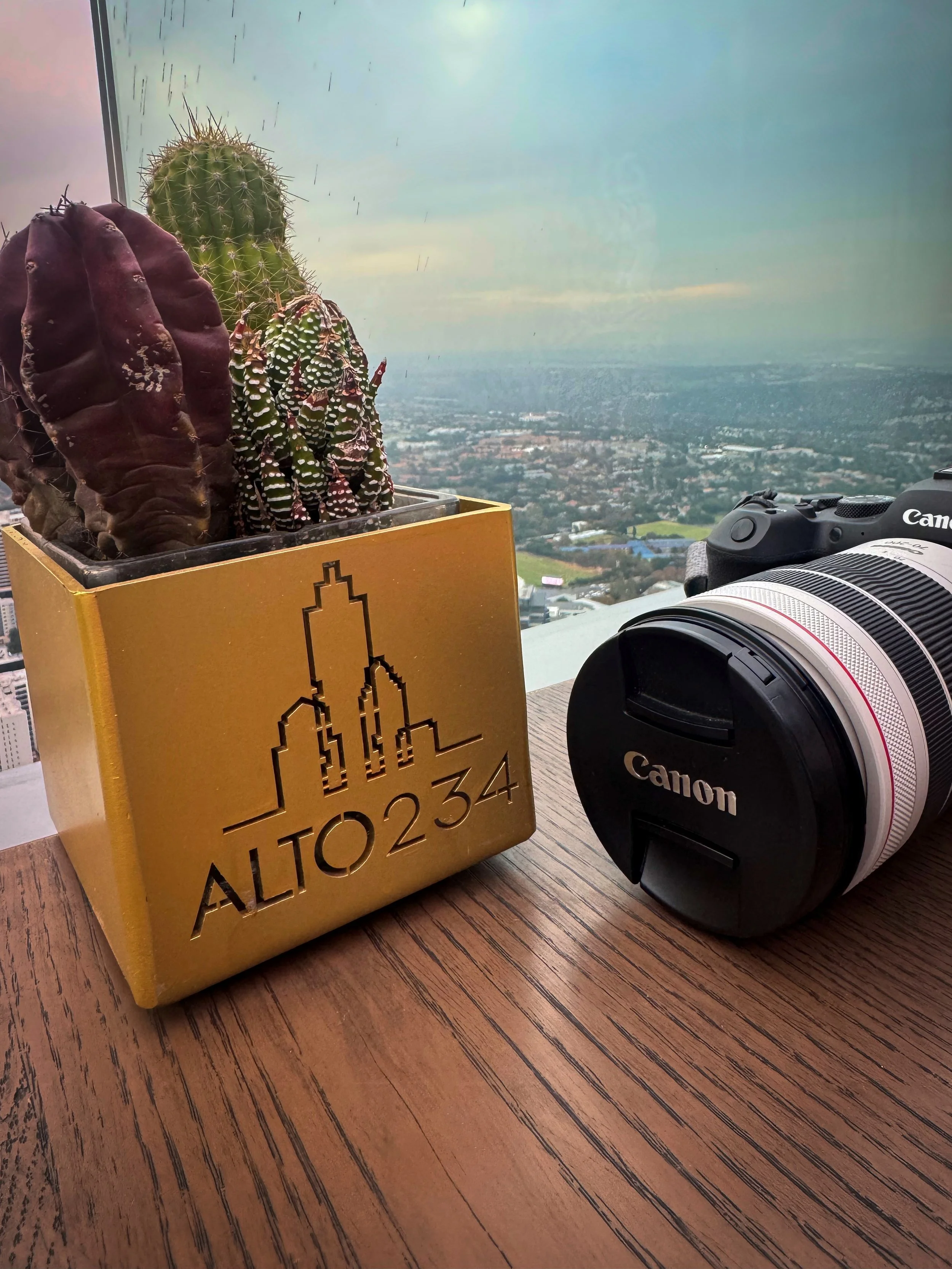Sunset I - Johannesburg
The sleeping patterns for a garbo and an insomniac are often thrown into chaos when travelling abroad, and as proof this morning we were up at 2:30am ready for our first full day in Johannesburg. It started on the hotel balcony catching our first African sunrise that of course didn’t disappoint before a long and indulgent breakfast in the hotel restaurant.
As mentioned, we had an unexpected day in Joburg and thought what better way to spend it than in an open roofed hop-on-hop-off bus seeing all the sights the city had to offer. As luck would have it the start was smack bang out the front of our hotel and we were aboard the first departure at 9:00am. Covering a 20km loop of the city there are 12 stops placed near significant attractions allowing passengers to alight for 40 minutes until the next bus arrived. We had a few already highlighted and were excited for the day ahead.
Johannesburg, colloquially known as Jozi or Joburg, is the most populous city in South Africa. With 5.5 million people in the city proper and over 14.8 million in the urban agglomeration, it is classified a megacity and one of the largest urban areas in the world that became the seat of the country's highest court and epicentre of the international mineral and gold trade.
Established in 1886 following the discovery of gold in 1884 on the Vogelstruisfontein farm, the population surged to over 100,000 within a decade driven by the large gold deposits found along the Witwatersrand gold reef. This triggered the Witwatersrand Gold Rush facilitating the naming of the city and establishment of governance. Jan, Johan and Johannes were common male names among the Dutch of the time and believed to be the origin of the city’s name however precise records were lost over a century ago.
Modern Johannesburg is an amalgamation of formerly separate cities, townships and settlements reflecting apartheid-era spatial segregation policies and a relatively young city by global standards, however the legacy of apartheid has proven difficult to overcome and Johannesburg remains among the most inequitable cities in the world. It is the world's fifth most dangerous city by crime rate with many districts harbouring crime gangs in abandoned buildings and has sadly seen an increase of xenophobic violence against migrants from other African countries. On a brighter note it is host to the 2025 G20 Summit, the first in Africa, and the largest city in the world not located on a natural waterway.
Our bus meandered past The Wanderers Stadium, through the funky restaurant precinct of Melrose Arch and skirted the original Mining District, but our first stop was the Nelson Mandela Centre of Memory. Committed to preserving the work of the Nelson Mandela Foundation, a non-profit organisation situated in Houghton and dedicated to promoting social justice and keeping the memory and legacy of Nelson Mandela alive, it was founded in 1999 by Mandela himself after stepping down as president of South Africa. The preservation of the past was very important to Madiba and evidenced by the hundreds of archives, documents, awards and photographic records exhibited. The personal artefacts on permanent display outline his life and the context of his struggle for freedom. Letters from prison, personal photographs and his Nobel Peace prize all take pride of place at the centre based at the very offices he worked in between 2002 and 2010. It is cliche to say Mandela changed the world, but when seeing these items so meticulously chronicled there is no doubting the resolve and global influence the great man truly possessed.
Our next stop on the big red bus was at the Constitution Hill precinct consisting of the Constitutional Court, the Old Fort Prison and a museum. Built by President Paul Kruger in 1893, the Old Fort is just seven years younger than the city itself and initiated to house the increasing number of criminals produced by the rising mining town. However after the Jameson Raid in 1896 when the British attempted to overthrow the Boer government, it became the city’s first military fort. After the second Boer War ended in 1902 it again became a prison.
The Old Fort prison was later extended with"native" cells called Section 4 and Section 5 built to exclusively detain black prisoners and an “awaiting-trial” block was constructed in the 1920s. During the apartheid era the prison complex became a detention centre for political dissidents opposed to apartheid, striking white mineworkers and those simply violating the pass laws of the time. Mahatma Gandhi, Nelson Mandela, Joe Slovo, Albert Lutuli and Robert Sobukwe are just some of its famous prisoners held awaiting trial before being sent off to Robben Island or Pretoria to serve jail terms.
In 1995 a new Constitutional Court was commissioned for the site and built using bricks from the demolished “awaiting-trial” wing of the former number 4 prison. Most of the prison has been demolished to make way for the new court however the stairwells remain incorporated into the new building as a reminder of how South Africa has overcome the dark days of oppression. One even houses the Flame of Democracy first lit on 10 December 2011 when South Africa celebrated the 15th anniversary of the signing of the constitution. The courts impressive wooden doors have all 27 Bill of Rights carved into them in the 11 official languages of South Africa and the entire site is now a living museum showcasing the story of South Africa’s journey to democracy.
Our last stop would be the Apartheid Museum where we spent over 3hrs exploring. Not entirely sure what to expect, it ending up being one of those emotionally confronting experiences bombarding the visitor with words and imagery from every angle. From Mandela and Tutu to slavery and the Soweto uprisings, every aspect of apartheid was detailed leaving most visitors, ourselves included, both saddened and disgusted by the injustices inflicted on black South Africans for generations. Photography was expectantly not permitted so our time was spent reading and learning, occasionally crying and falling deeper into a former world of racial hypocrisy.
Opening in 2001 the museum illustrates the rise and fall of apartheid and is regarded the worlds pre-eminent museum dealing with 20th century South Africa. Curating provocative film footage, photographs, text panels and artefacts illustrating the events and human stories from the horrific 50 year period in South African history, it reverentially tells a brutal story many don’t know but all must learn. Racial classification was the foundation of all apartheid laws. It placed individuals in one of four groups: 'native', 'coloured', 'Asian' or 'white' and from the very beginning the museum cleverly illustrates the everyday reality under apartheid. Visitors are arbitrarily classified as either BLANKE or NIE-BLANKE through their ticket purchase and permitted entry to the museum only through the gate allocated to their race group. Identity documents were the main tool used to implement this racial divide and many of these documents are on display in this exhibit. It is a simple example but one that slaps pretty hard having only just passed through the turnstiles.
Anthropological sculptures accompanied by facts of mankind’s emergence in the region flank the entrance path highlighting our origins are all the same and born from the genes of humankind, while a series of human sized mirrors depicting children, grandchildren and great-grandchildren of some of those who journeyed to the city of gold in the years following 1886 illustrate the diverse and often racially mixed community that segregation and apartheid were designed to prevent.
Kicking back after such an eye opening experience we crossed the Mandela Bridge to enter the CBD before ultimately heading home. Johannesburg is much like many other cities with conflicting architecture, vibrant street life and eclectic sights at every turn which had a real familiarity about it. In fact, the whole city had amicability to many Australian cities. The hues, the climate, the flora and even the architecture gave it a sense of acquaintance. It was just the 8ft high perimeter fences crowned by razor-wire and shadowed by security cameras that perhaps made things a little foreign to us.
We arrived back at the hotel for a shower and change of clothes for tonight we were heading downtown for a swanky evening at Africa’s highest rooftop bar, the Alto 234. Discovering the venue online months before, it seemed right up our alley and a perfect way to end our first day in Jozi. Securing a hotel car we arrived at The Leonardo Hotel in Sandton to enter the lobby and escorted by an appropriately high-hatted doorman via escalator to the first floor. Here we were greeted by another appropriately high-hatted doorman and presented a glass of Moet & Chandon and a secret key to access the 57th floor. Zooming skyward alone in an elevator sipping champagne is perhaps one of the more surreal moments we have experienced, but on arrival we were greeted with the beaming black faces of our waitstaff and sweeping vistas of Johannesburg below.
We sipped another champagne, indulged in a cocktail, opened a wine or two and enjoyed tapas from the fabulous menu while the sun slipped its way through a hazy Joburg horizon. Whilst perhaps not the most picturesque city in the world, Joburg has it moments and for us this was definitely one of them. As night came the lights below ignited and the more than accommodating staff moved the gas heaters closer and draped us both in warm blankets. As the last to leave we noticed a vending machine located near the elevator filled with nothing but bottles of Moet & Chandon. The juxtaposition was delicious and far too tantalising for us to pass up so we engaged in the theatre and purchased a bottle of champagne we didn’t really want, most definitely didn’t need, but would undoubtedly consume.
